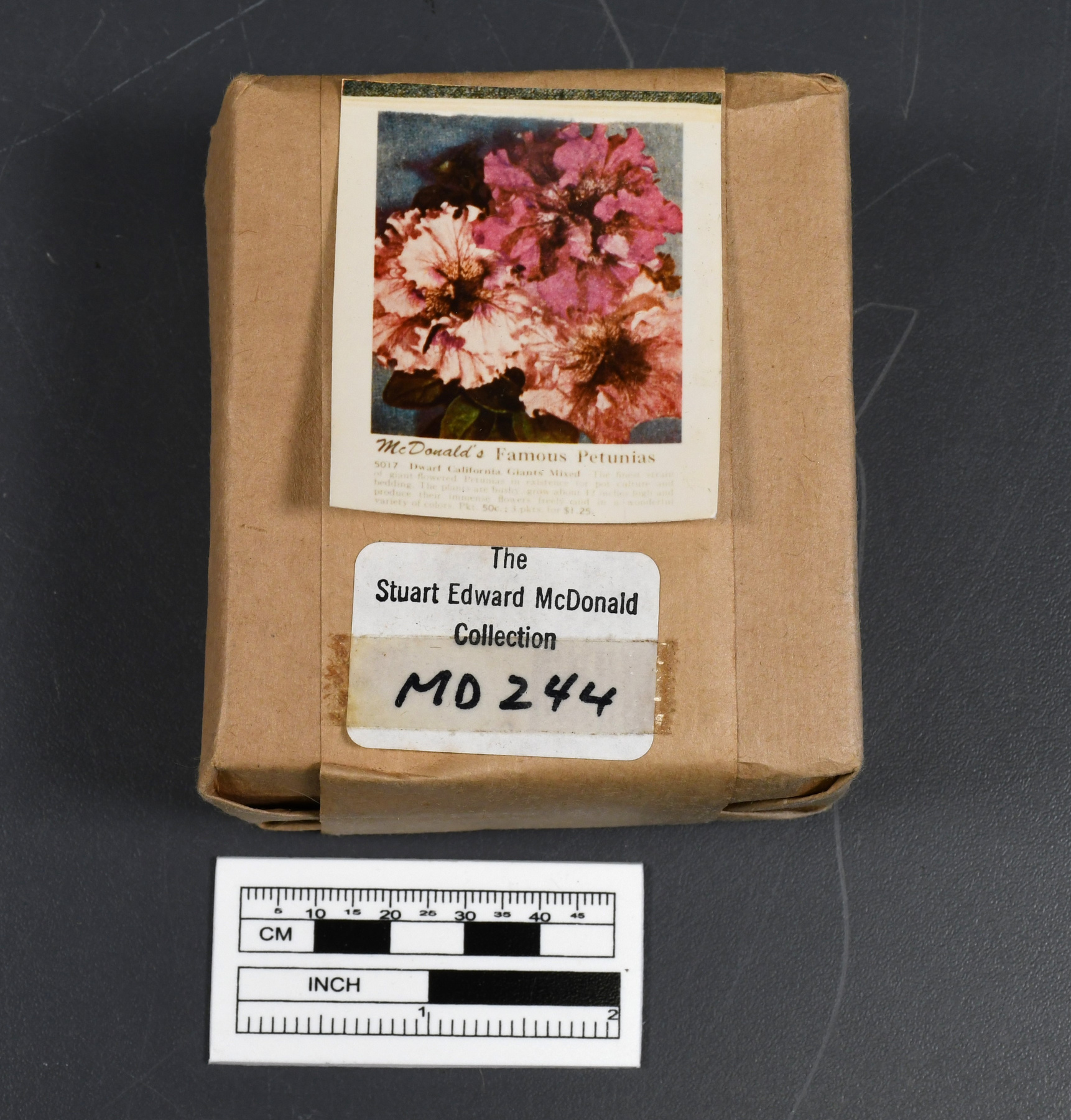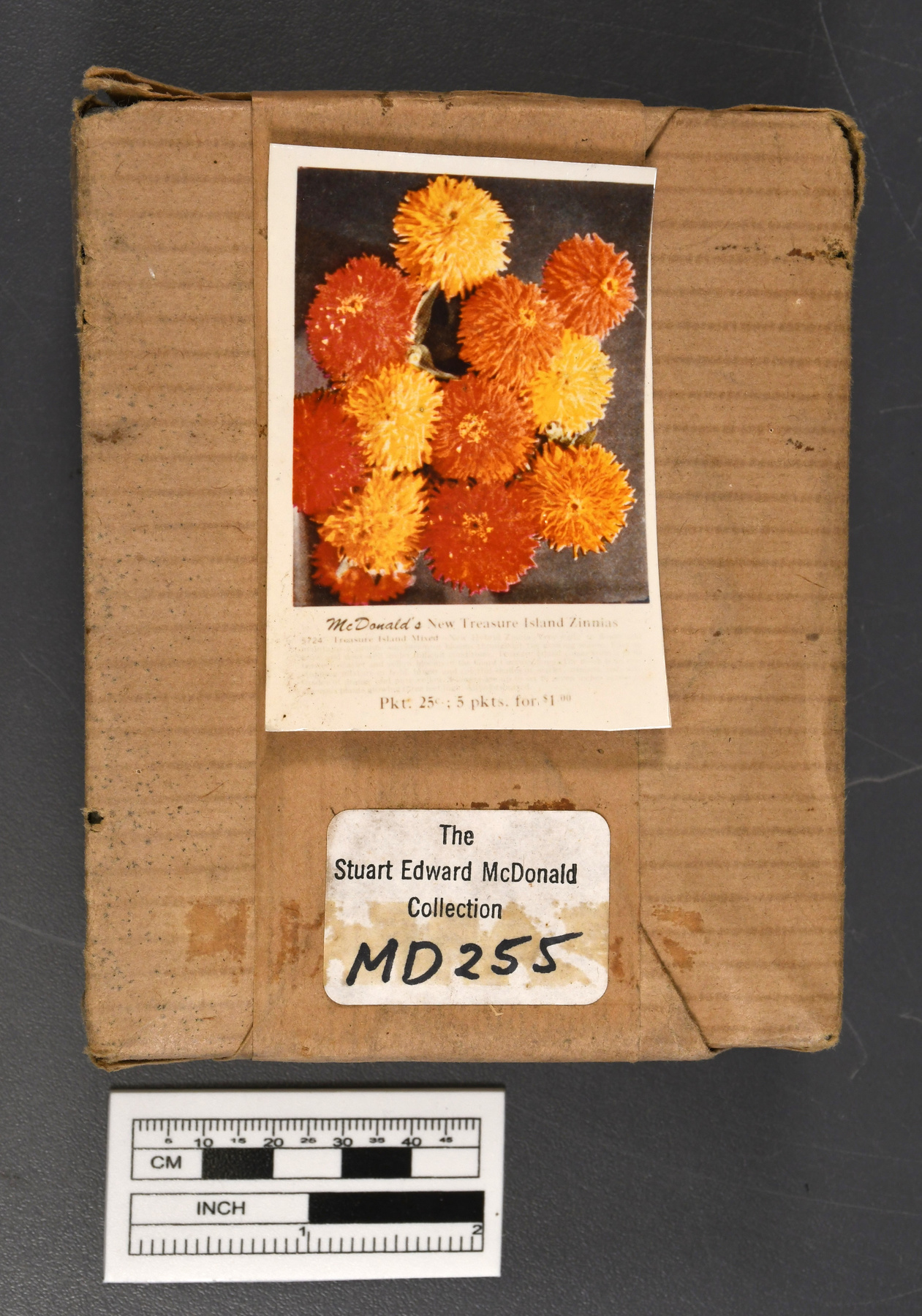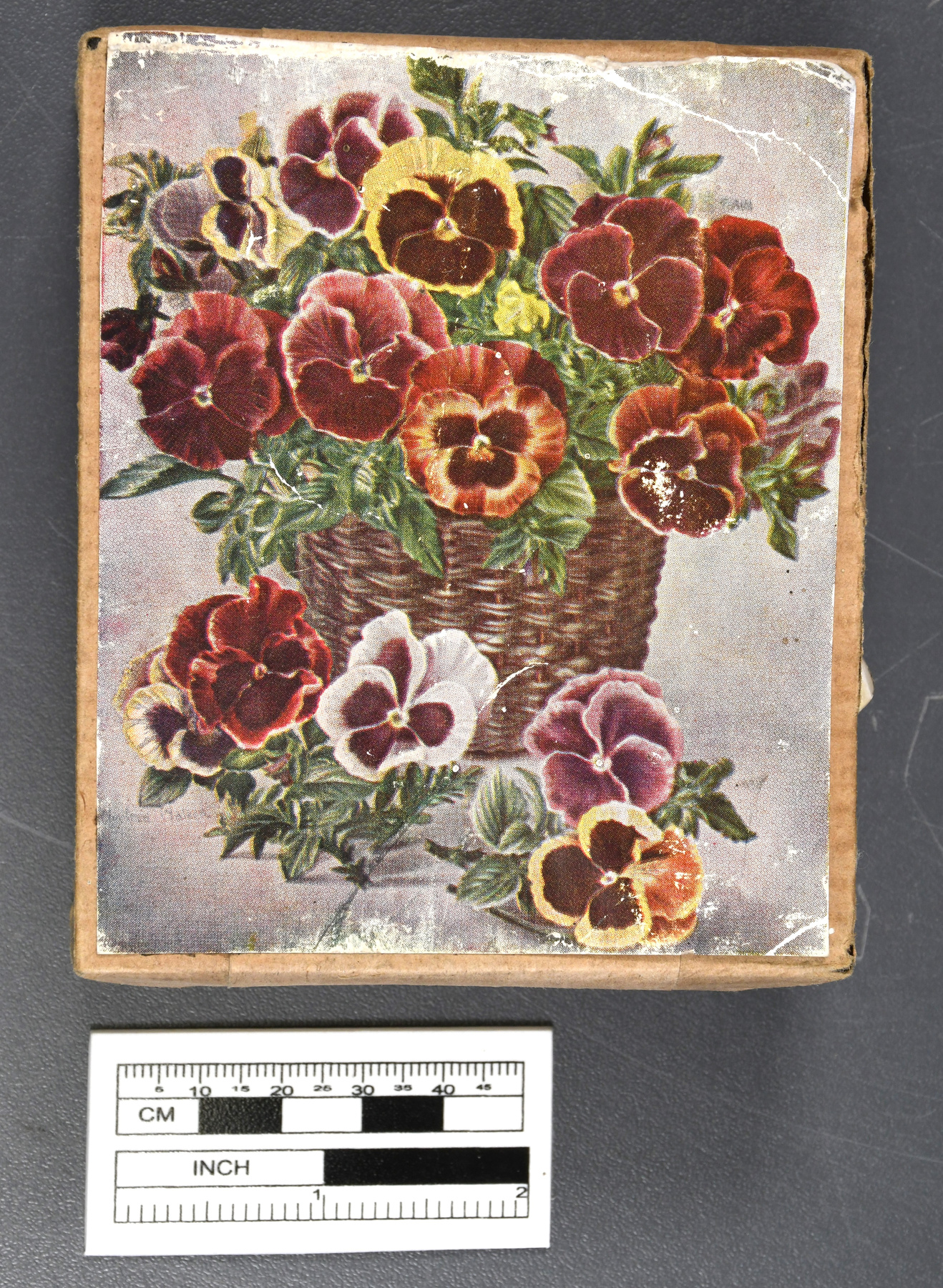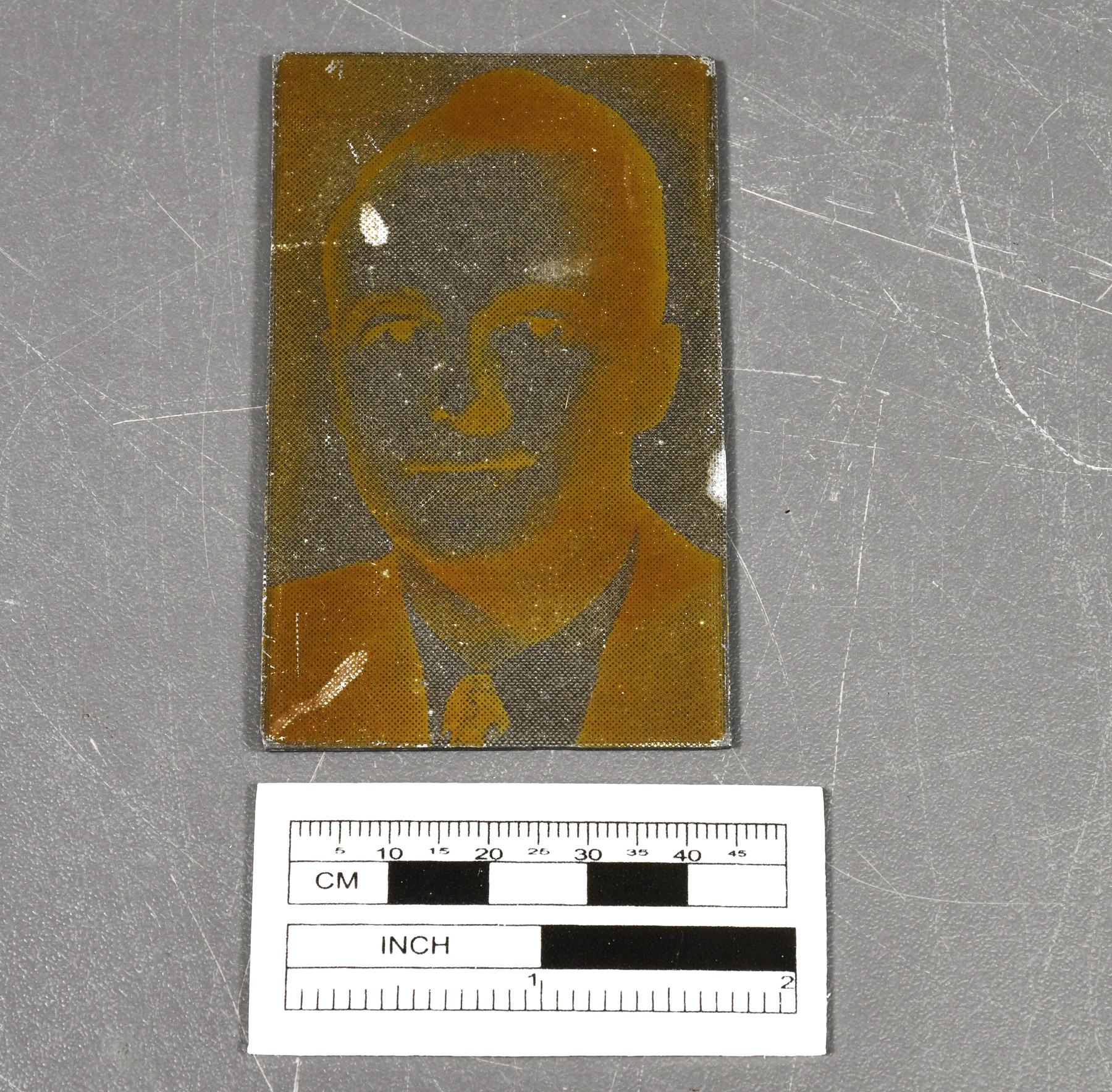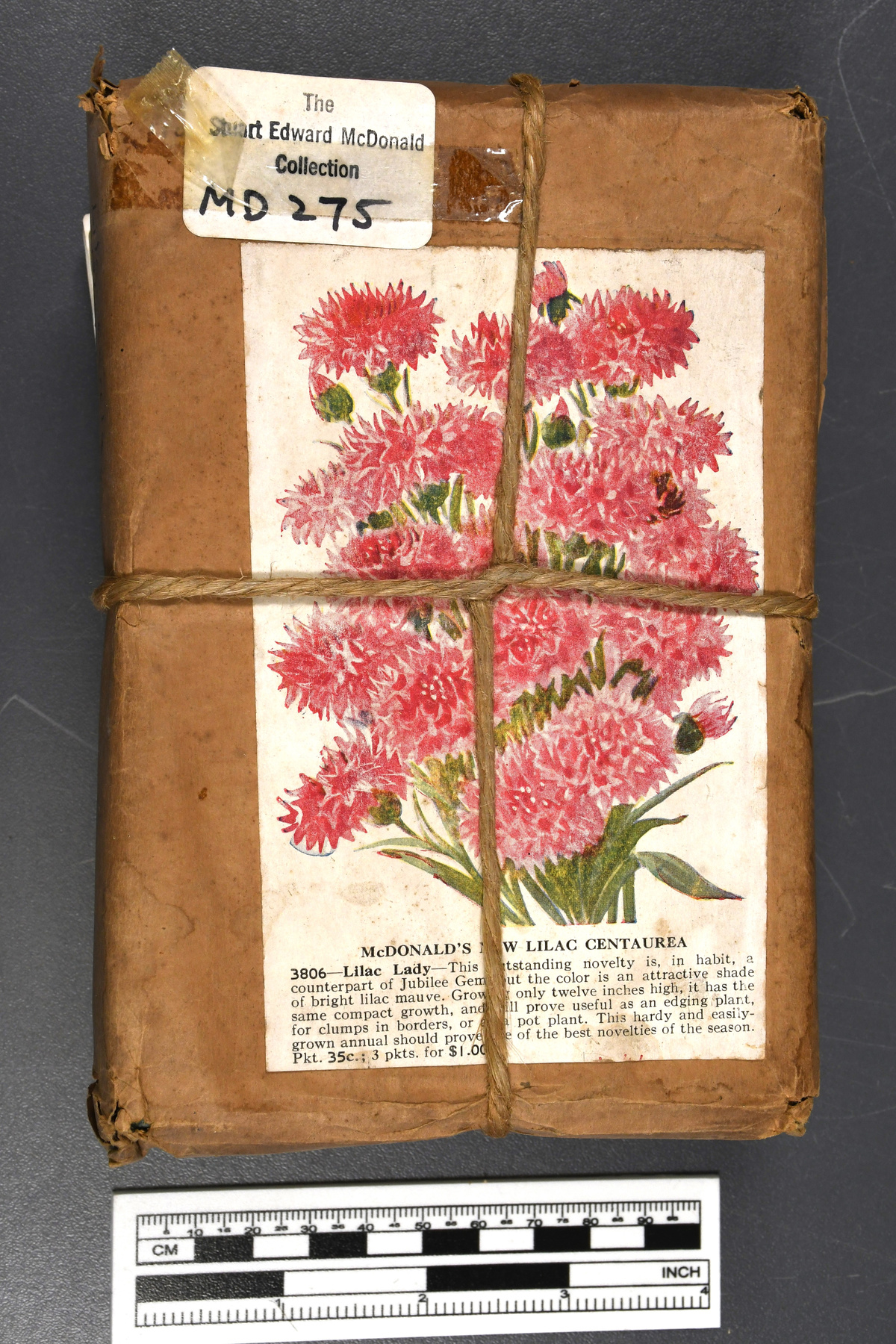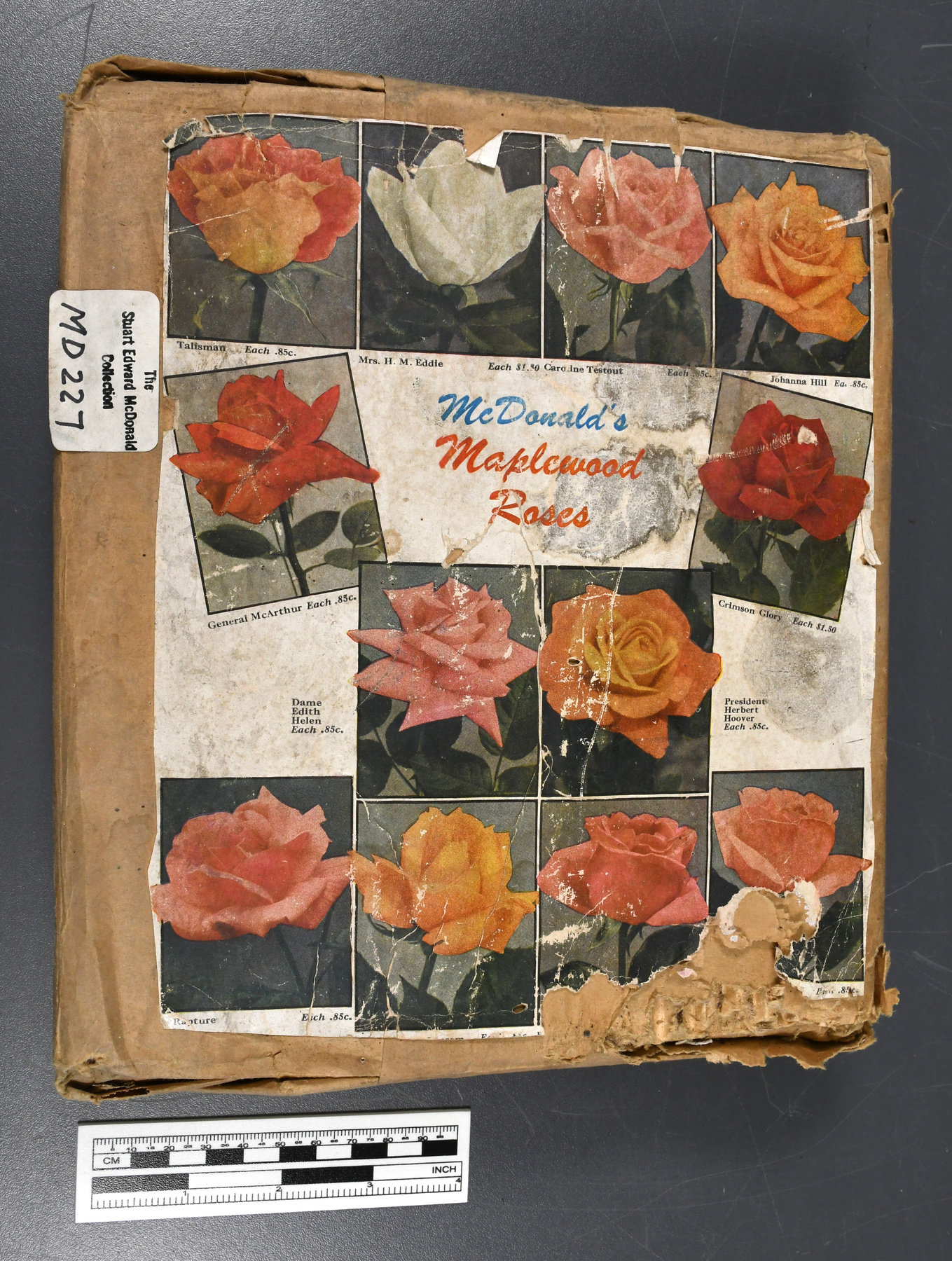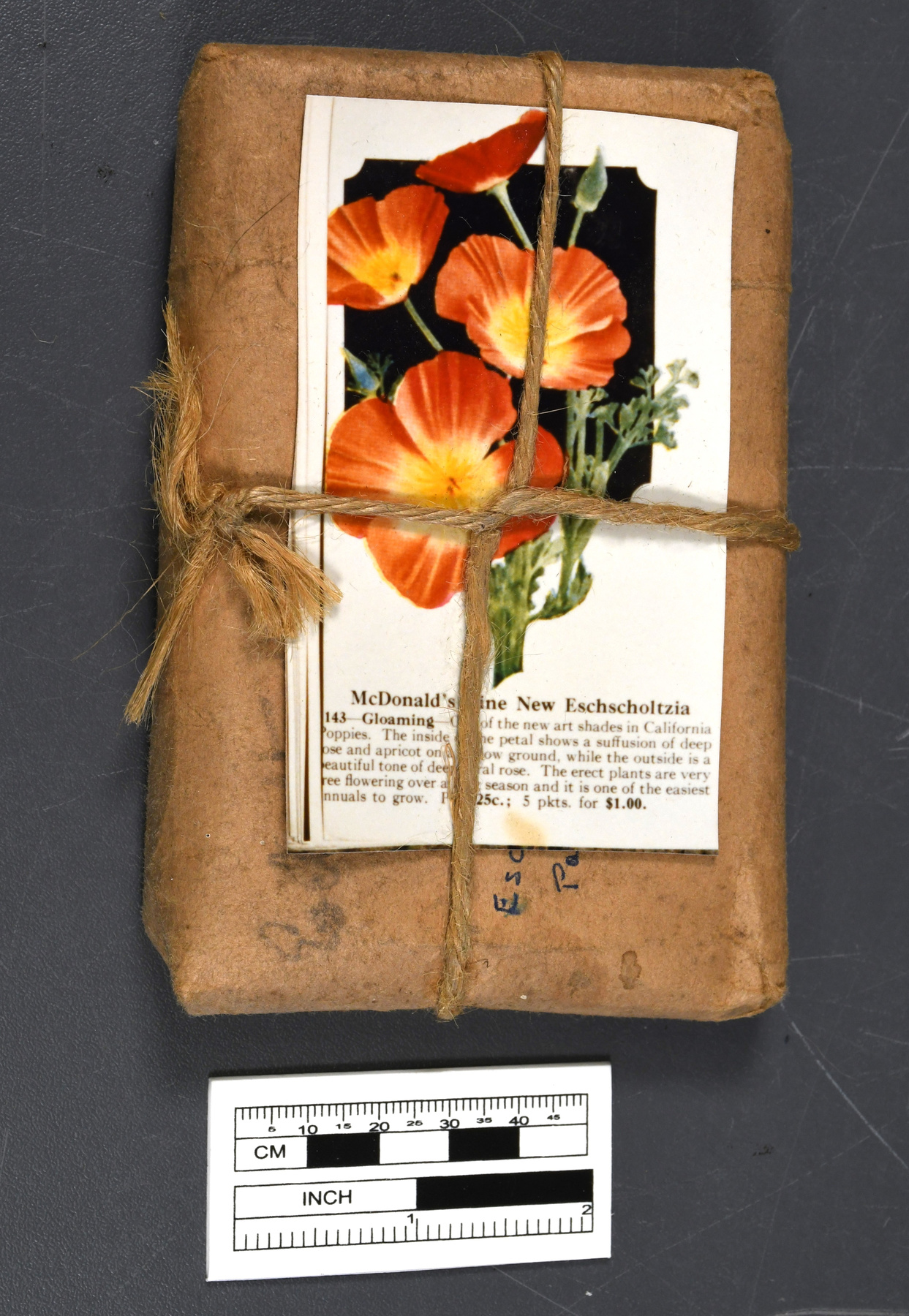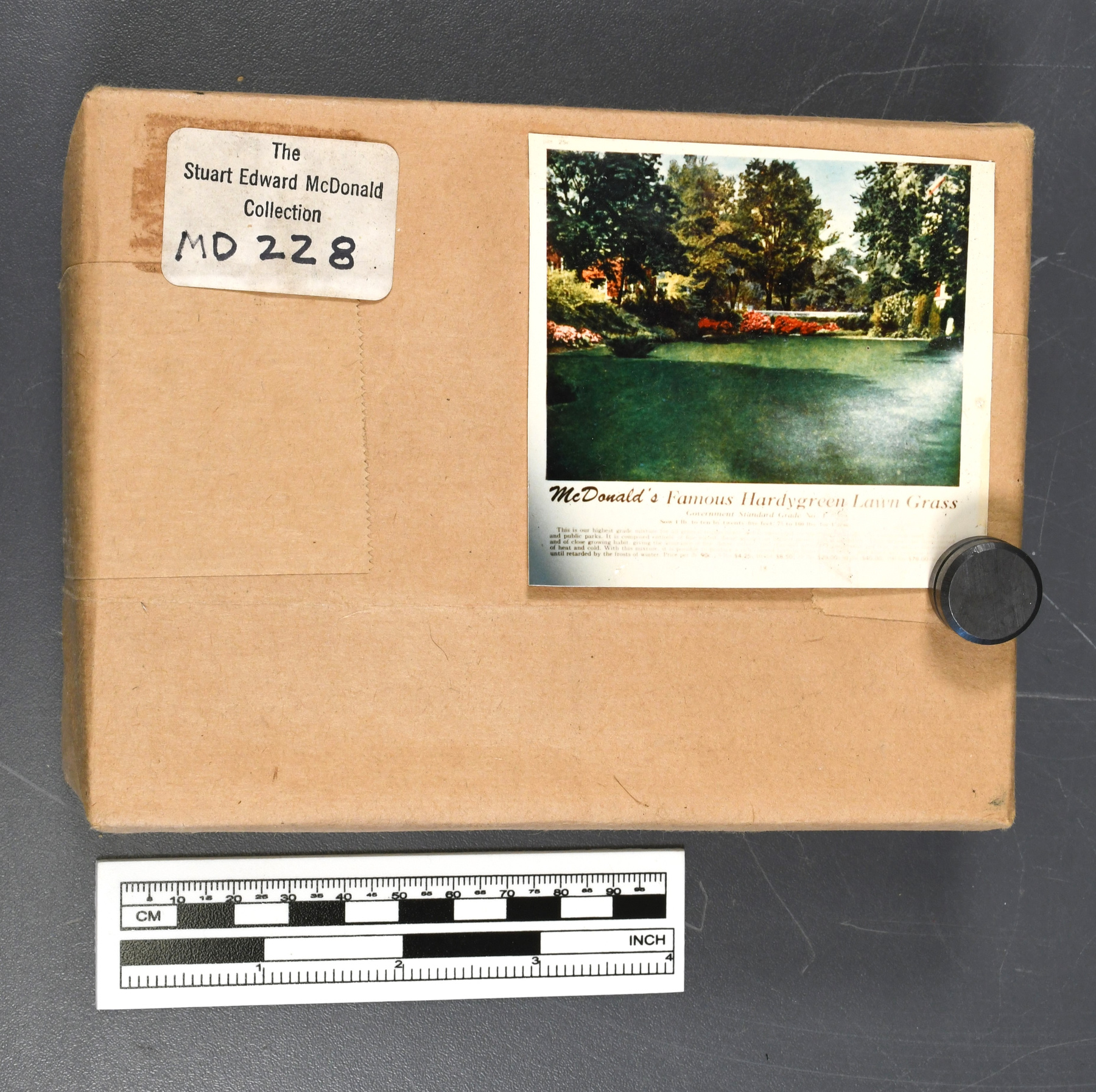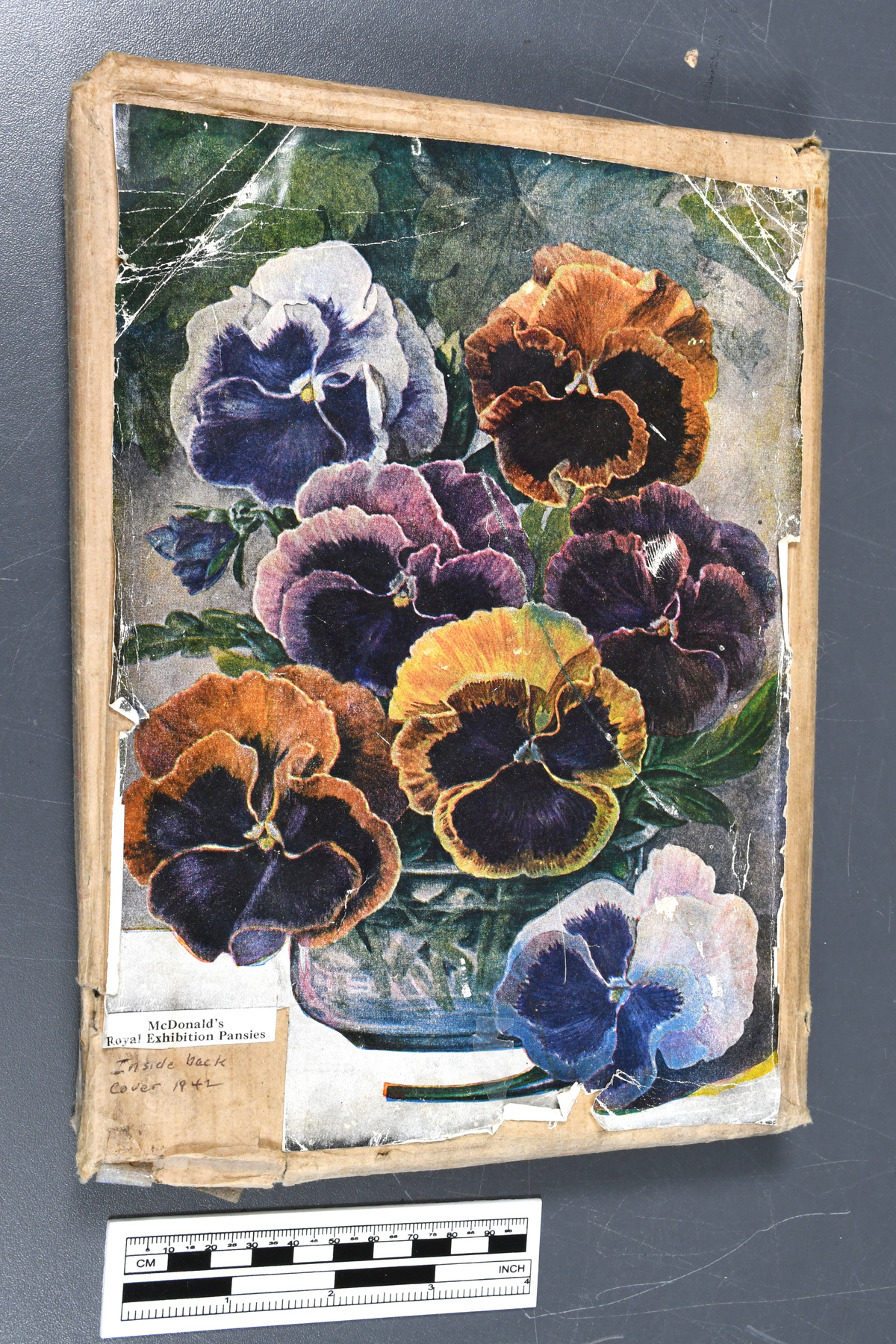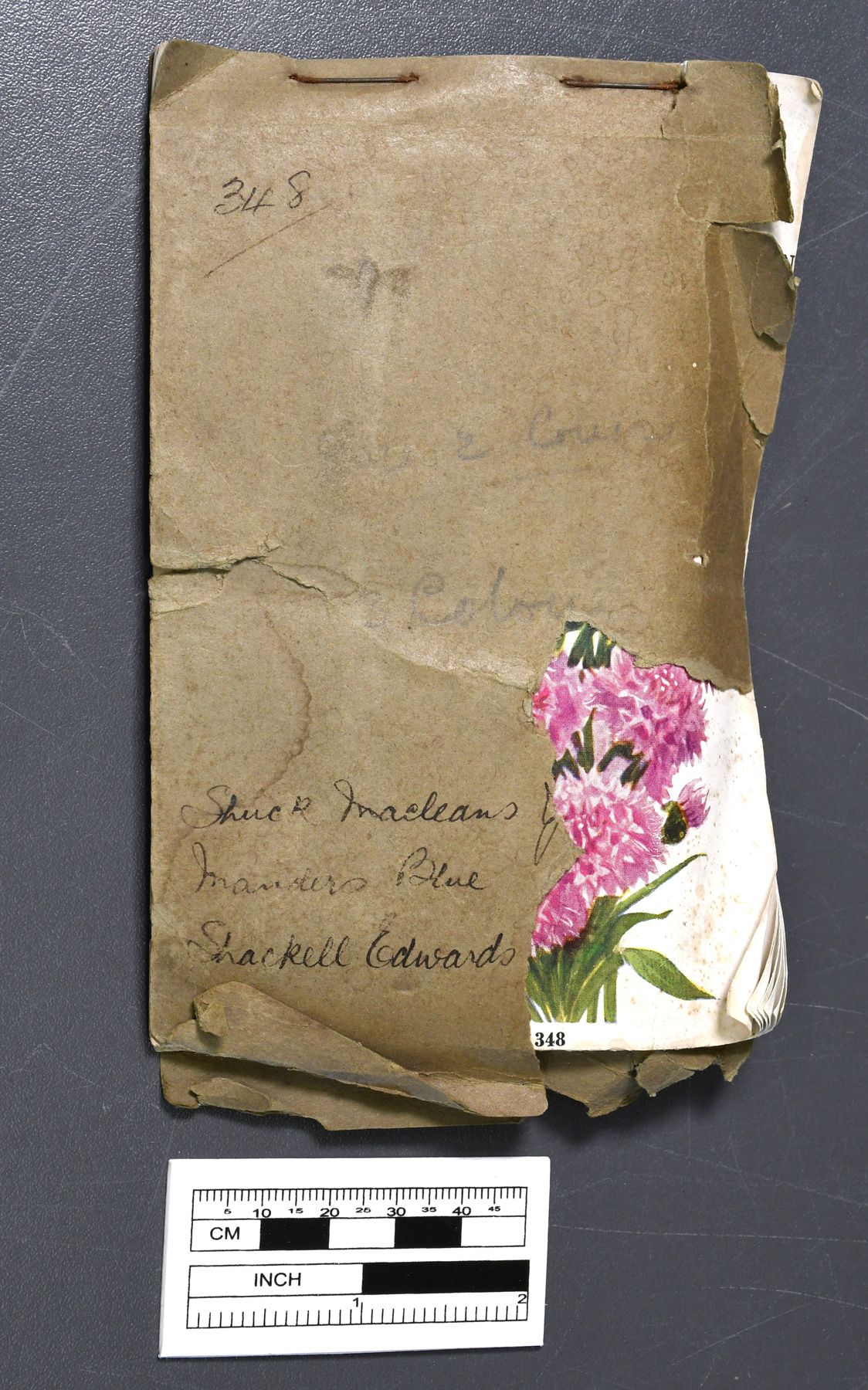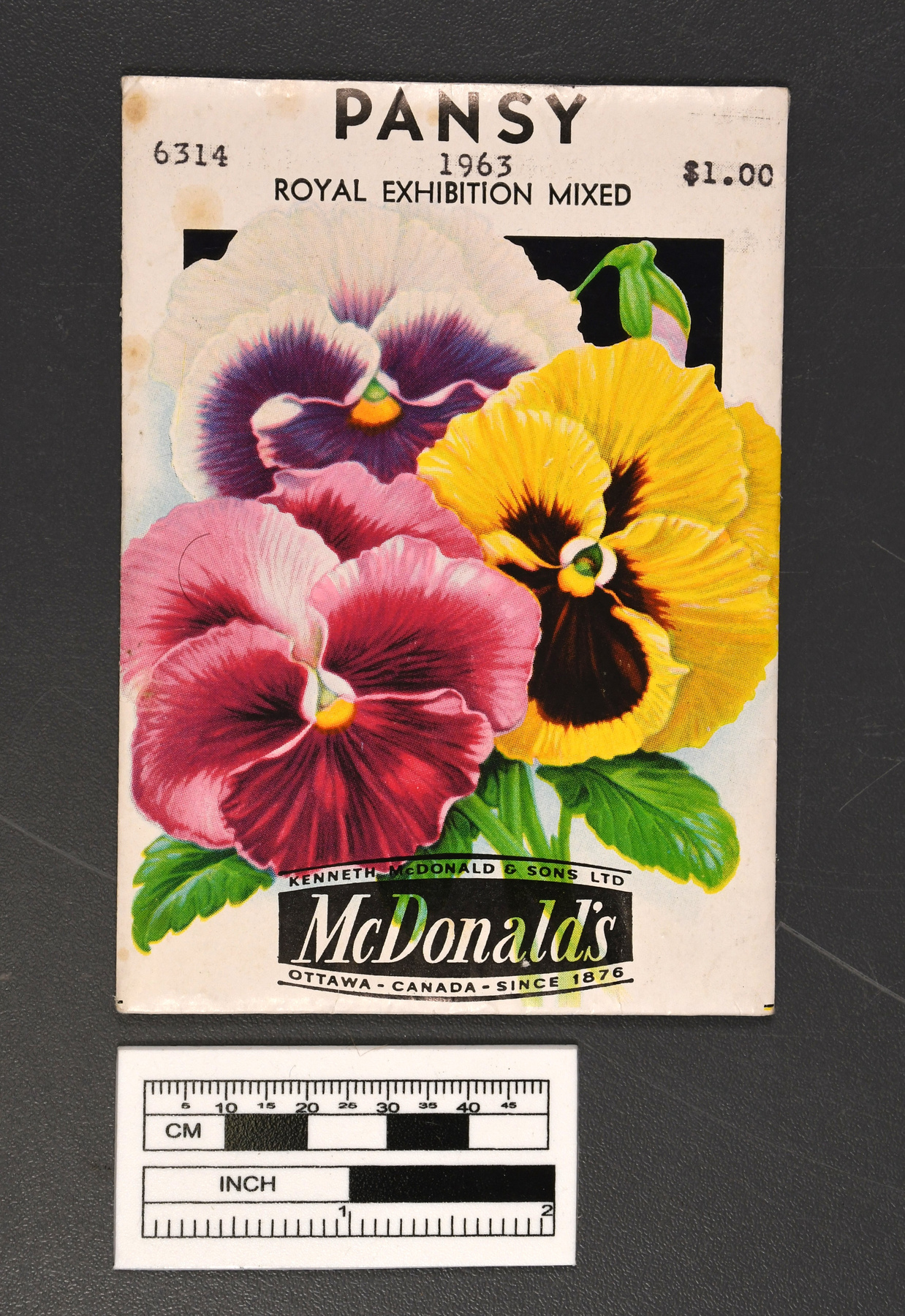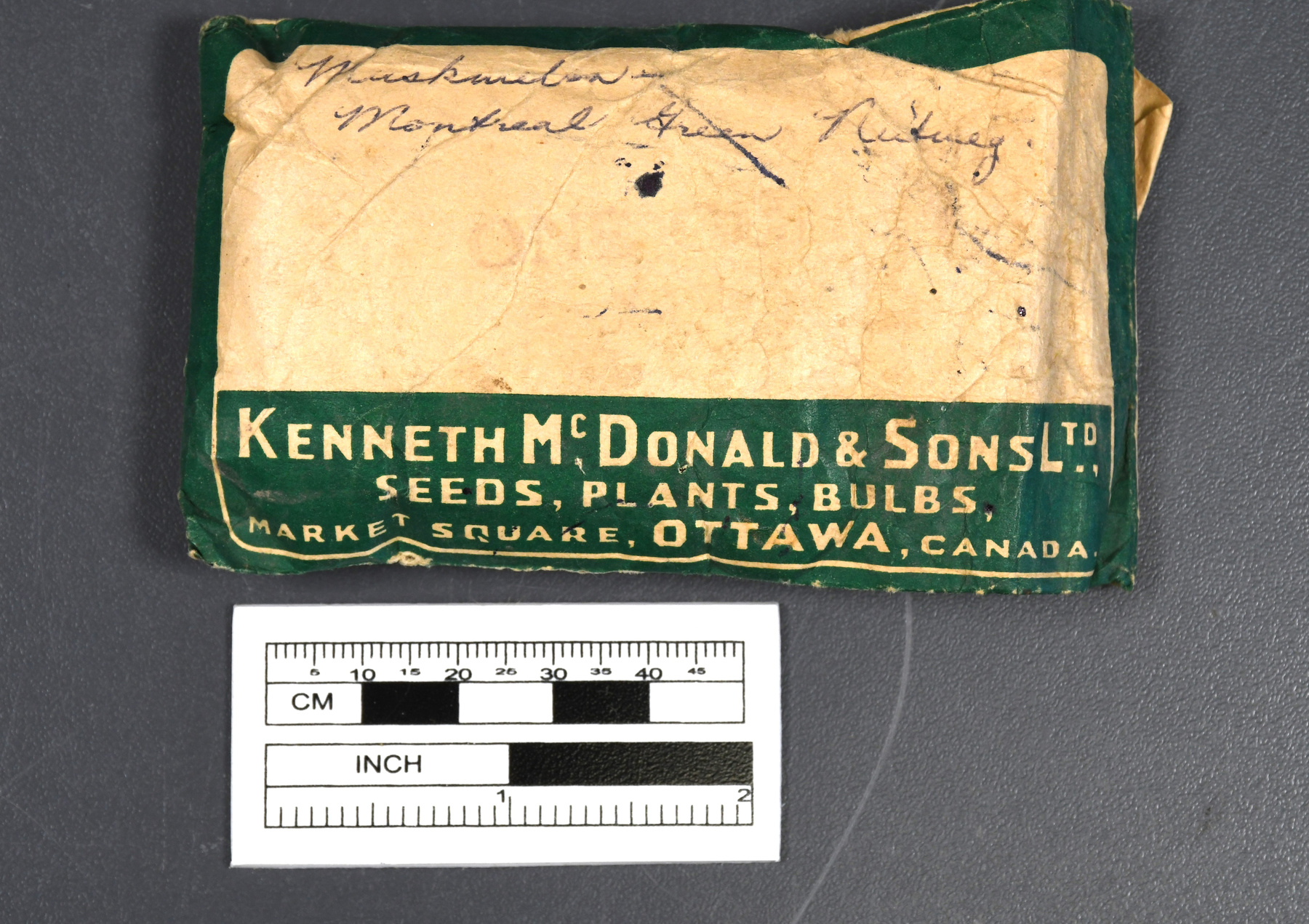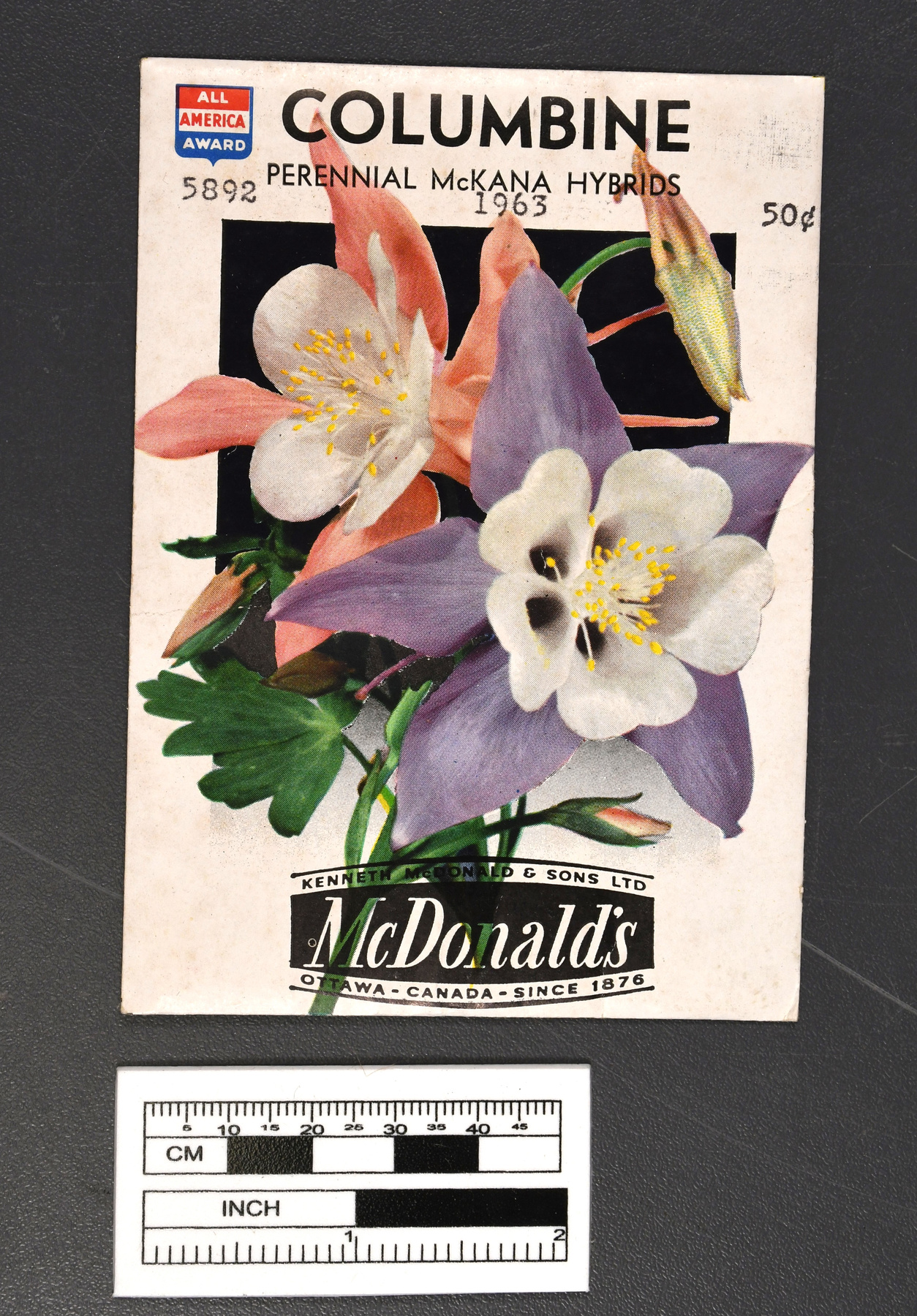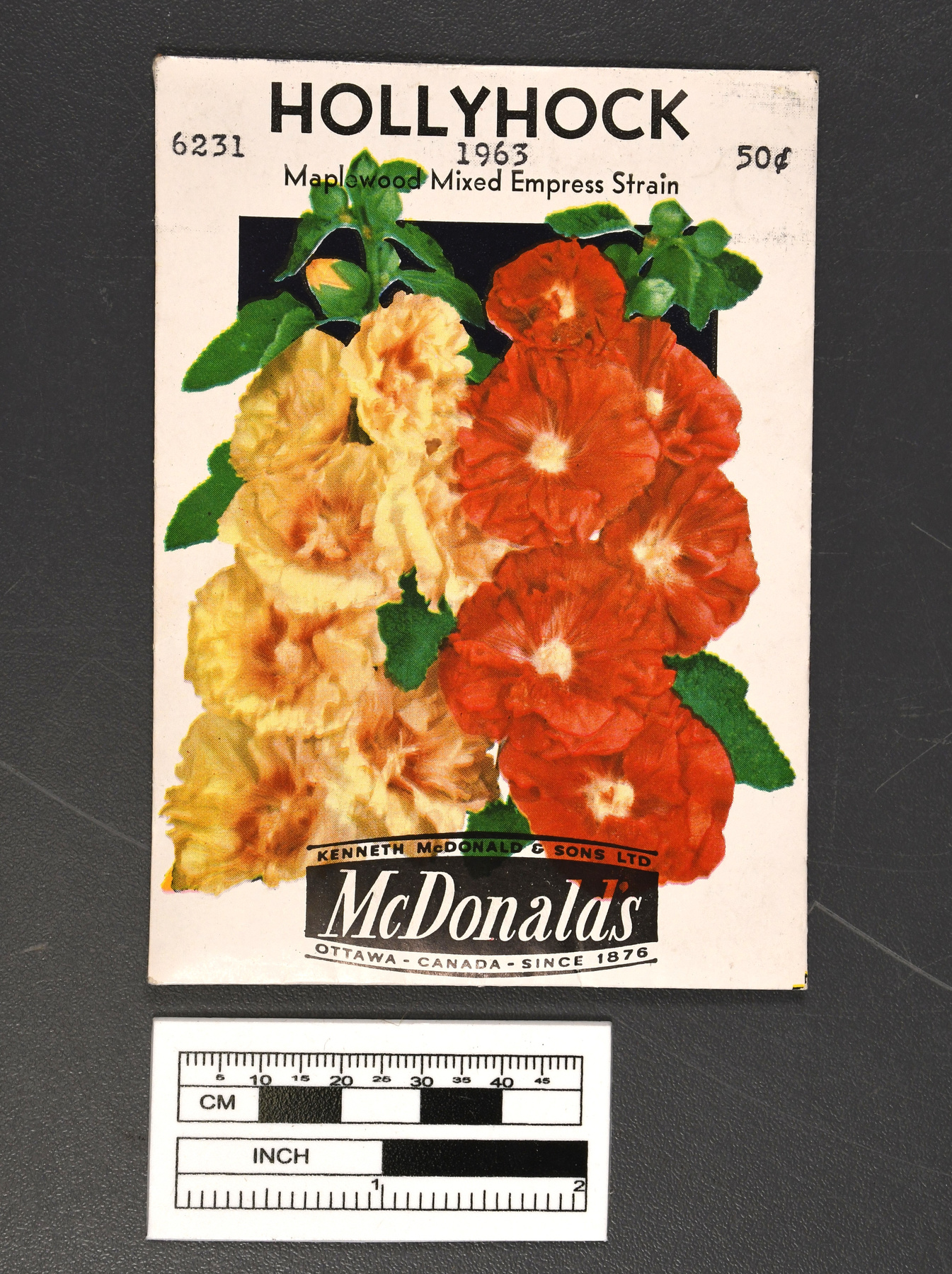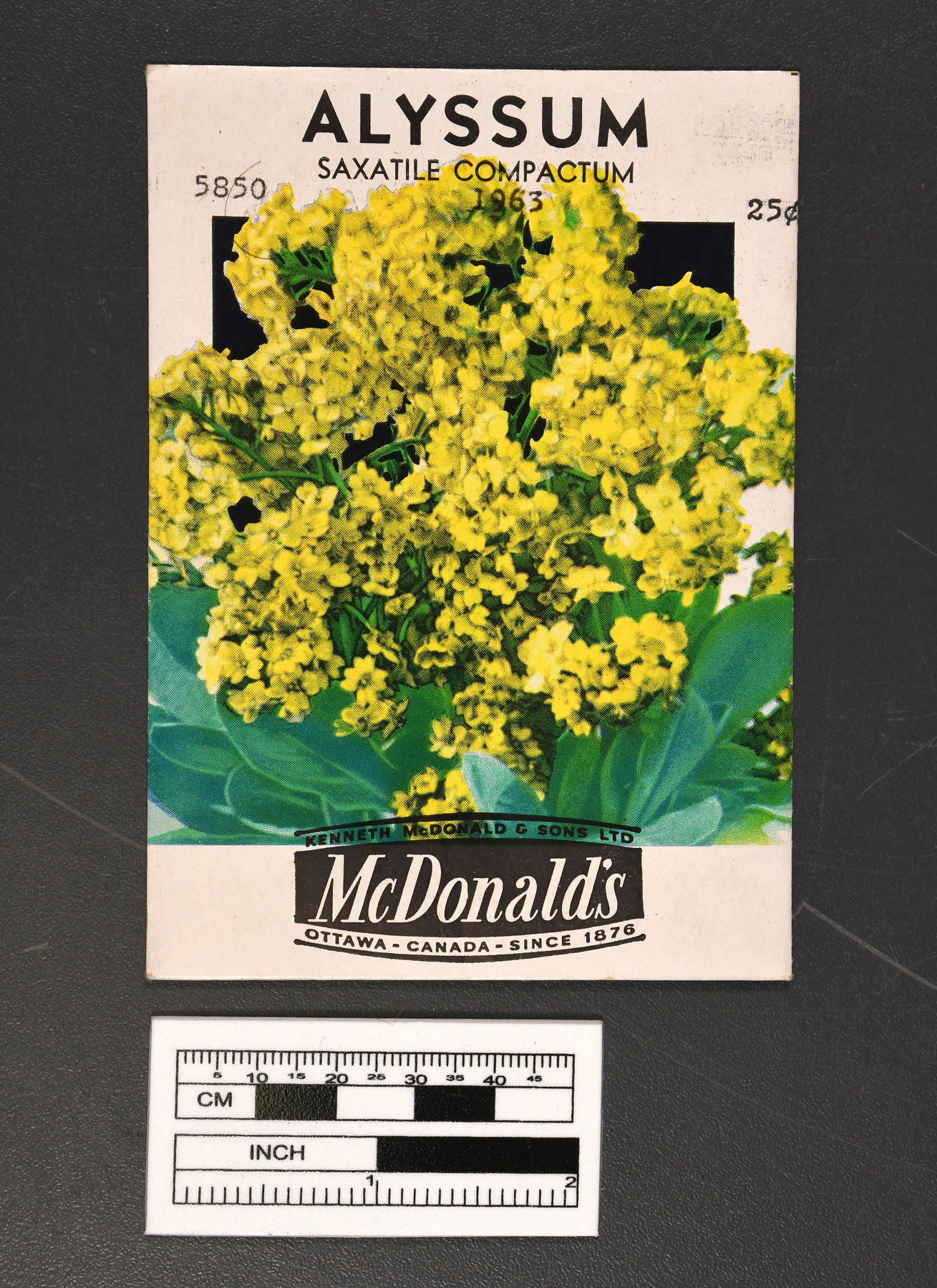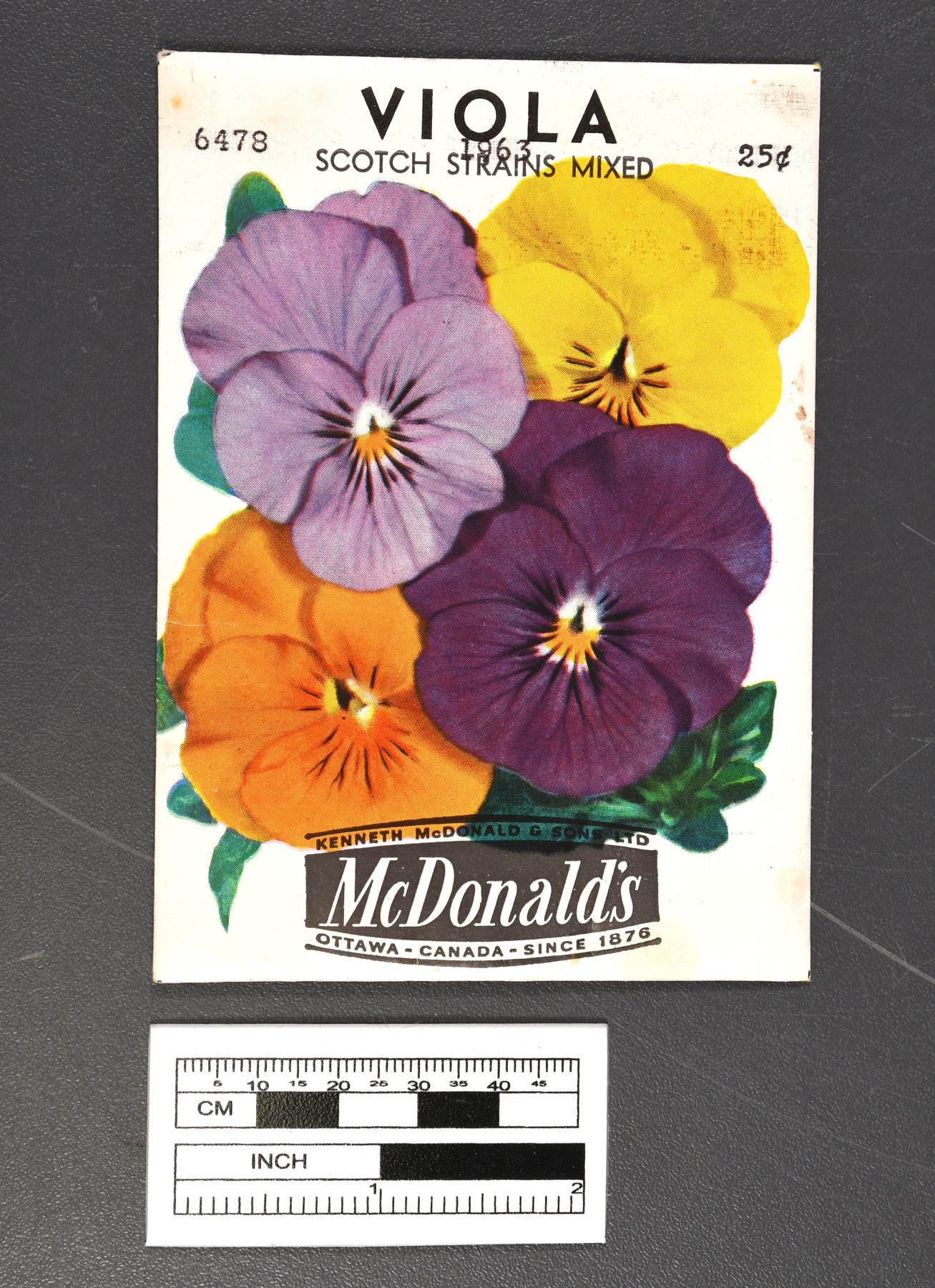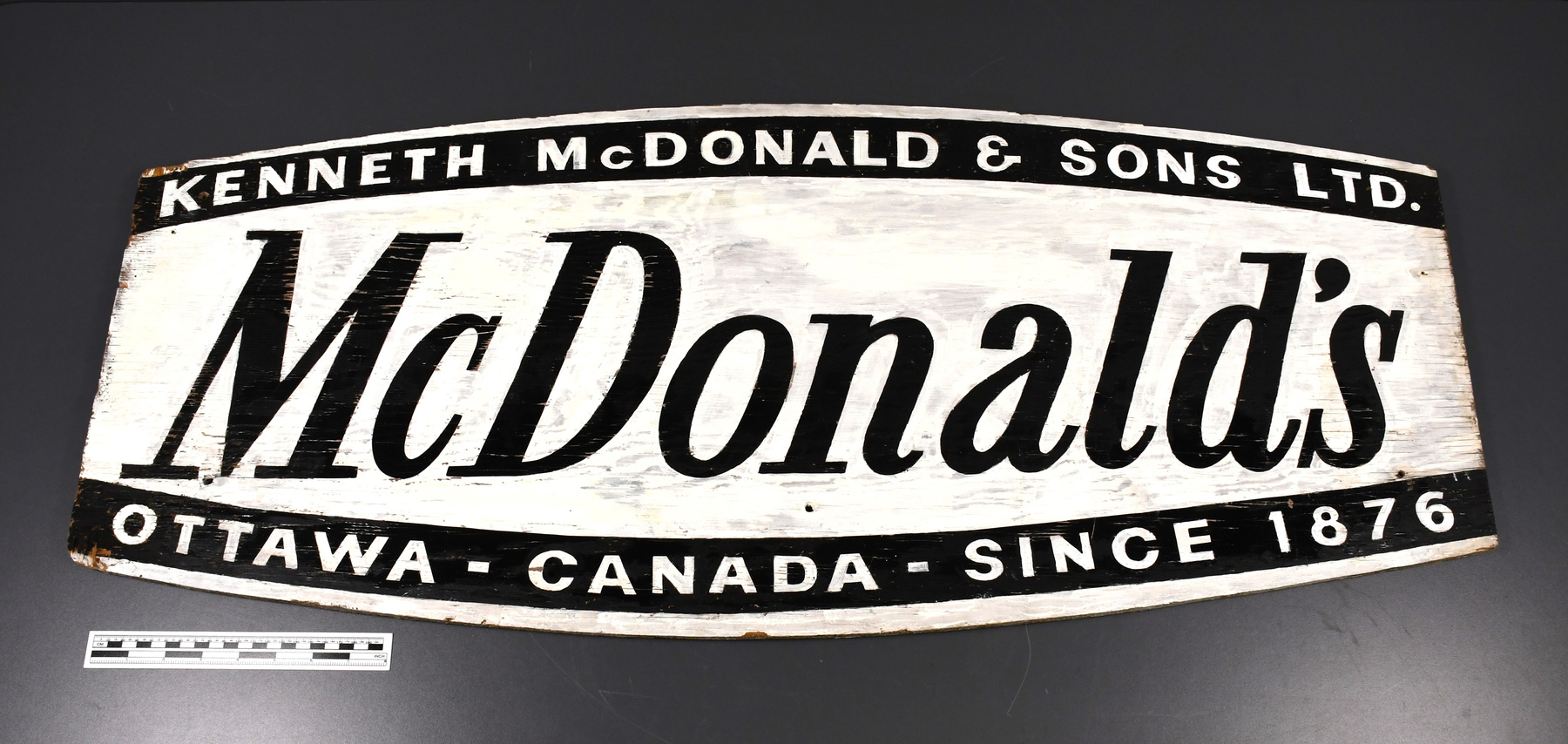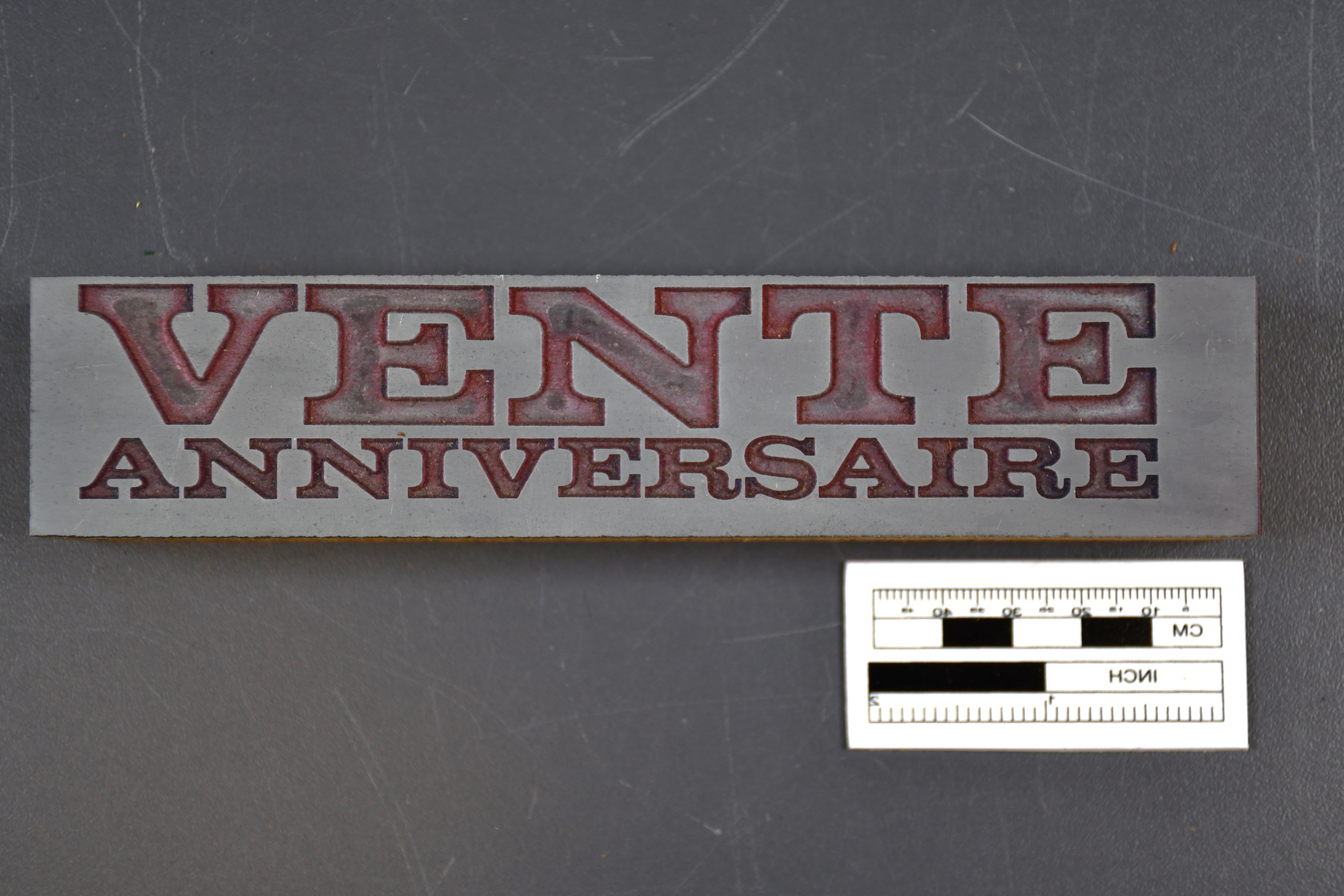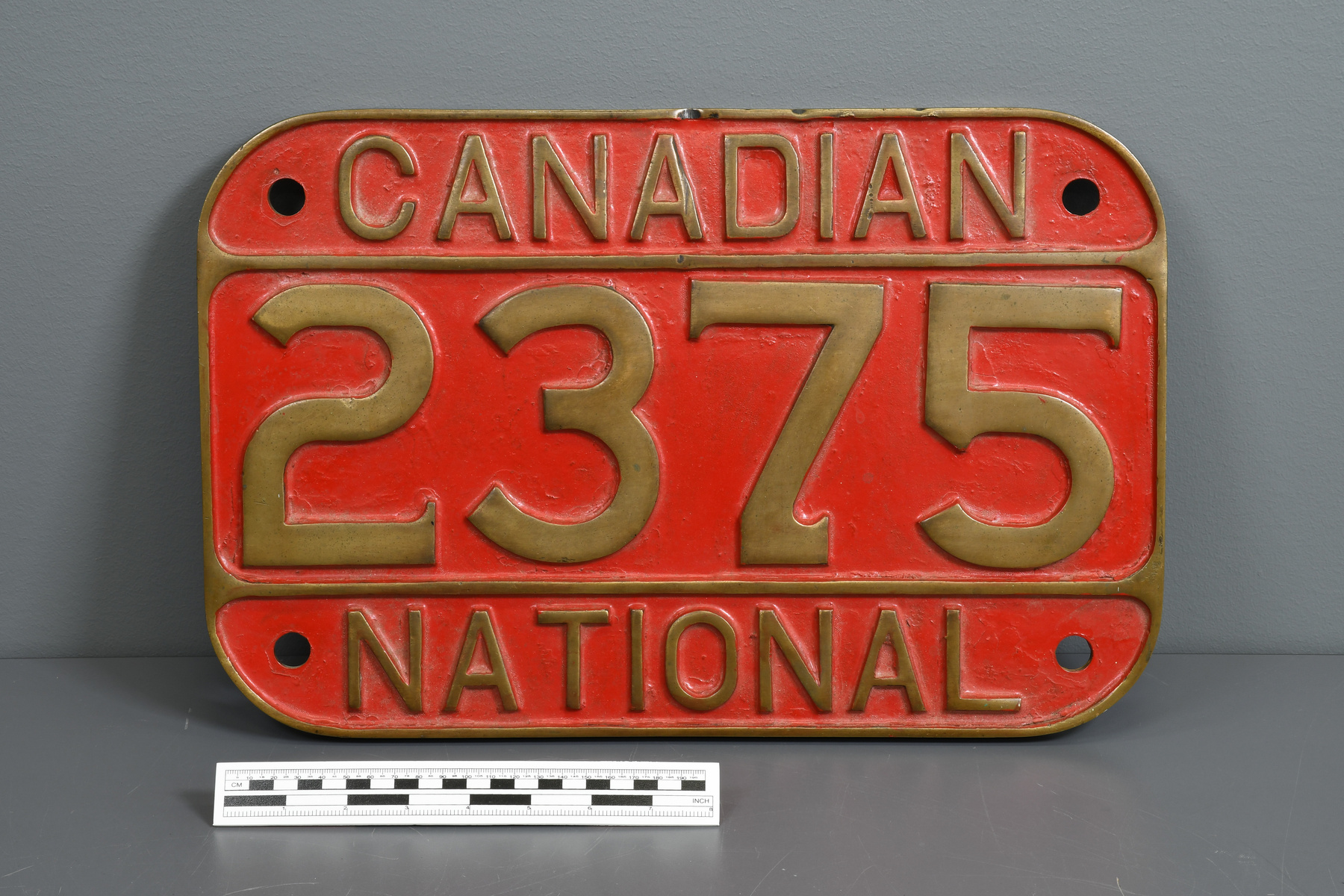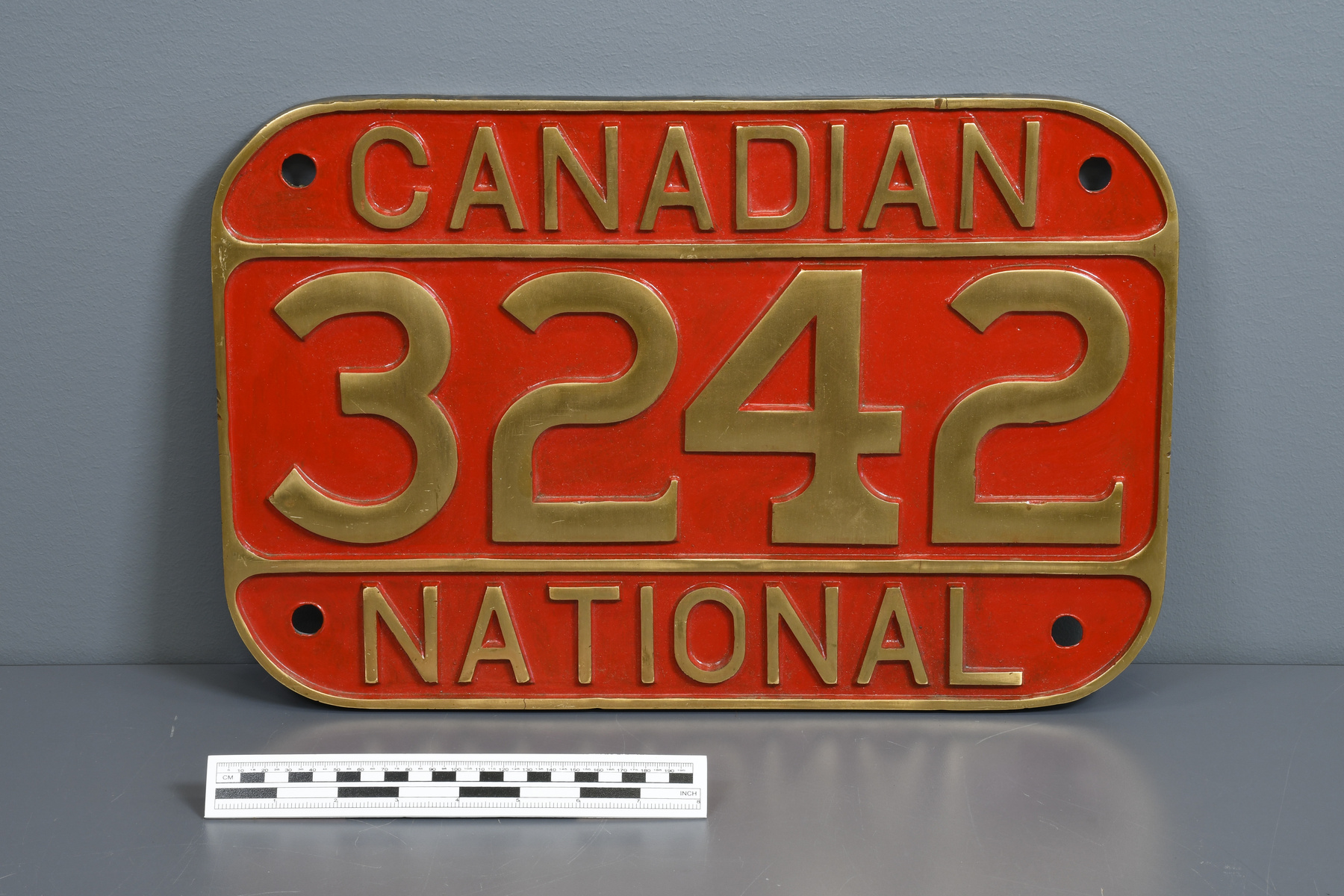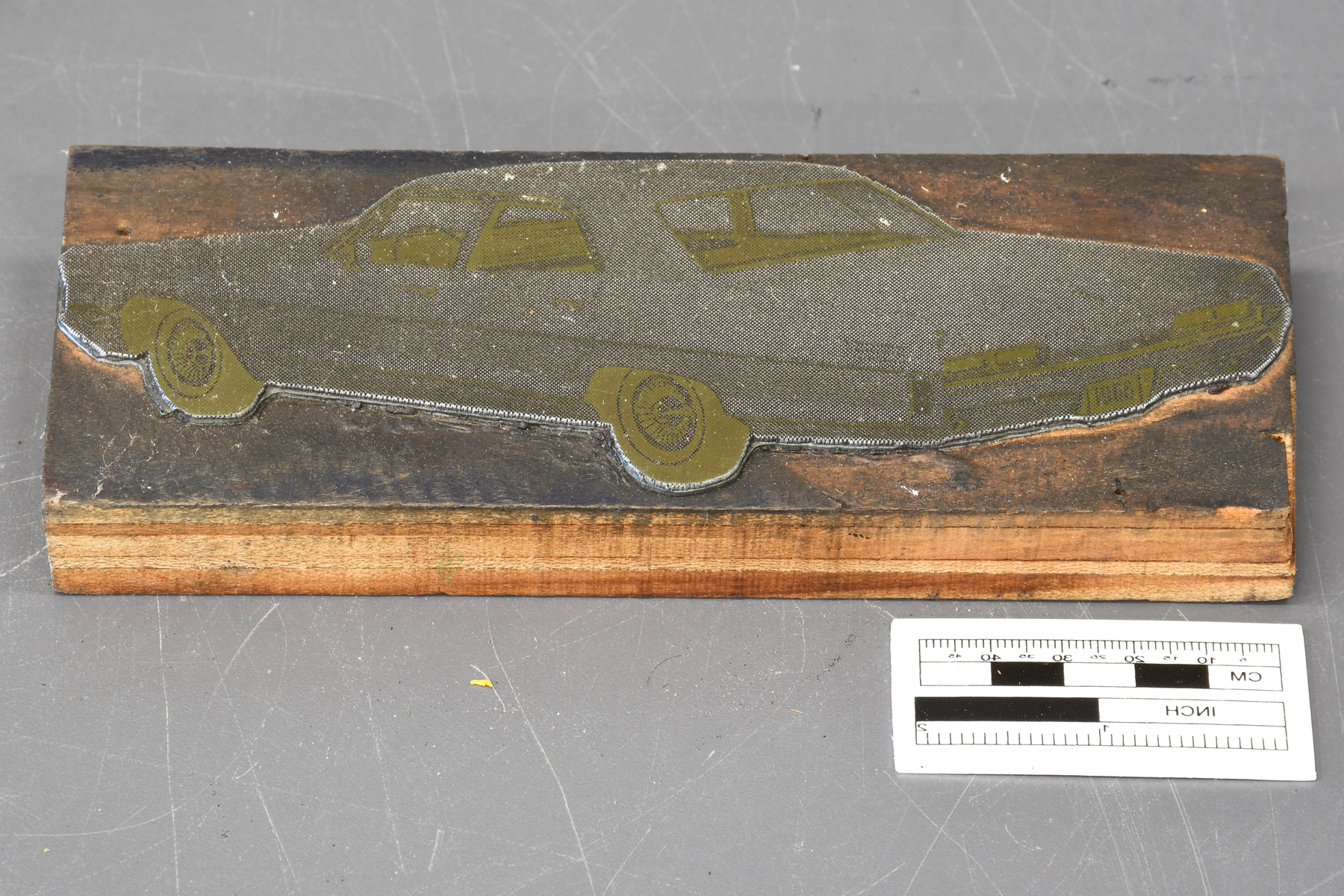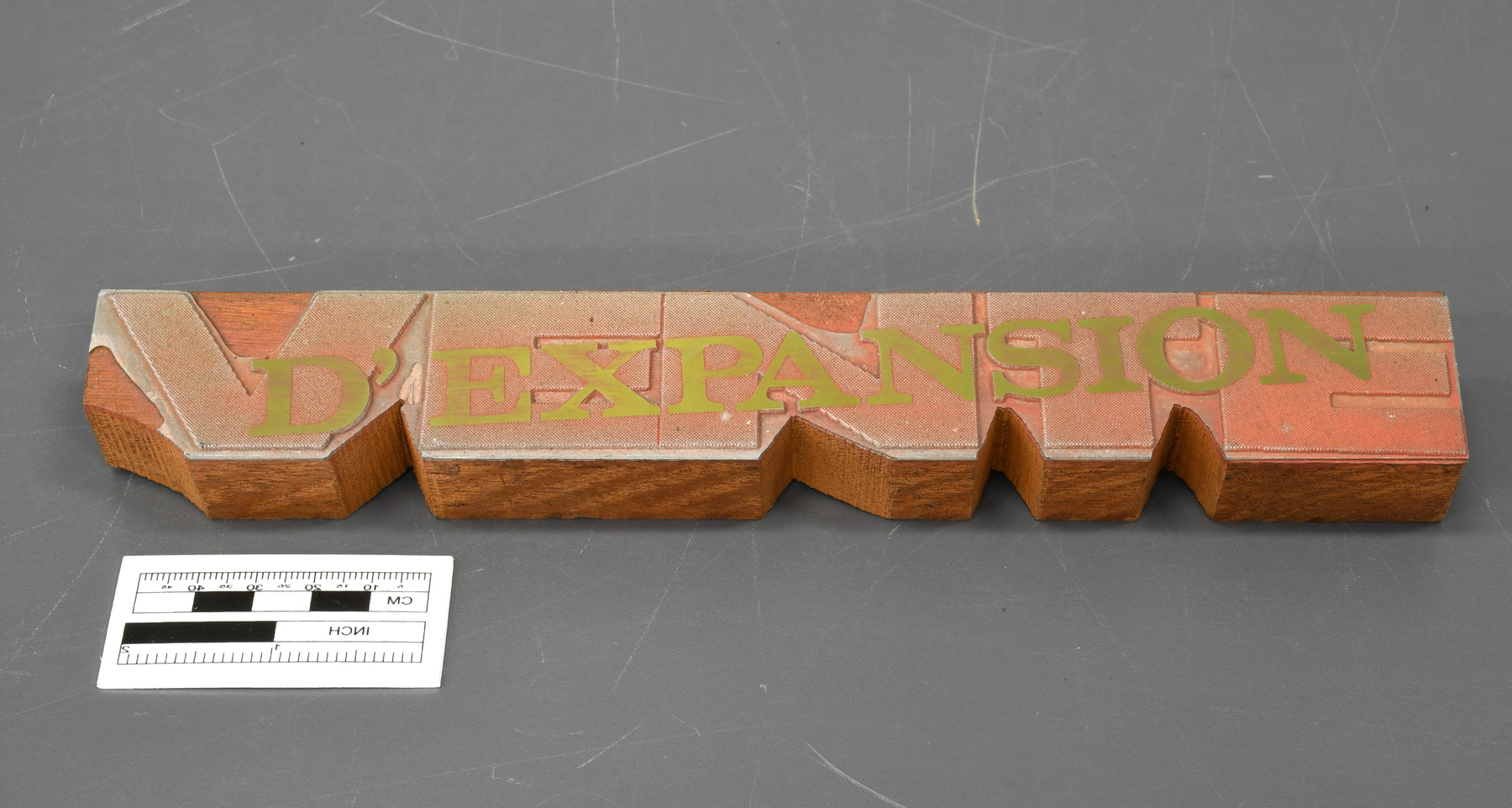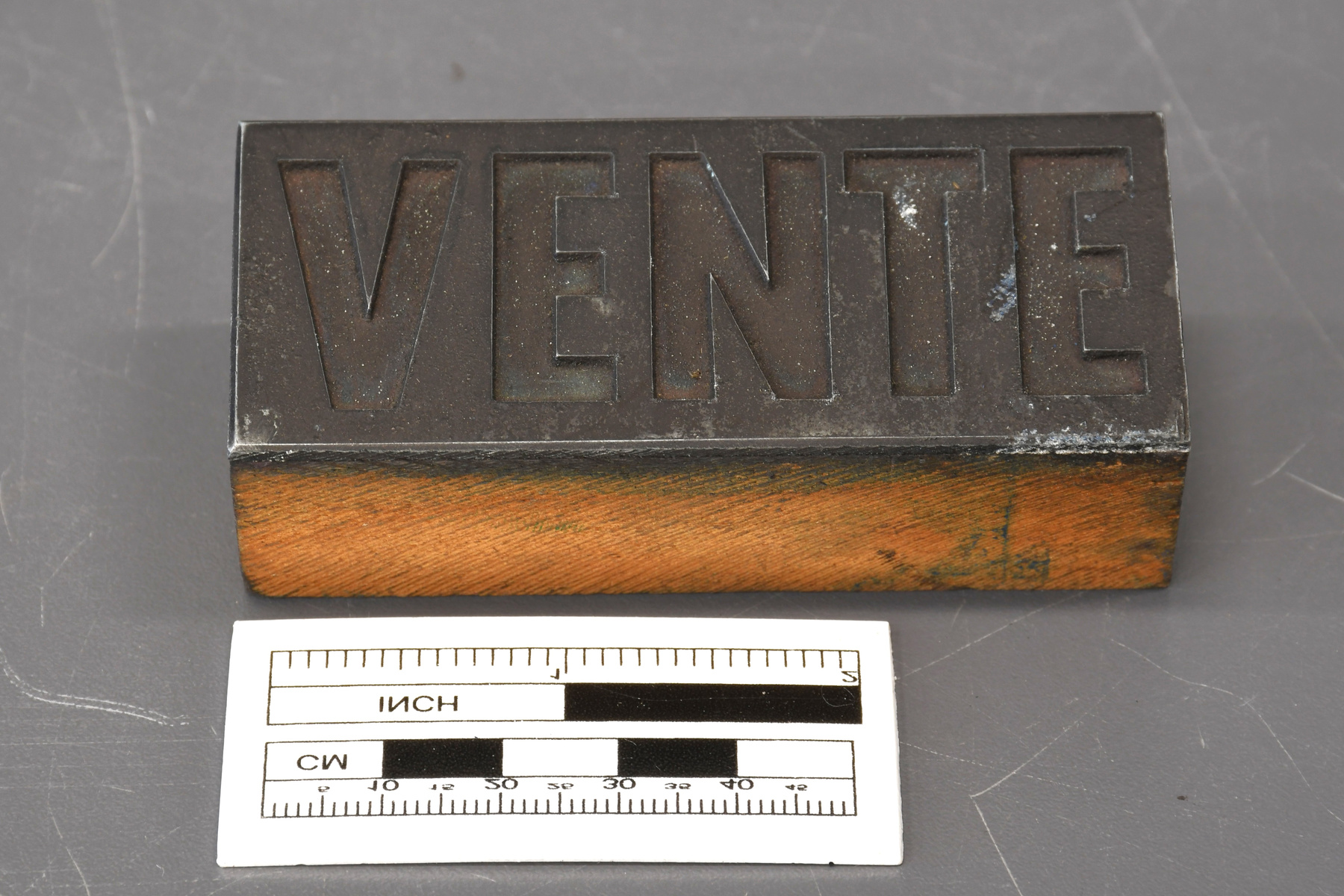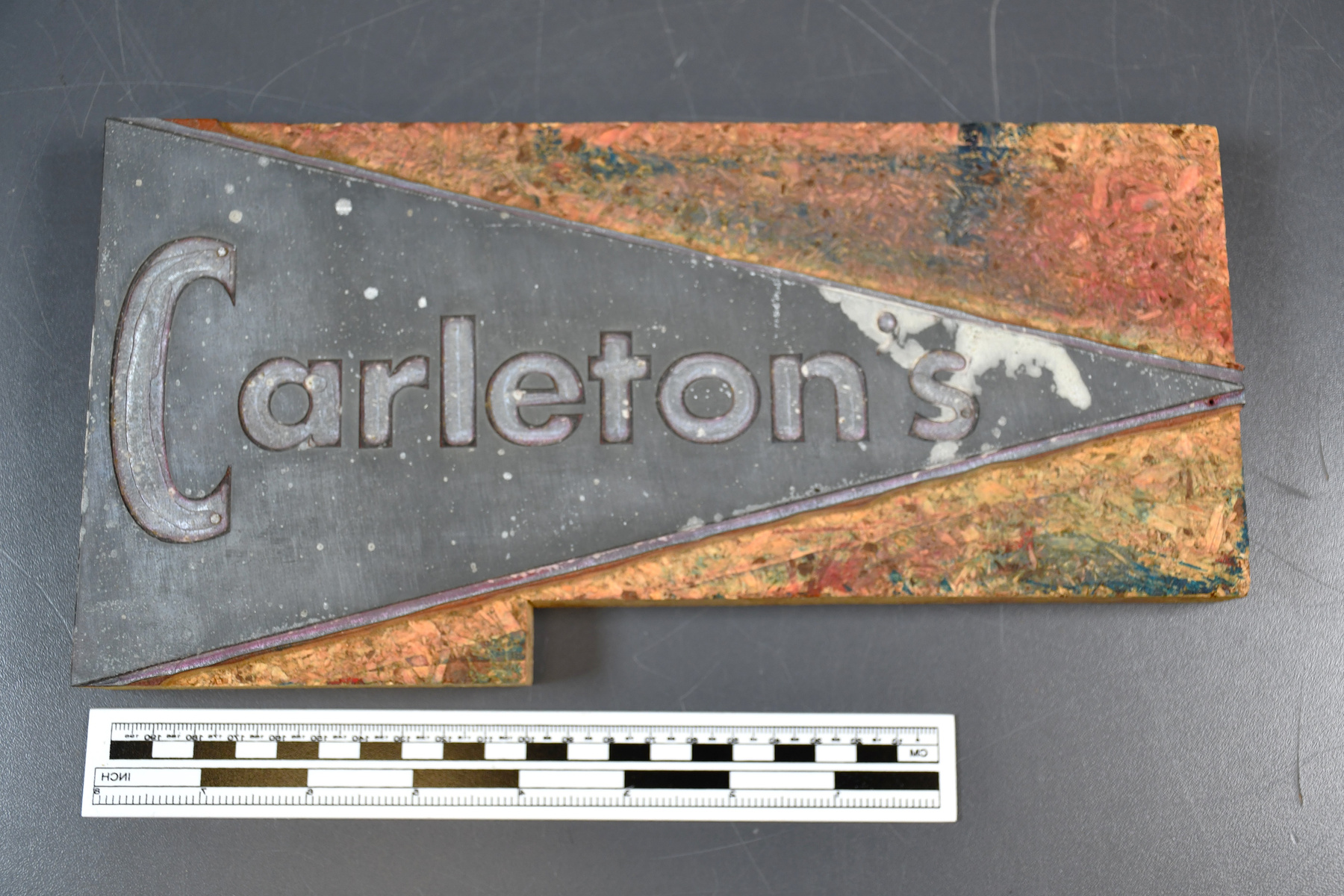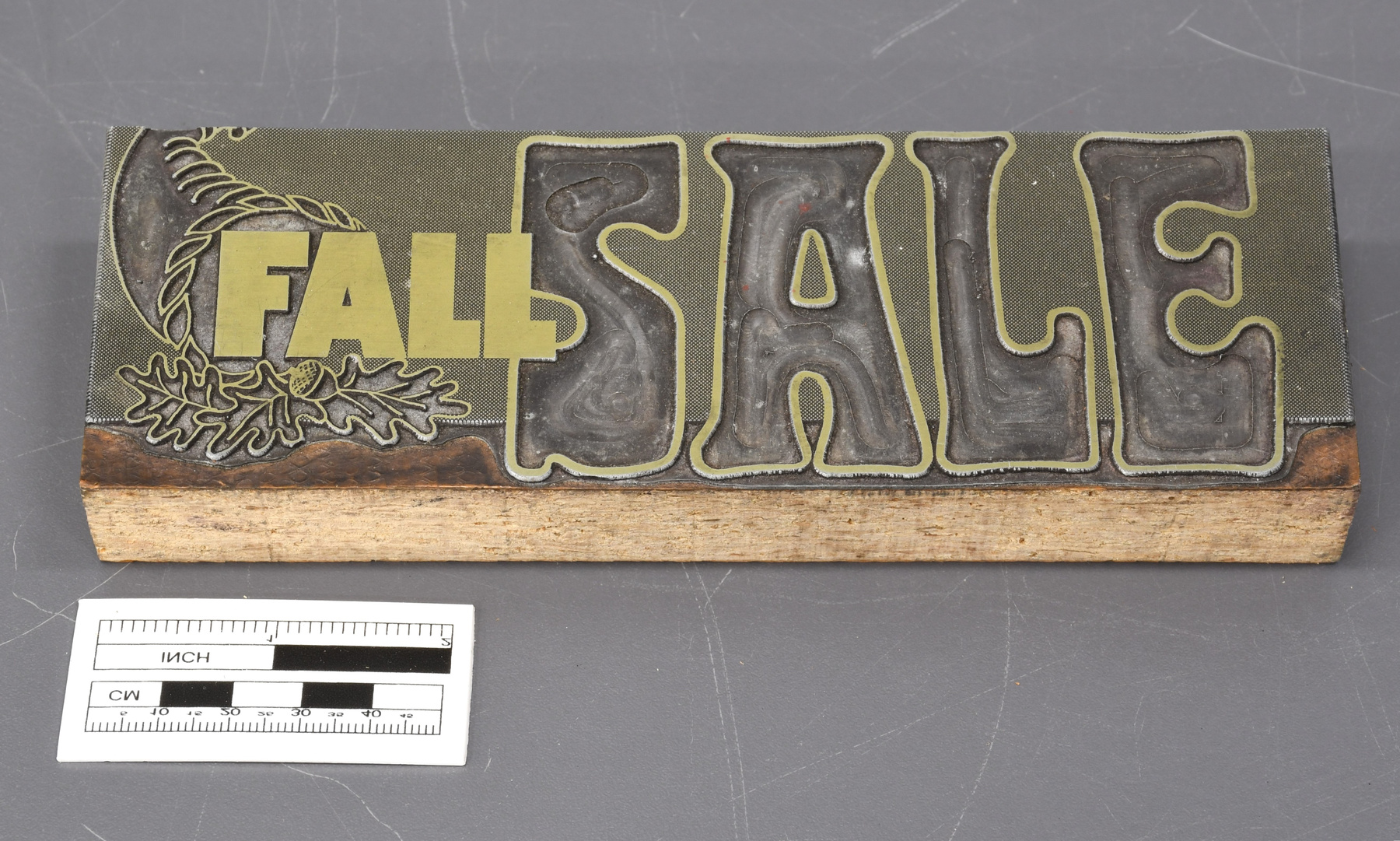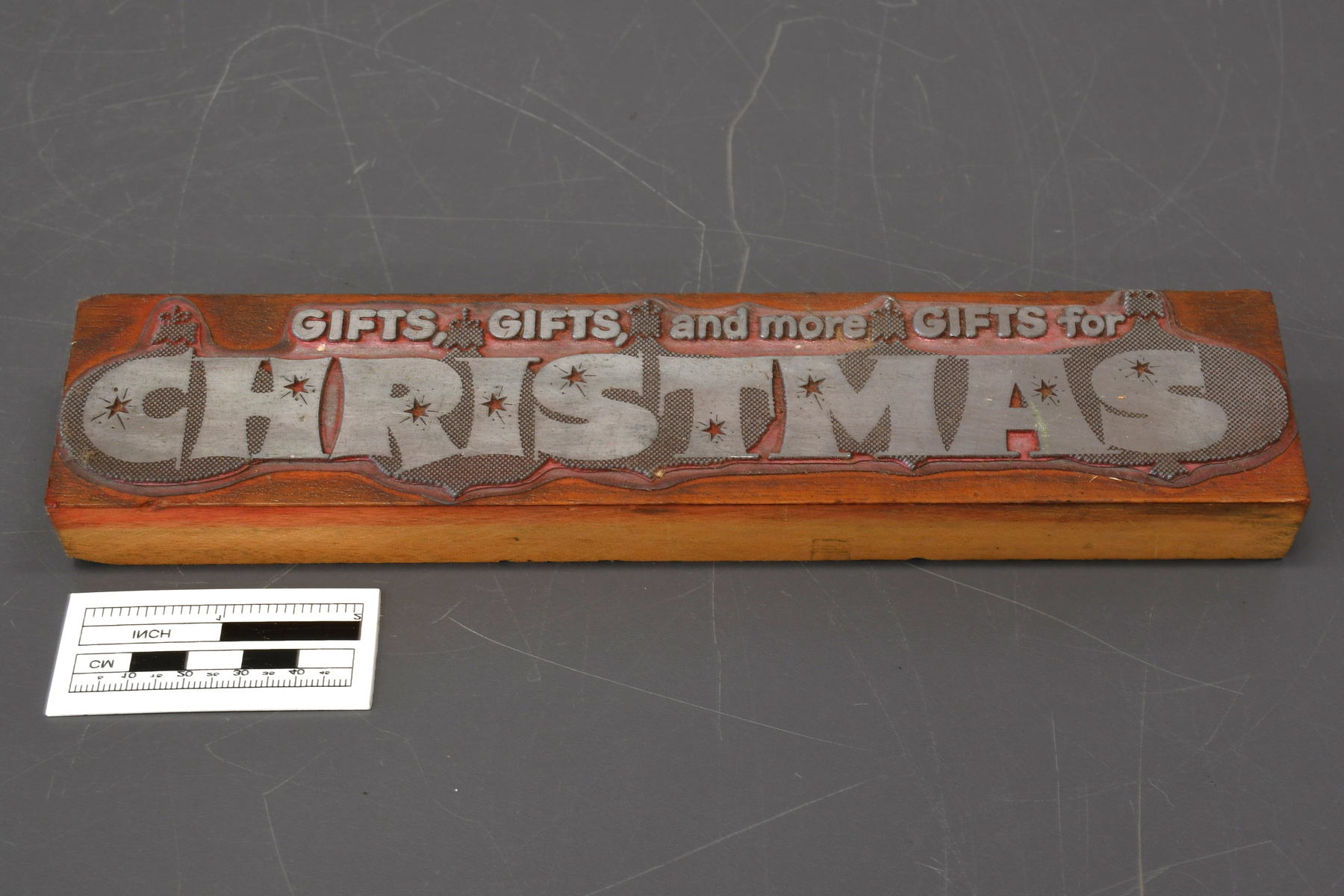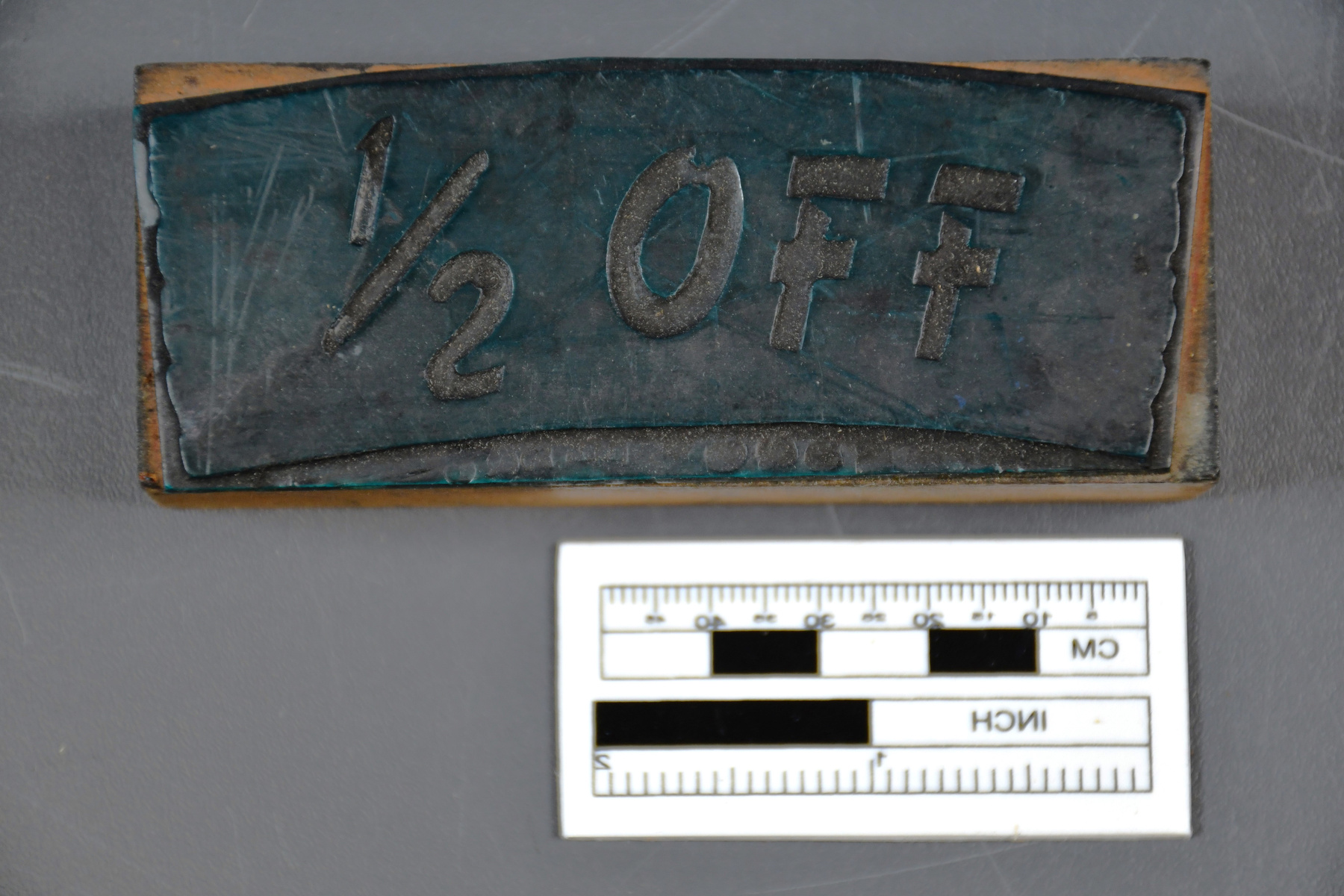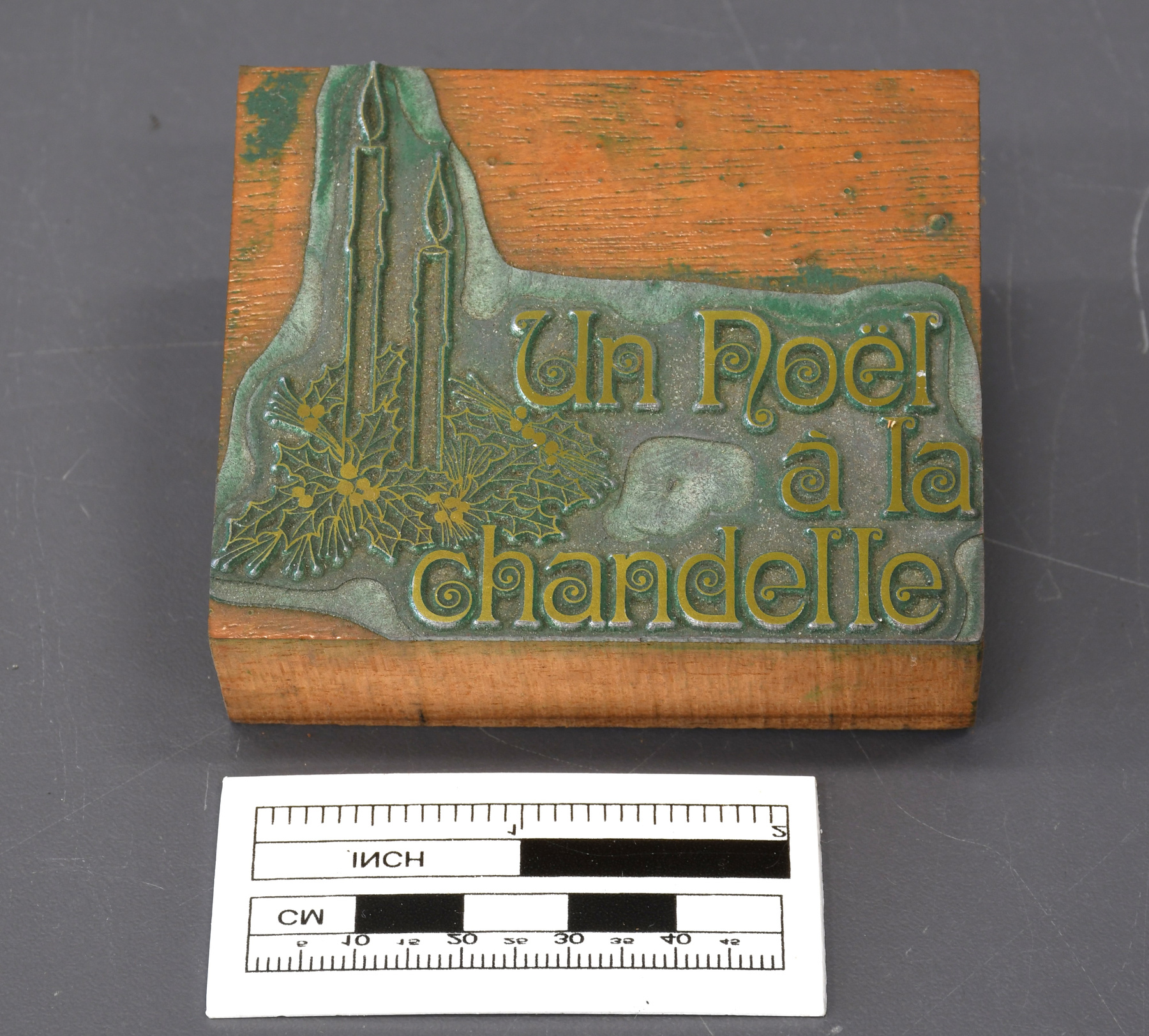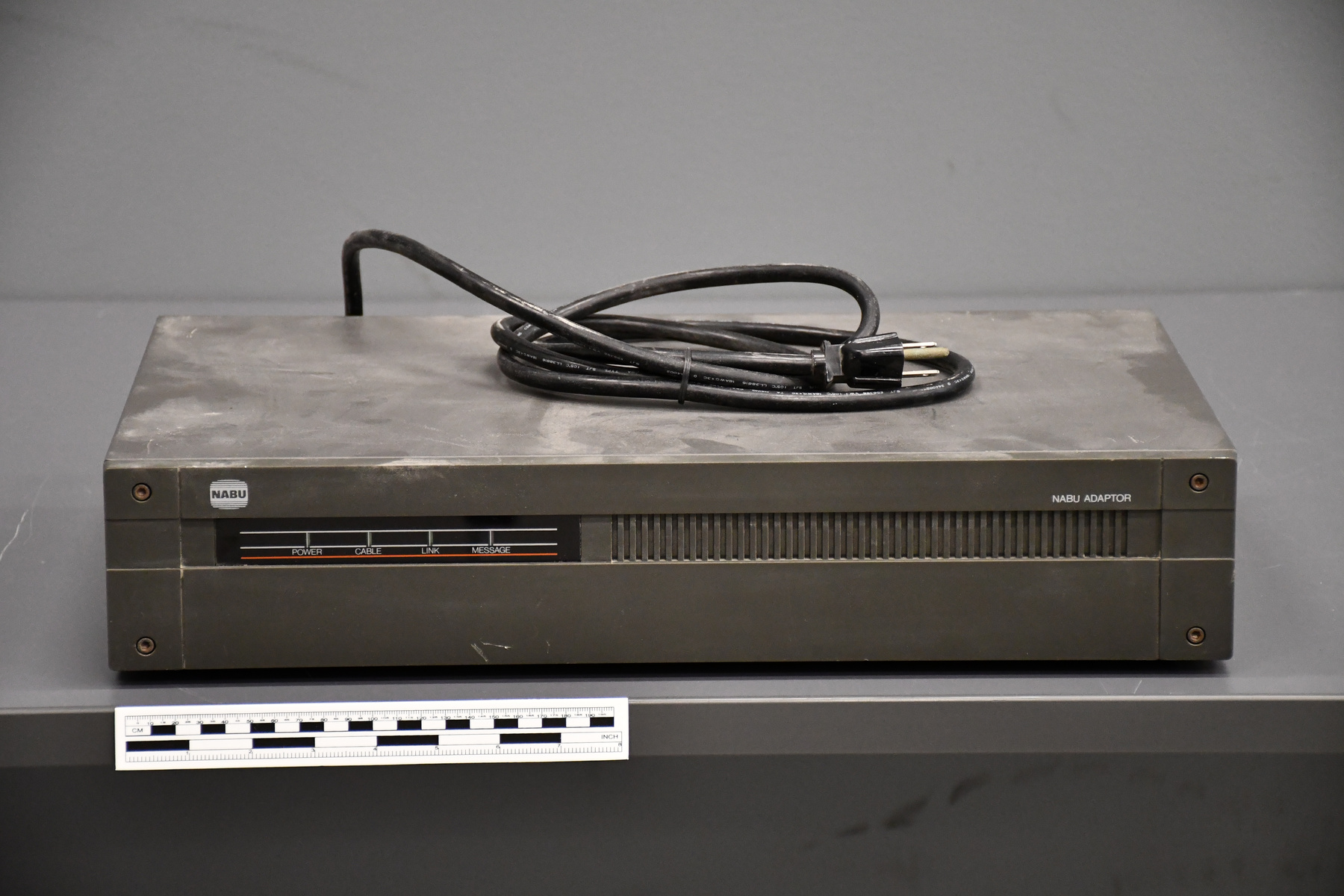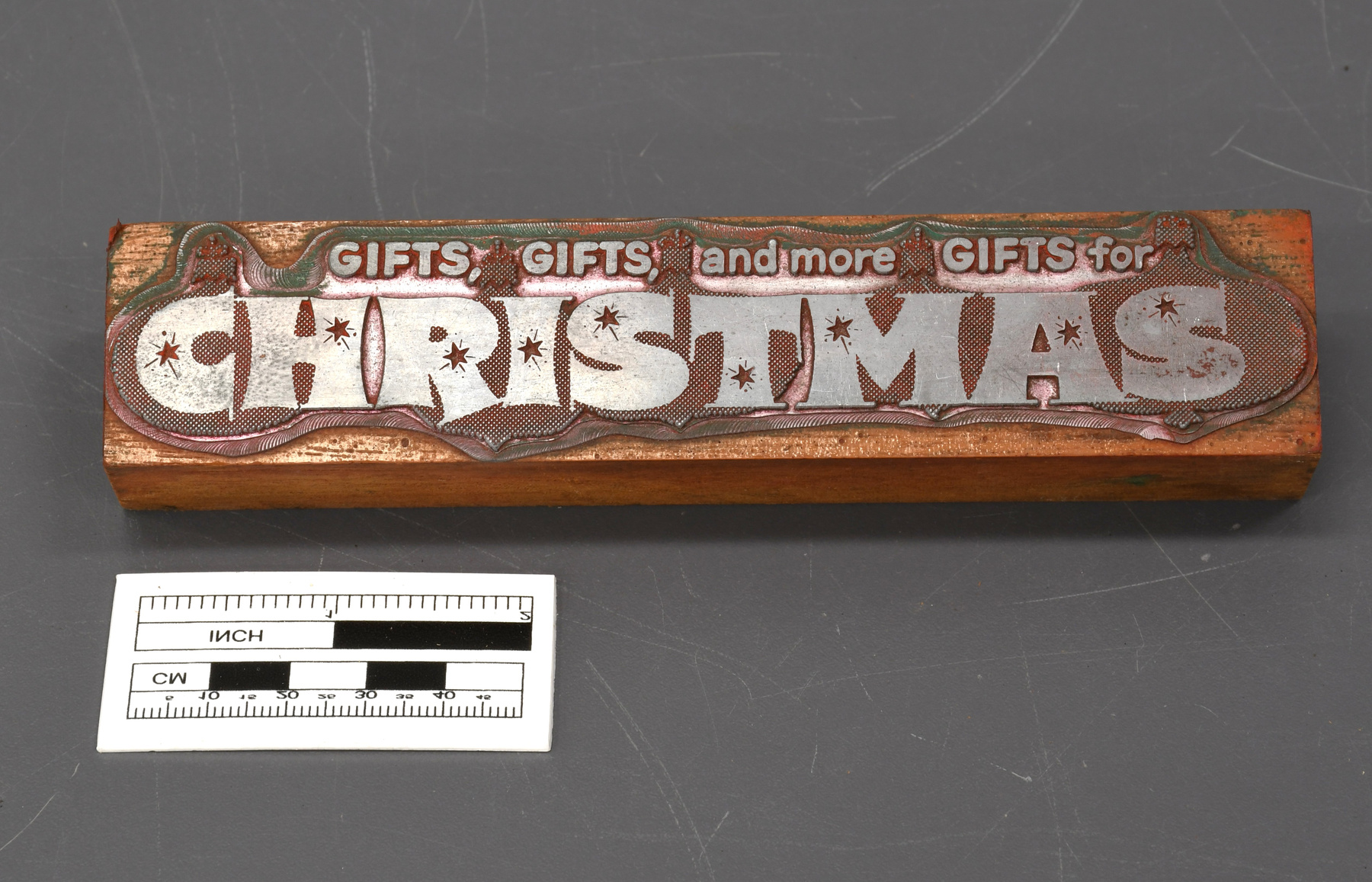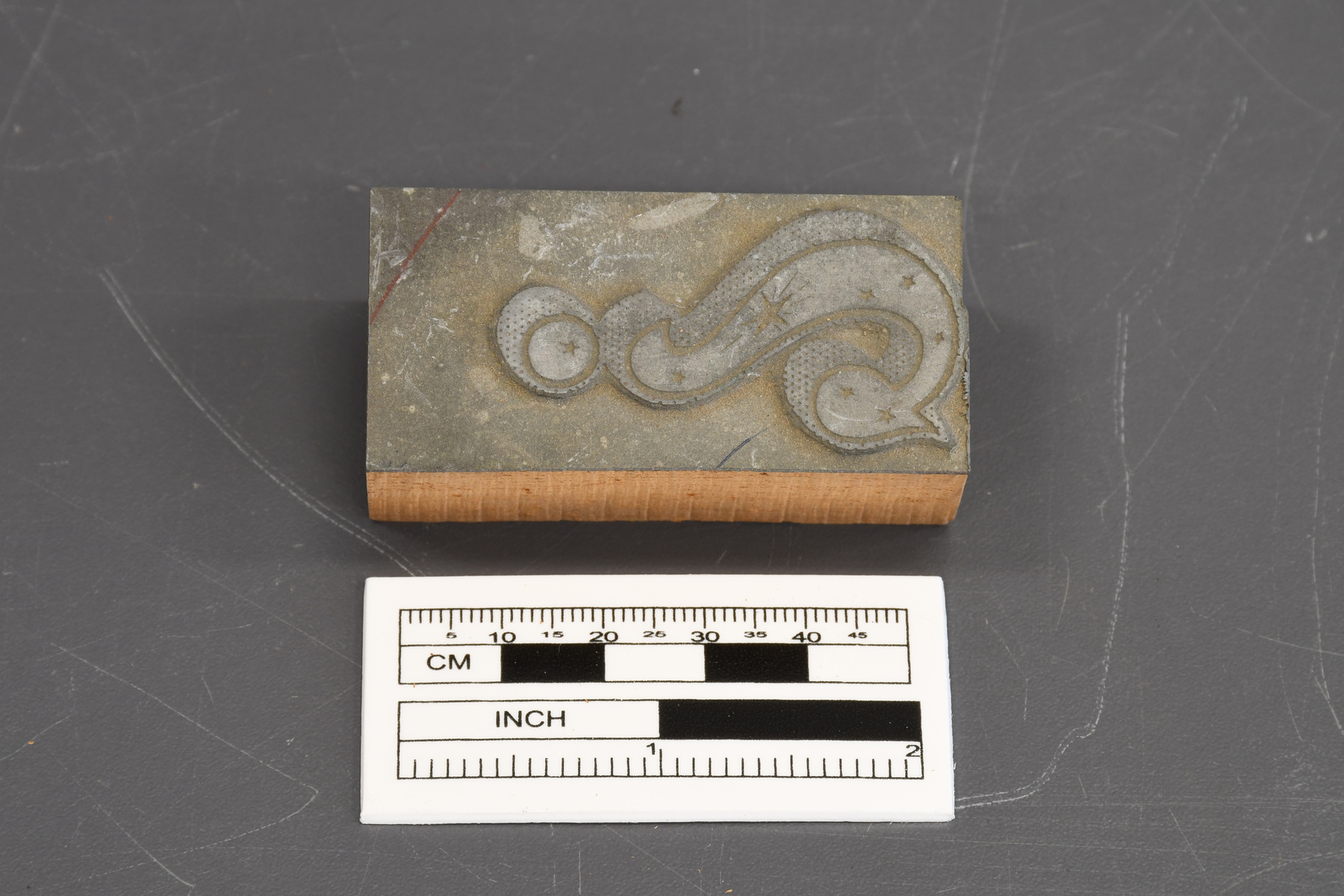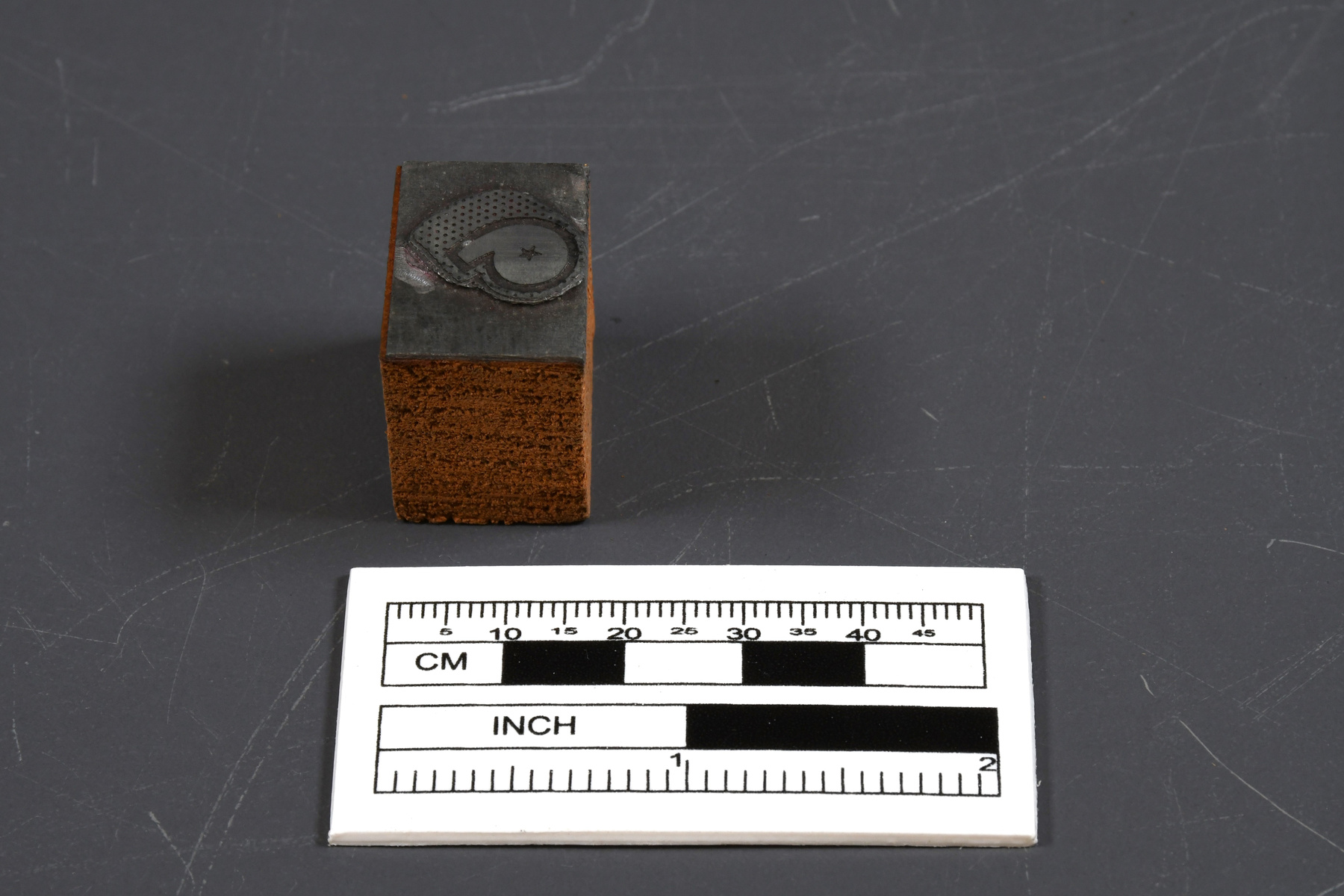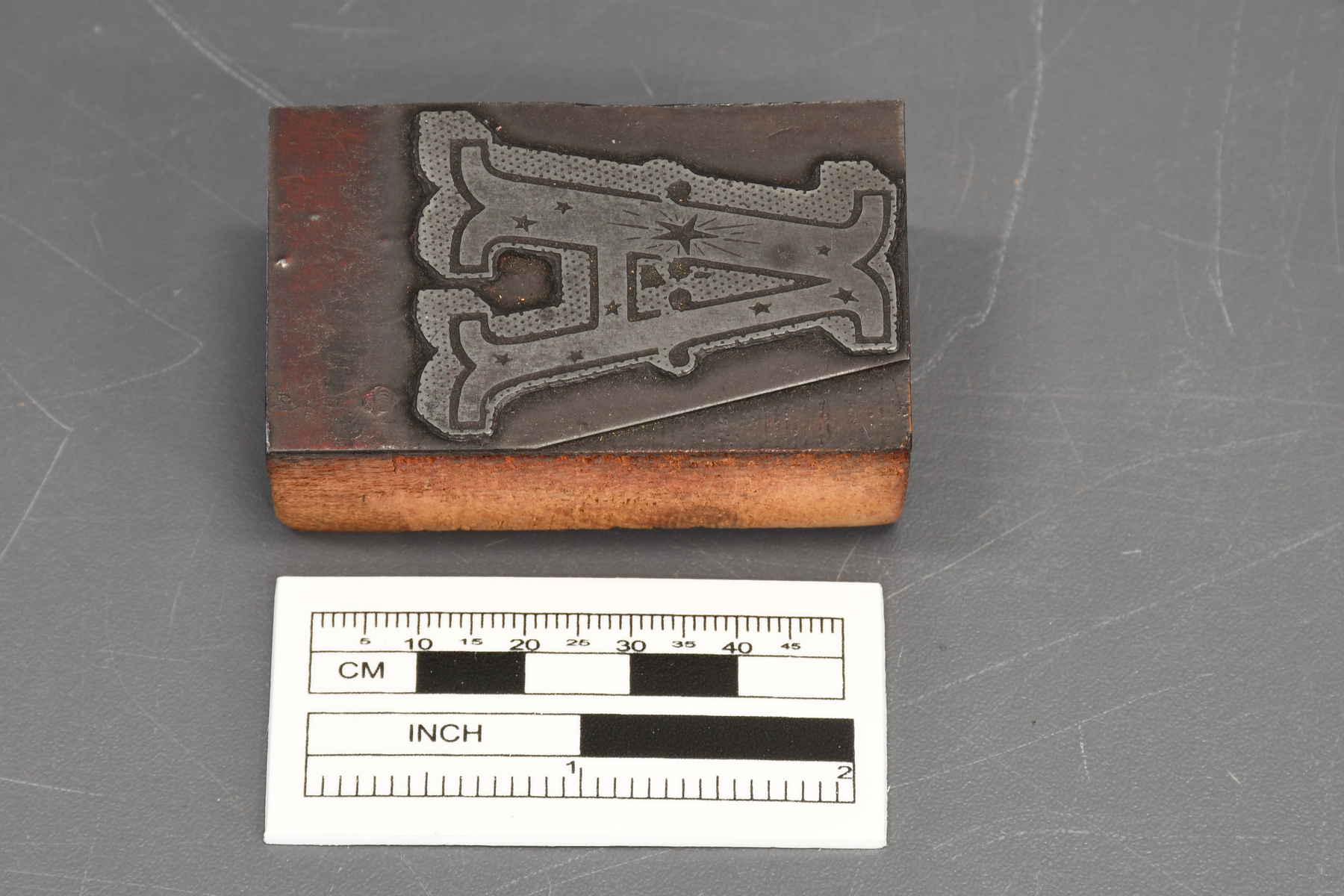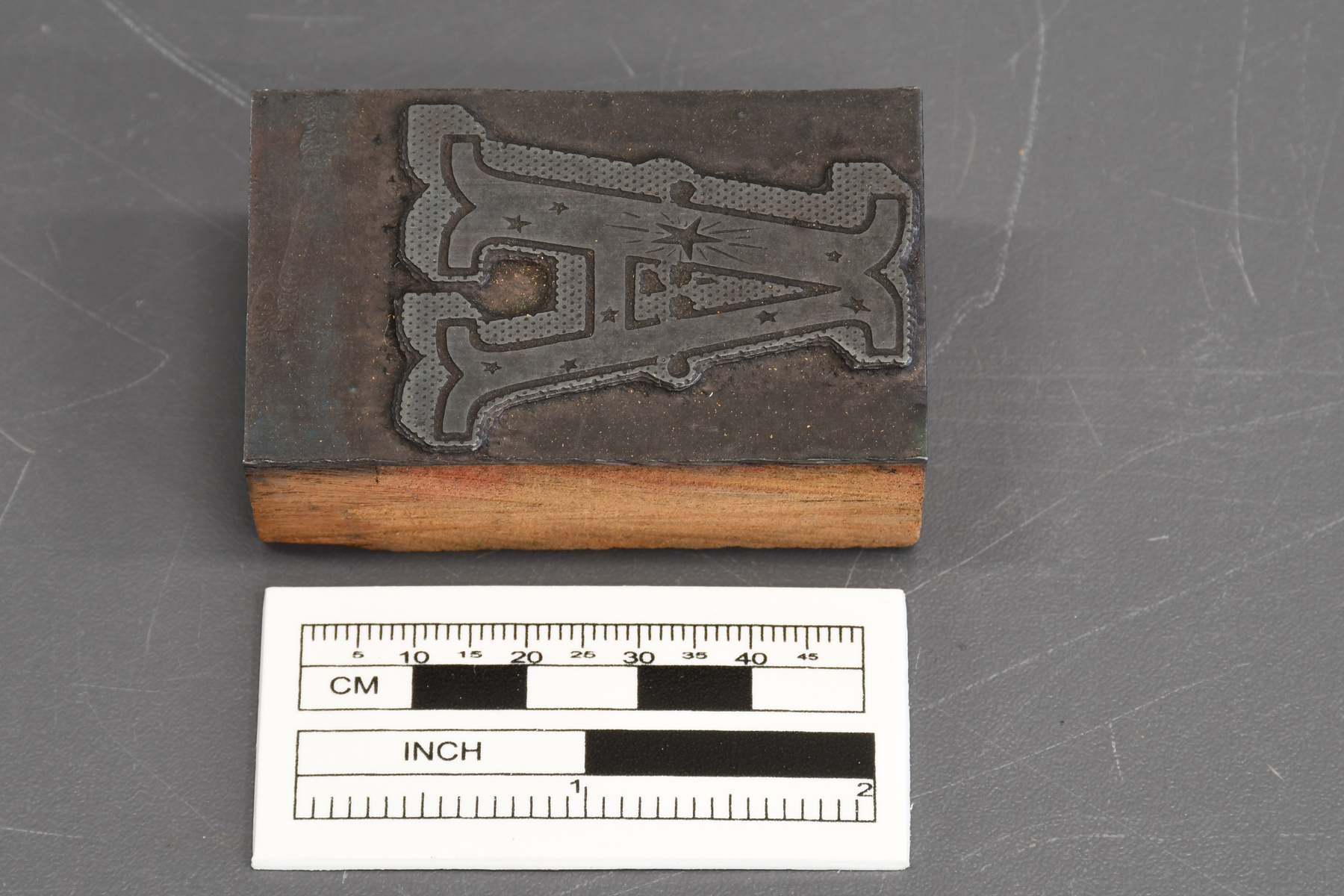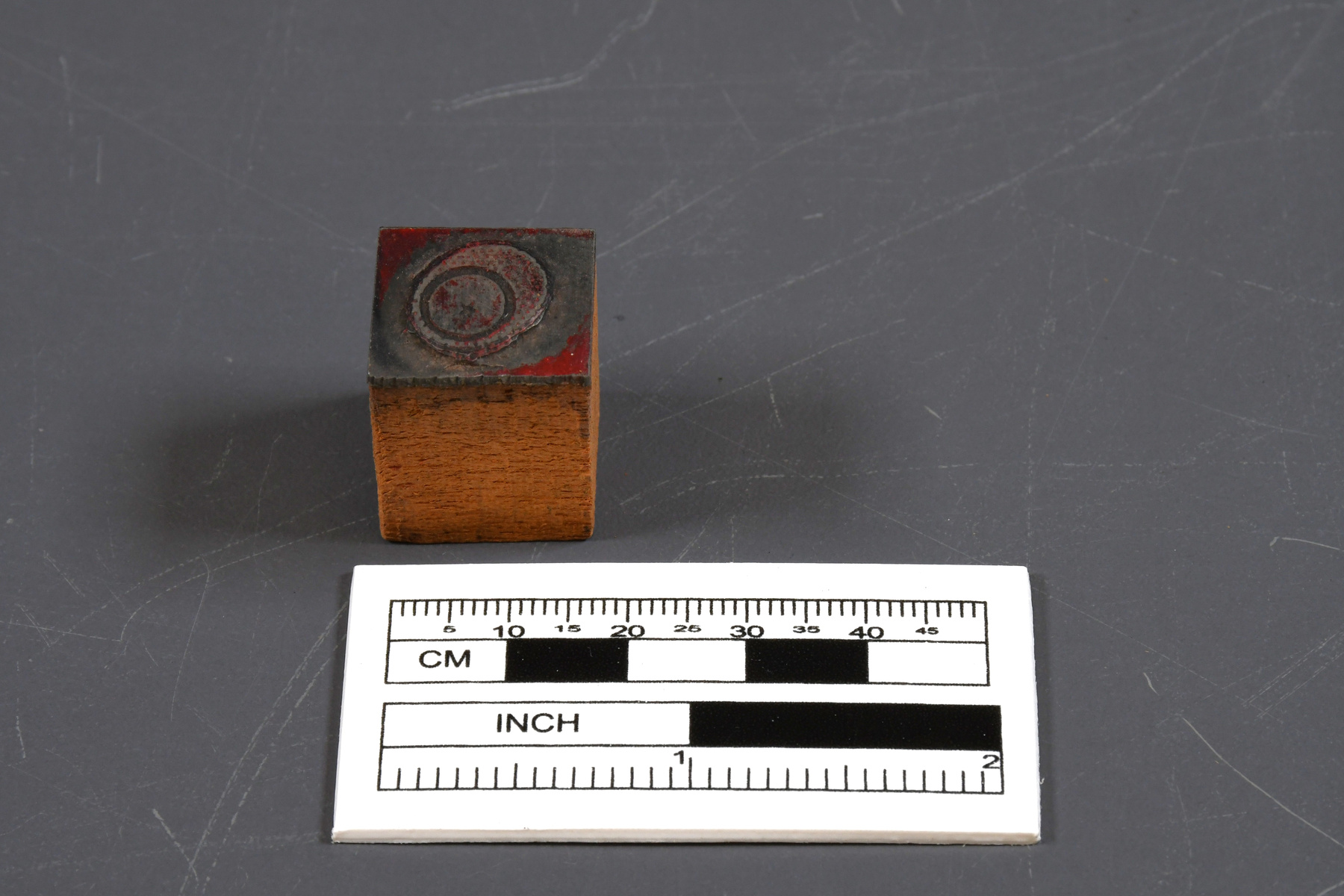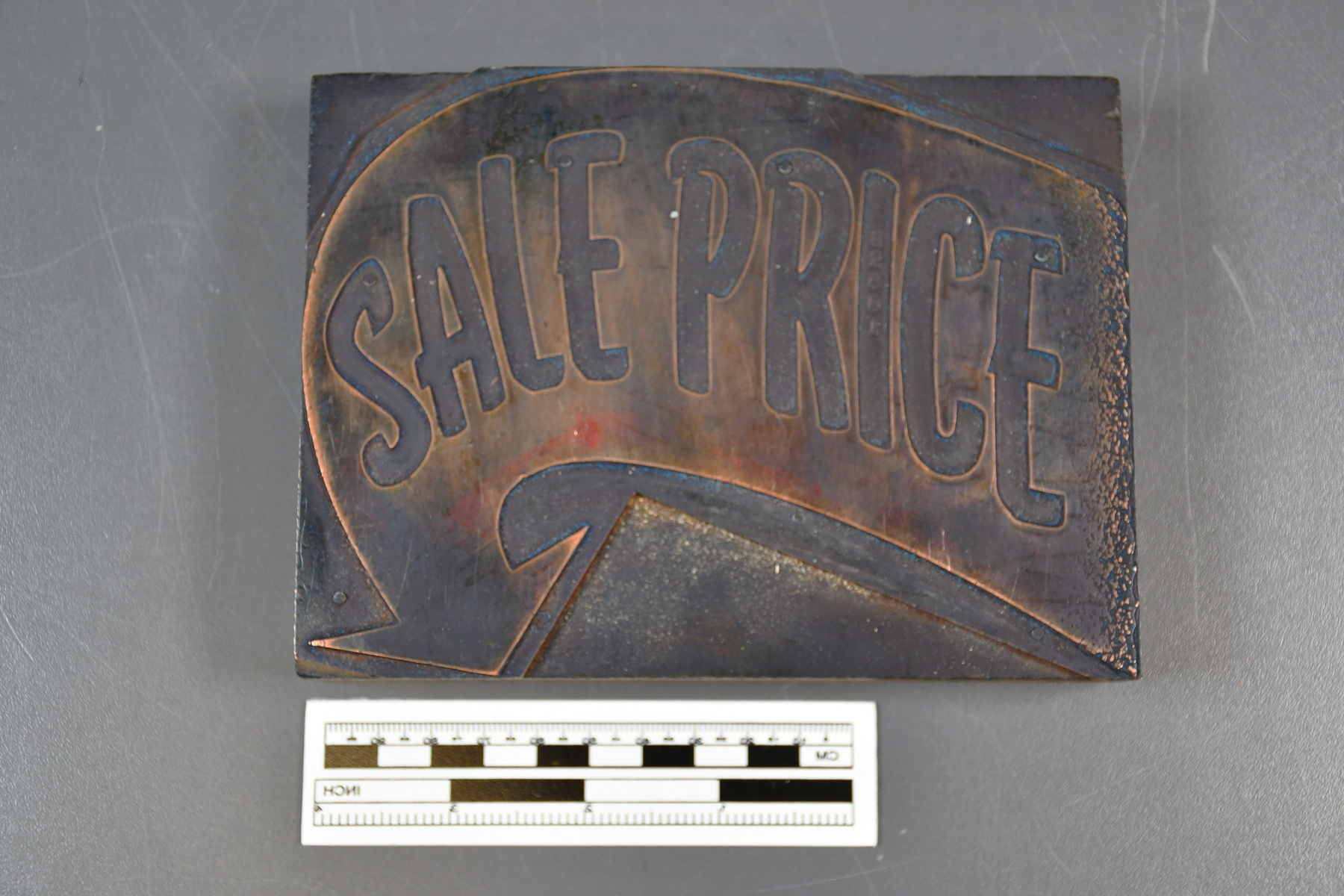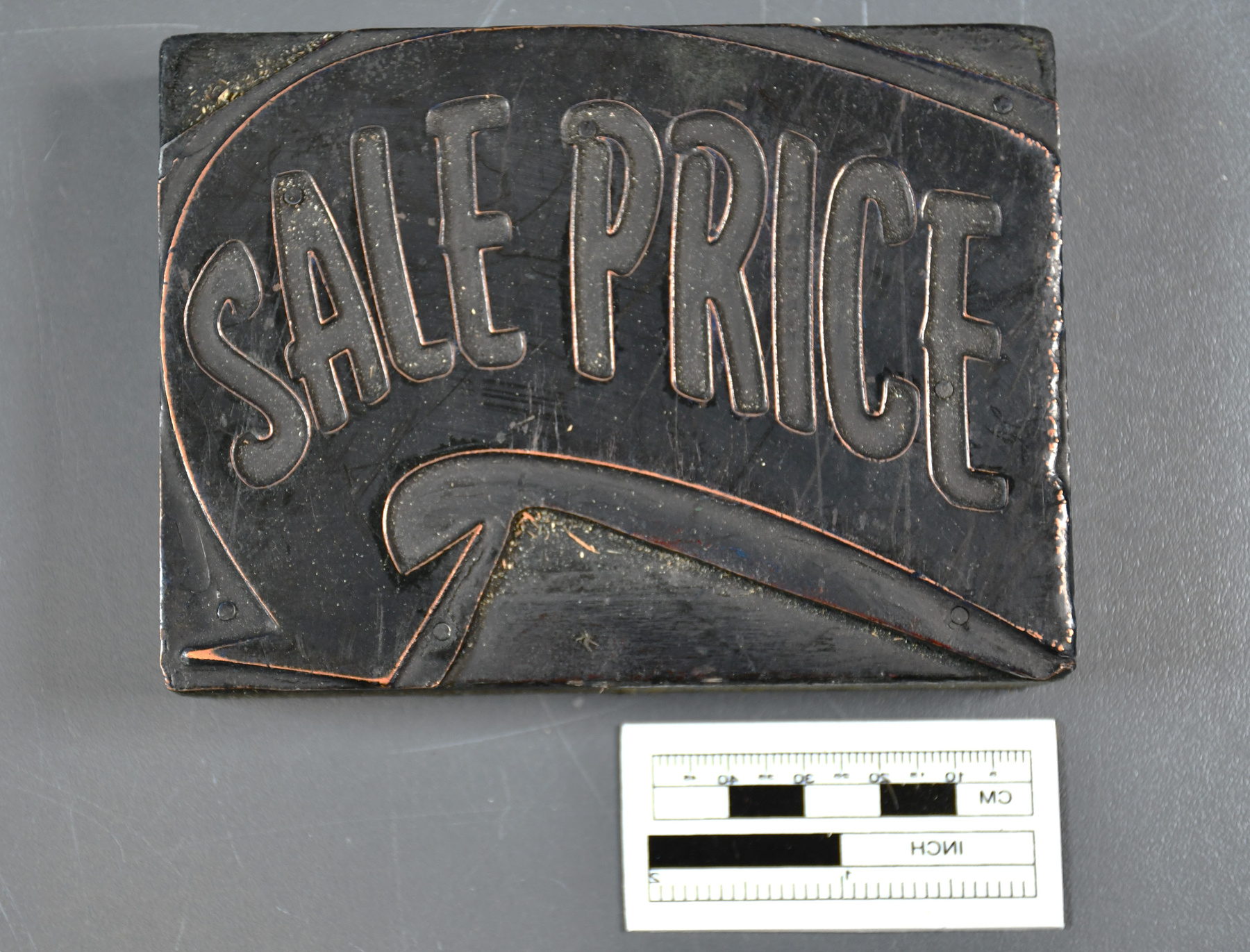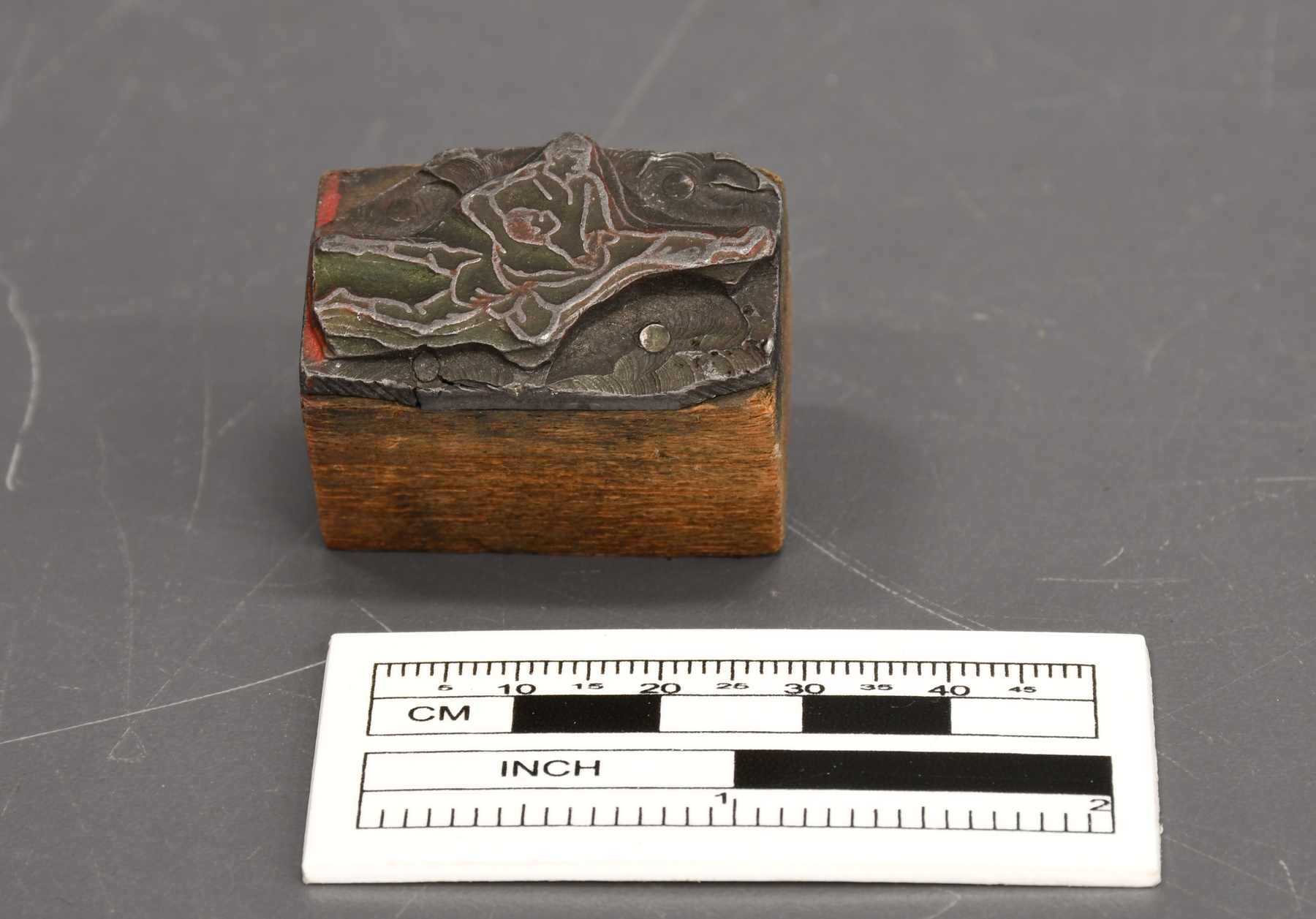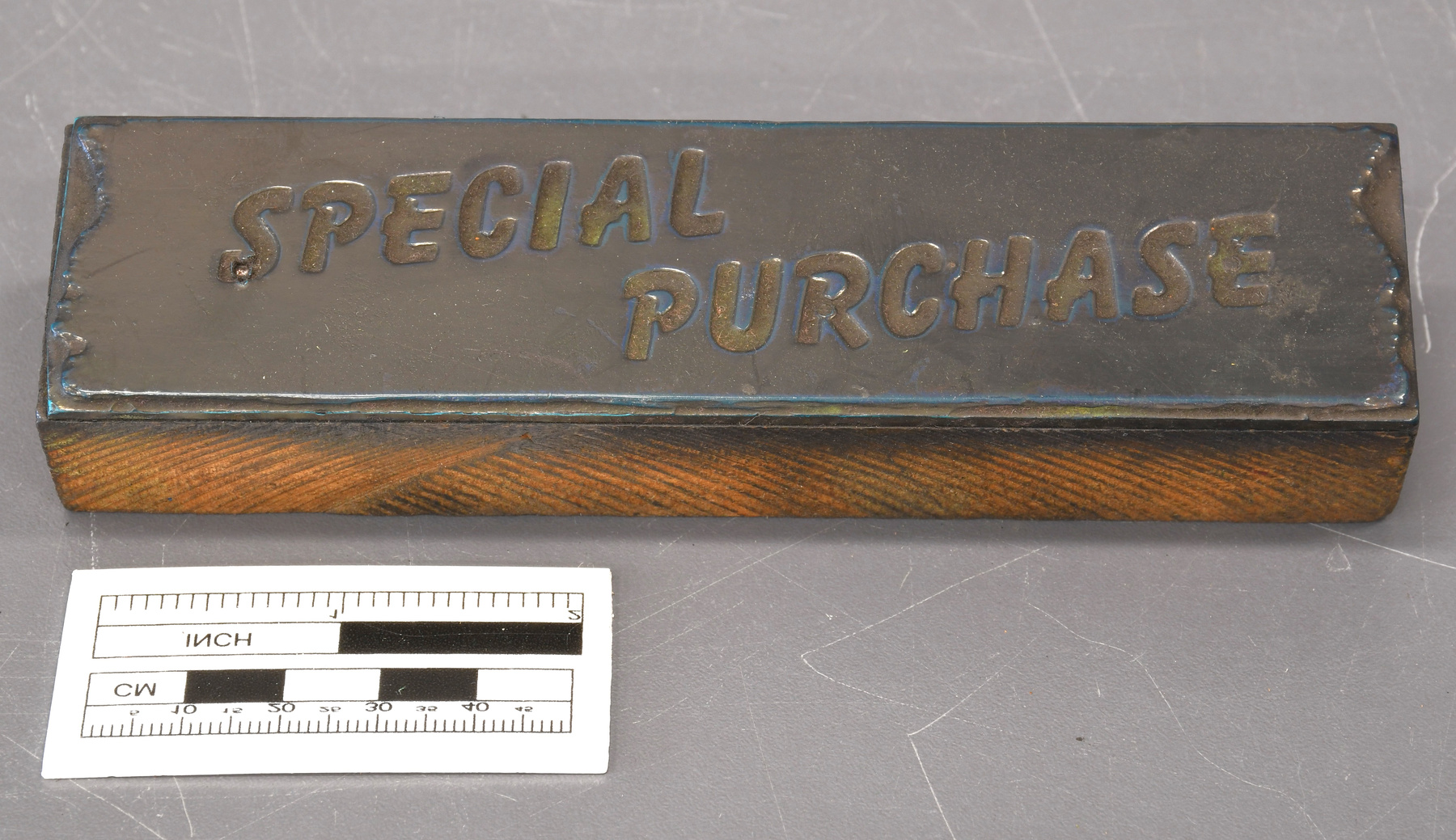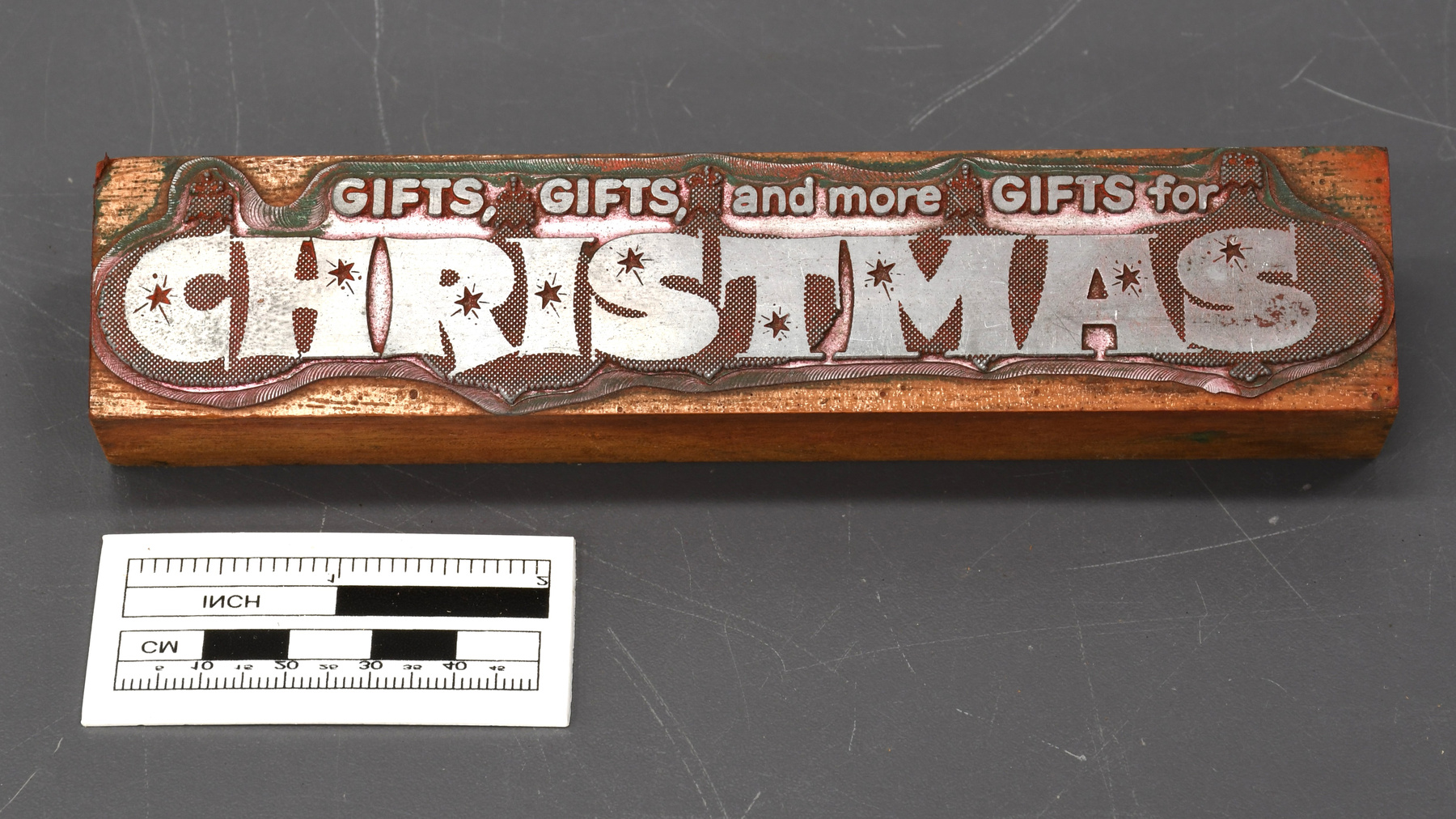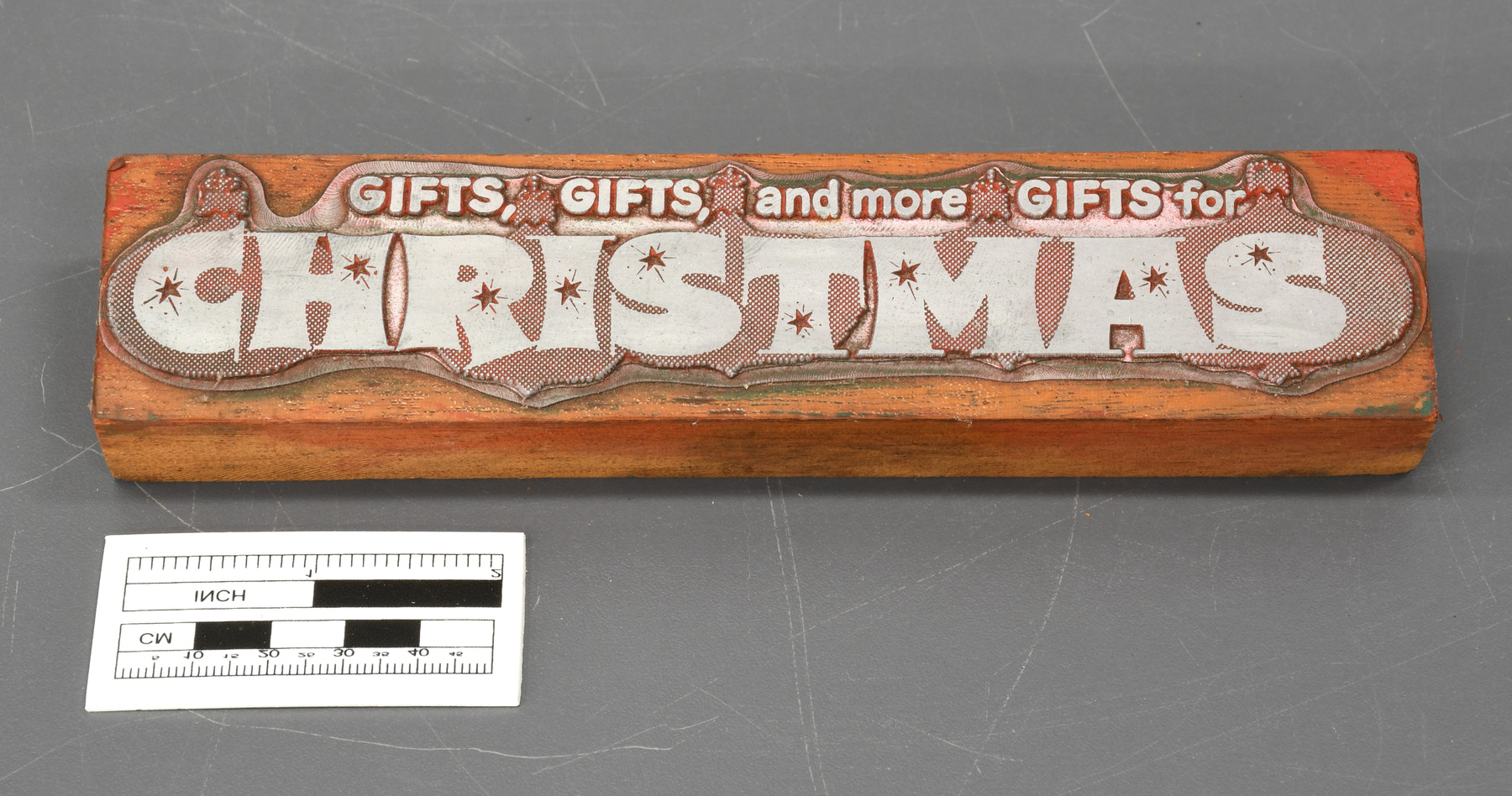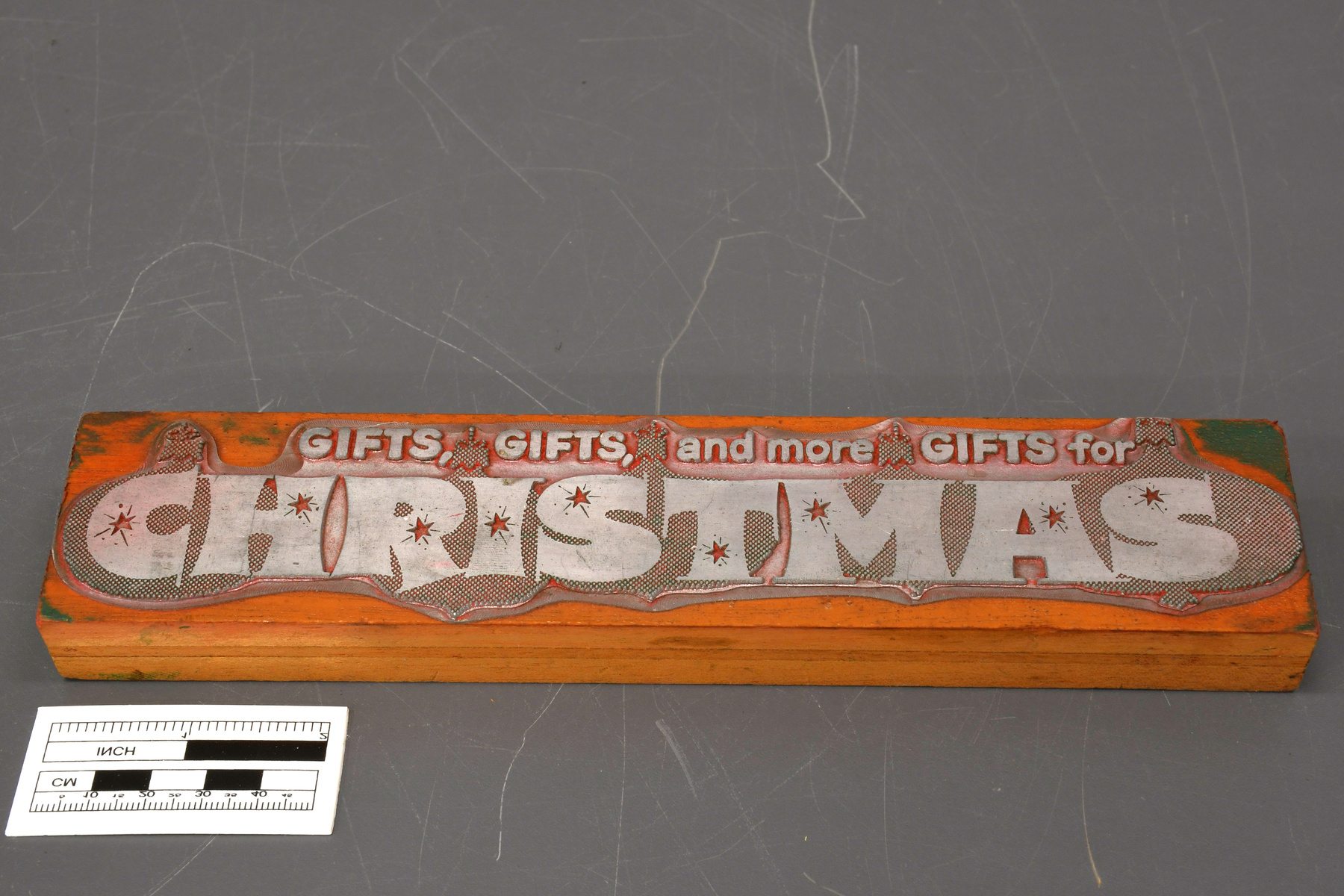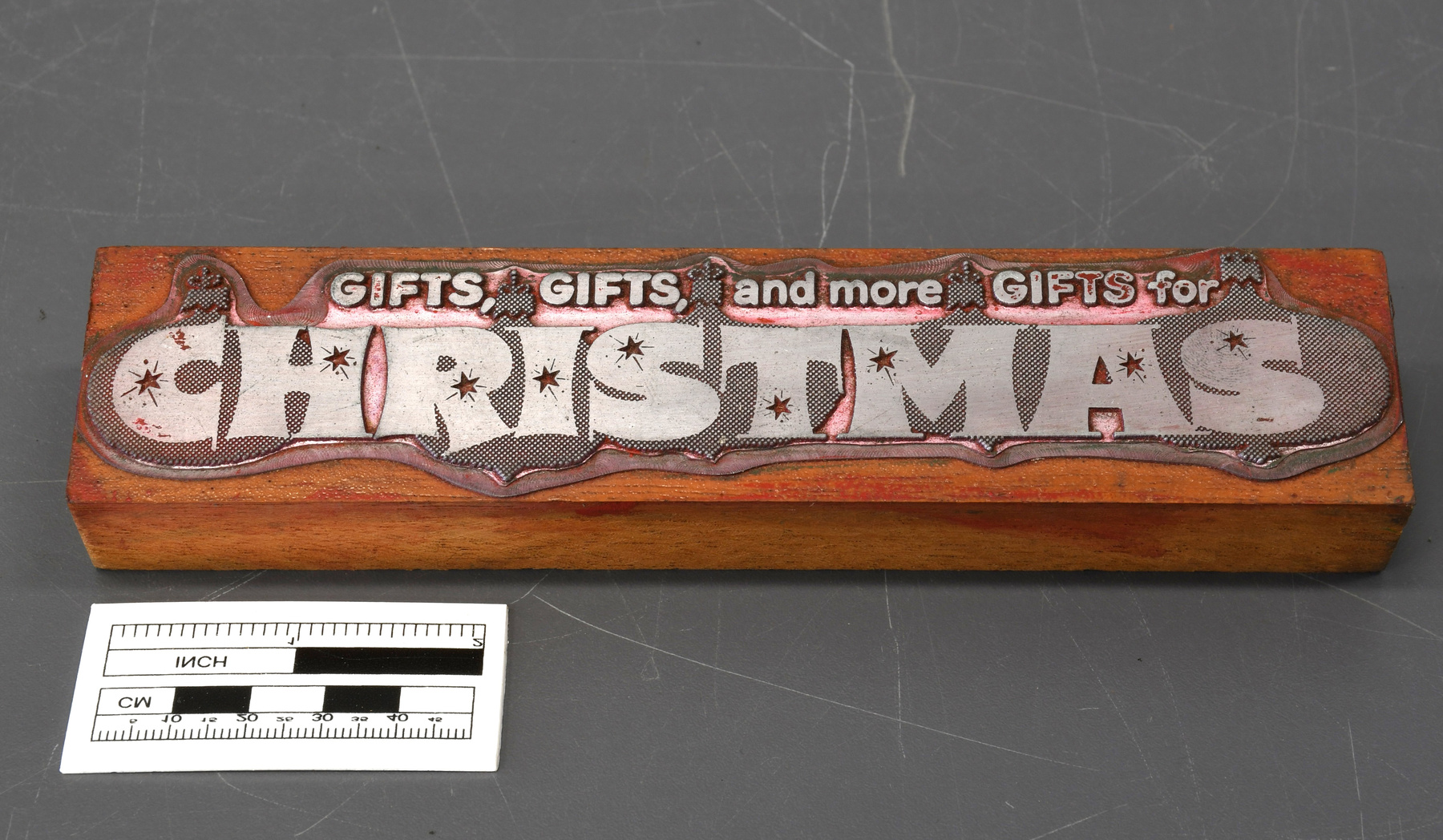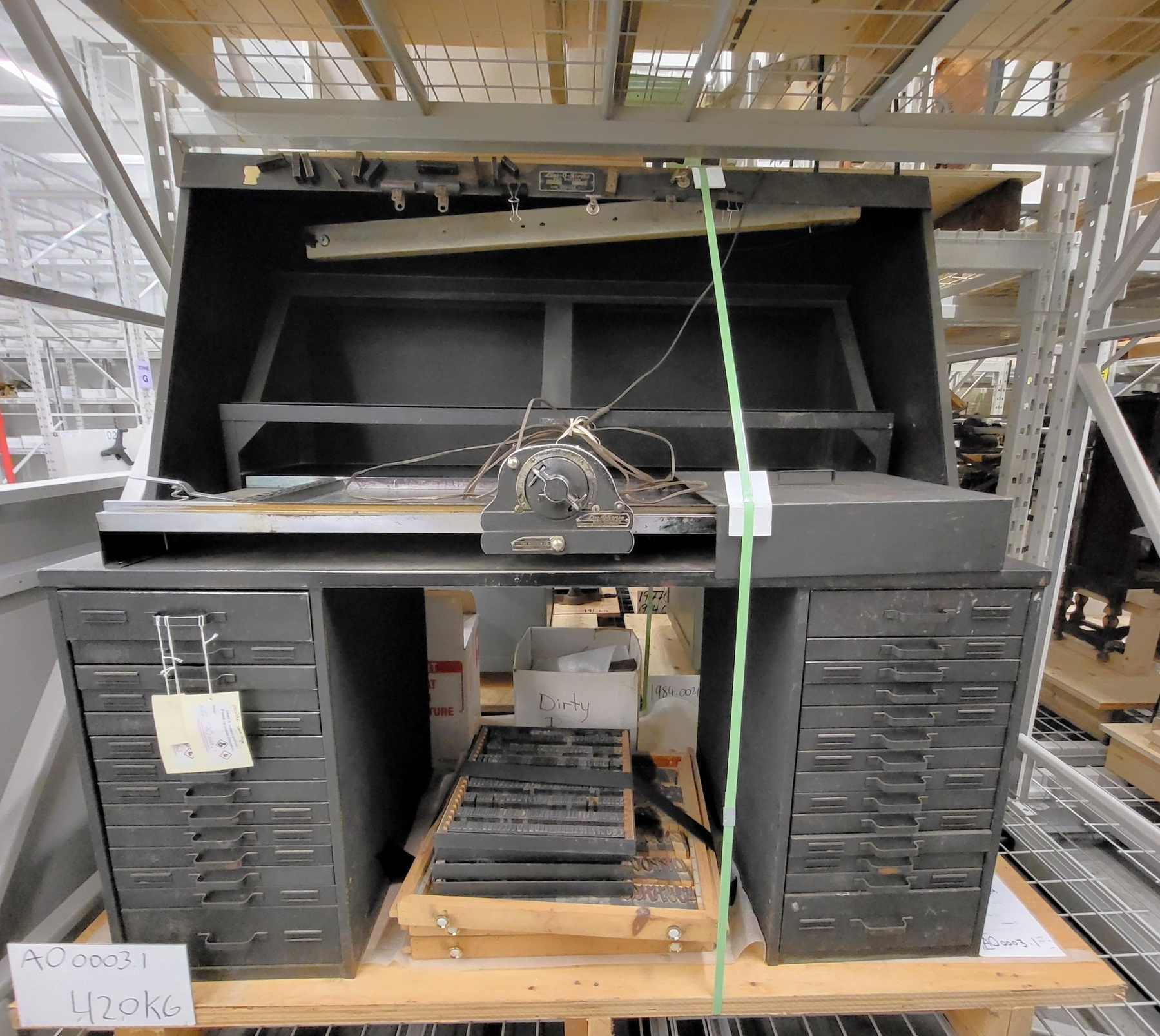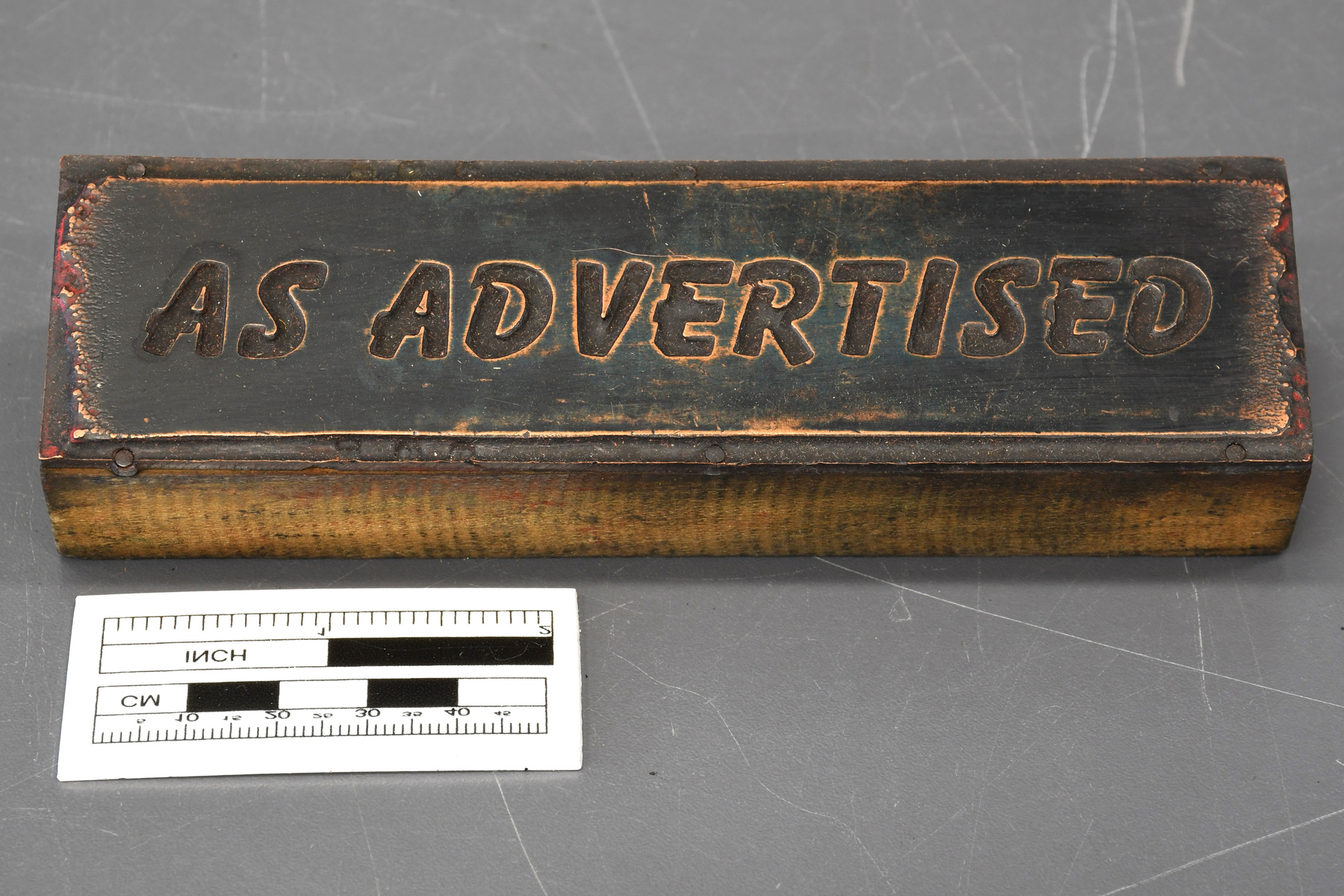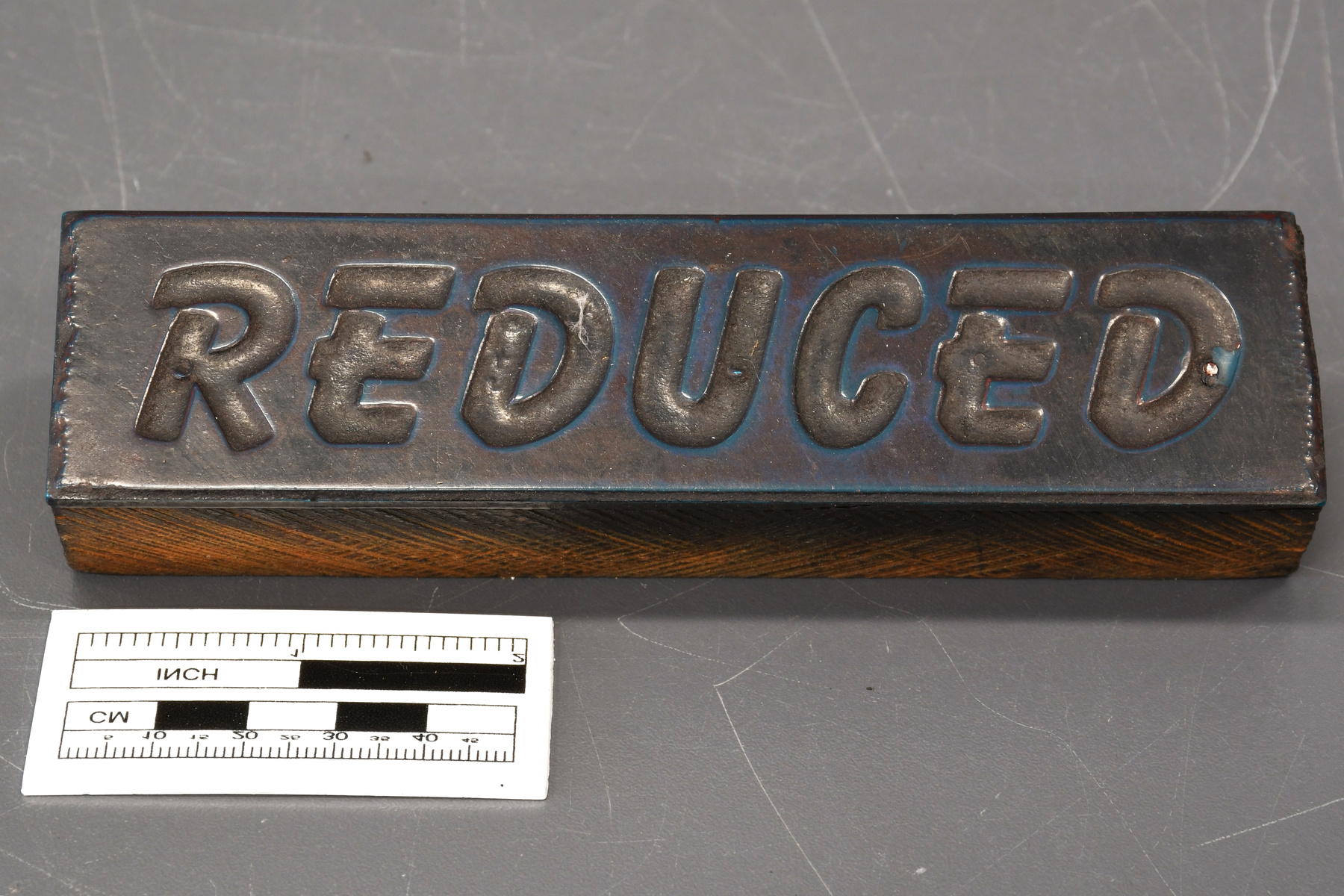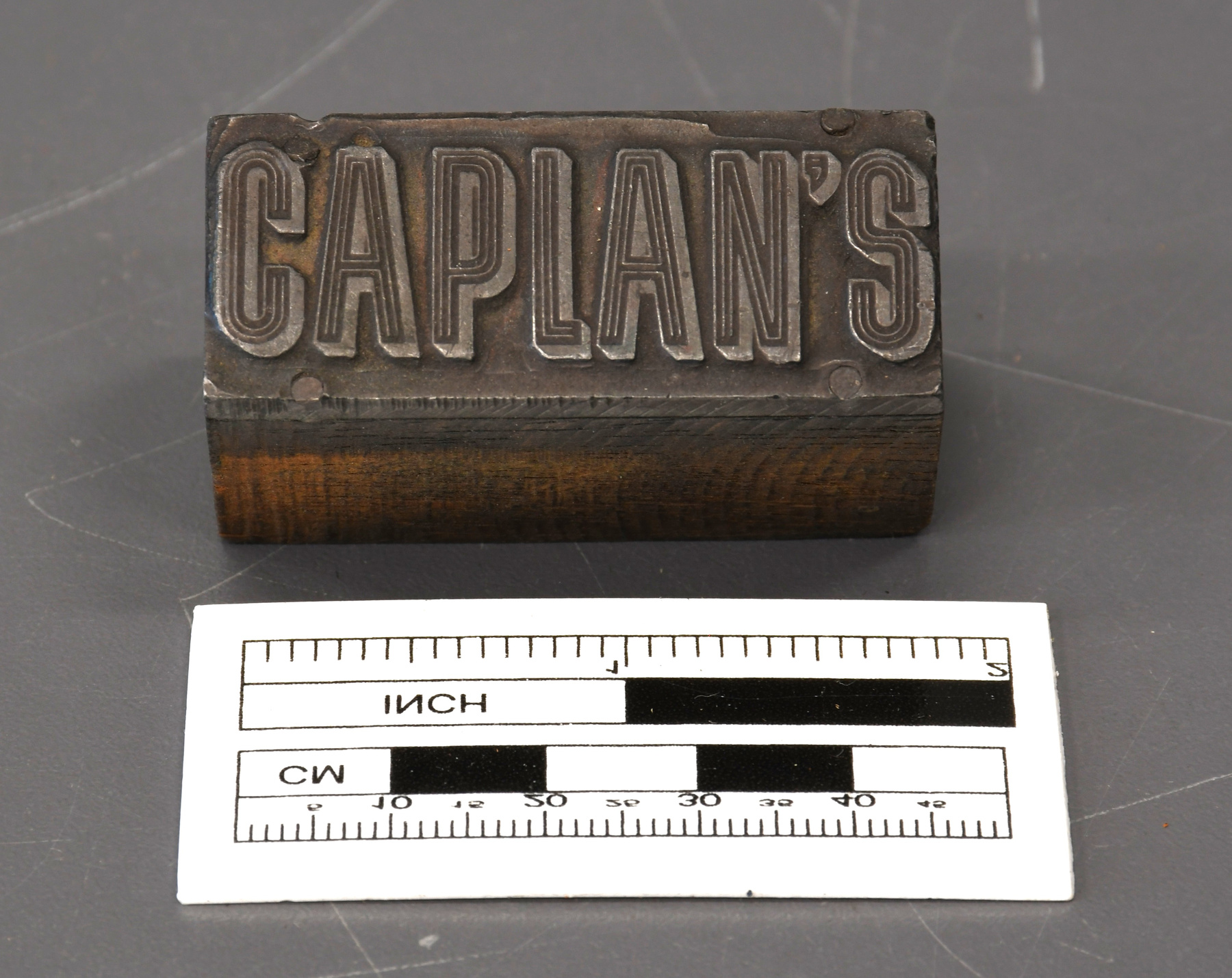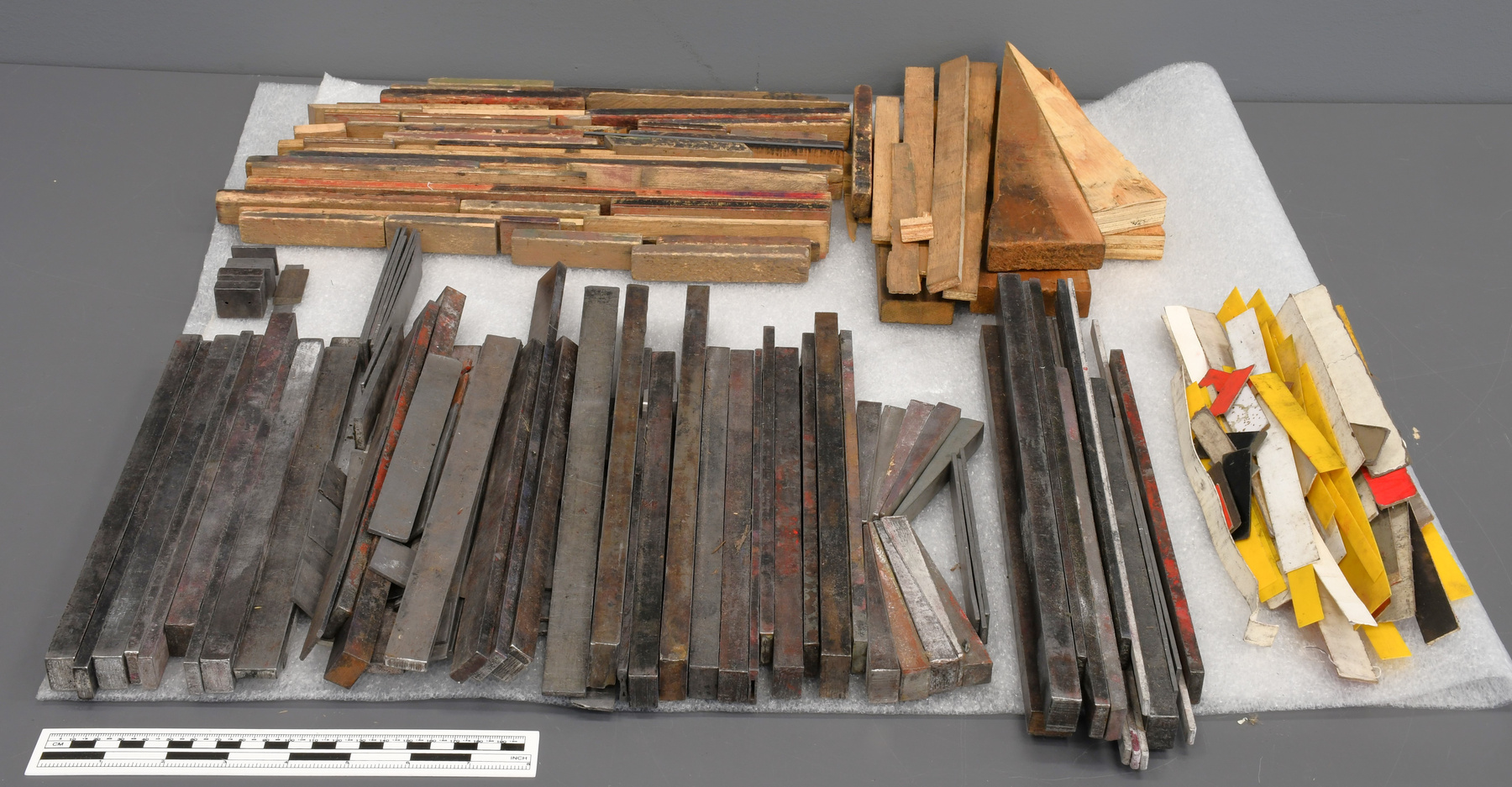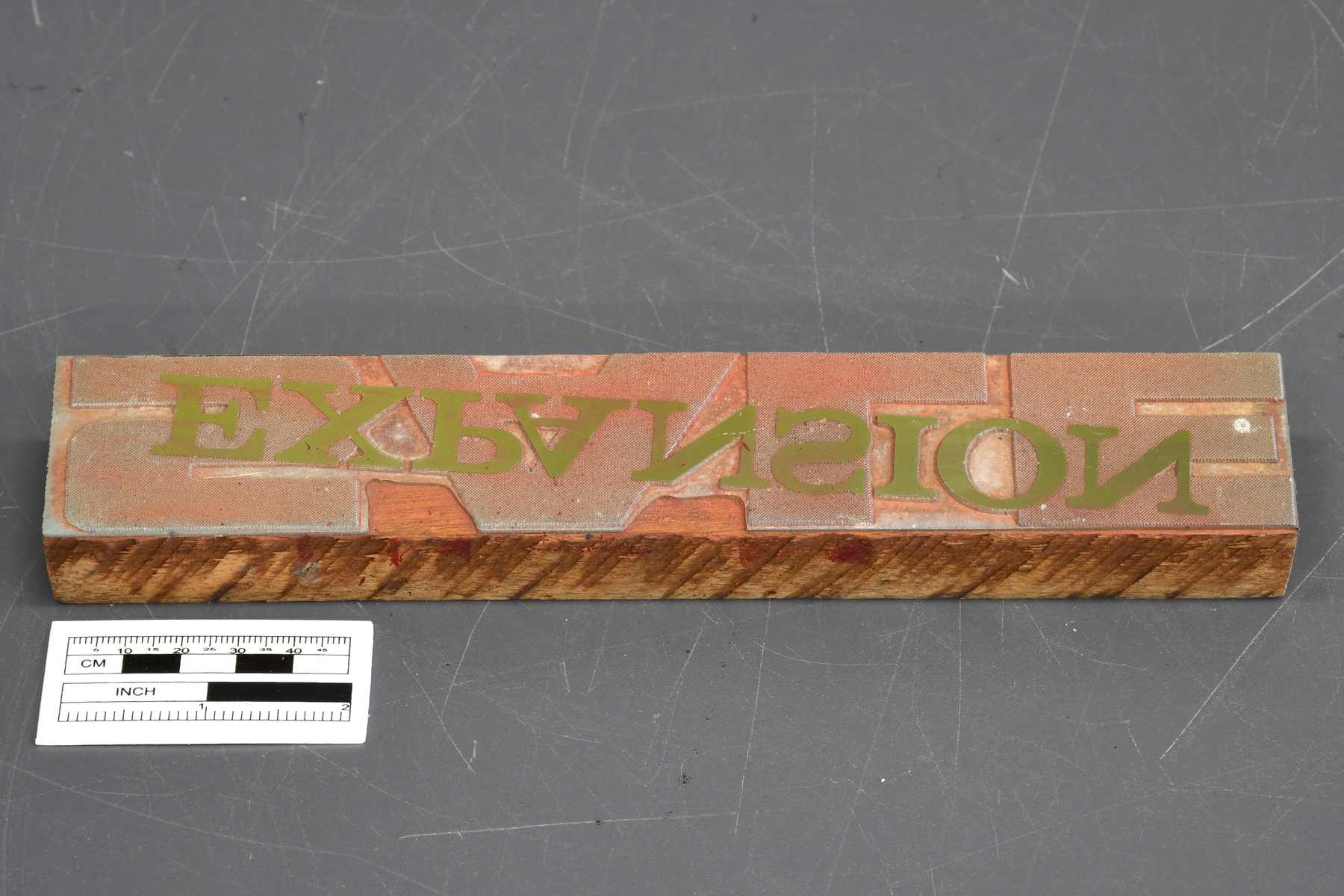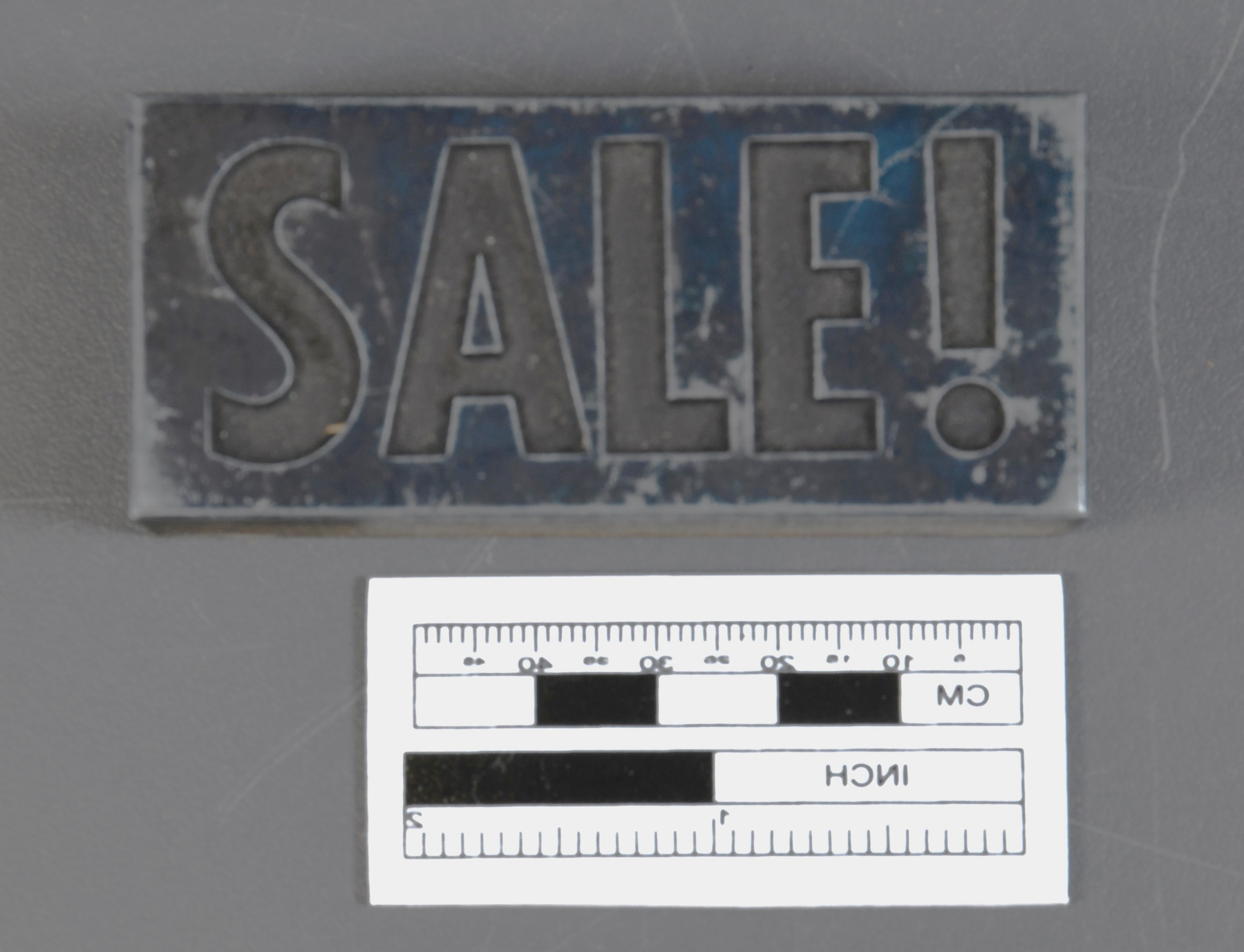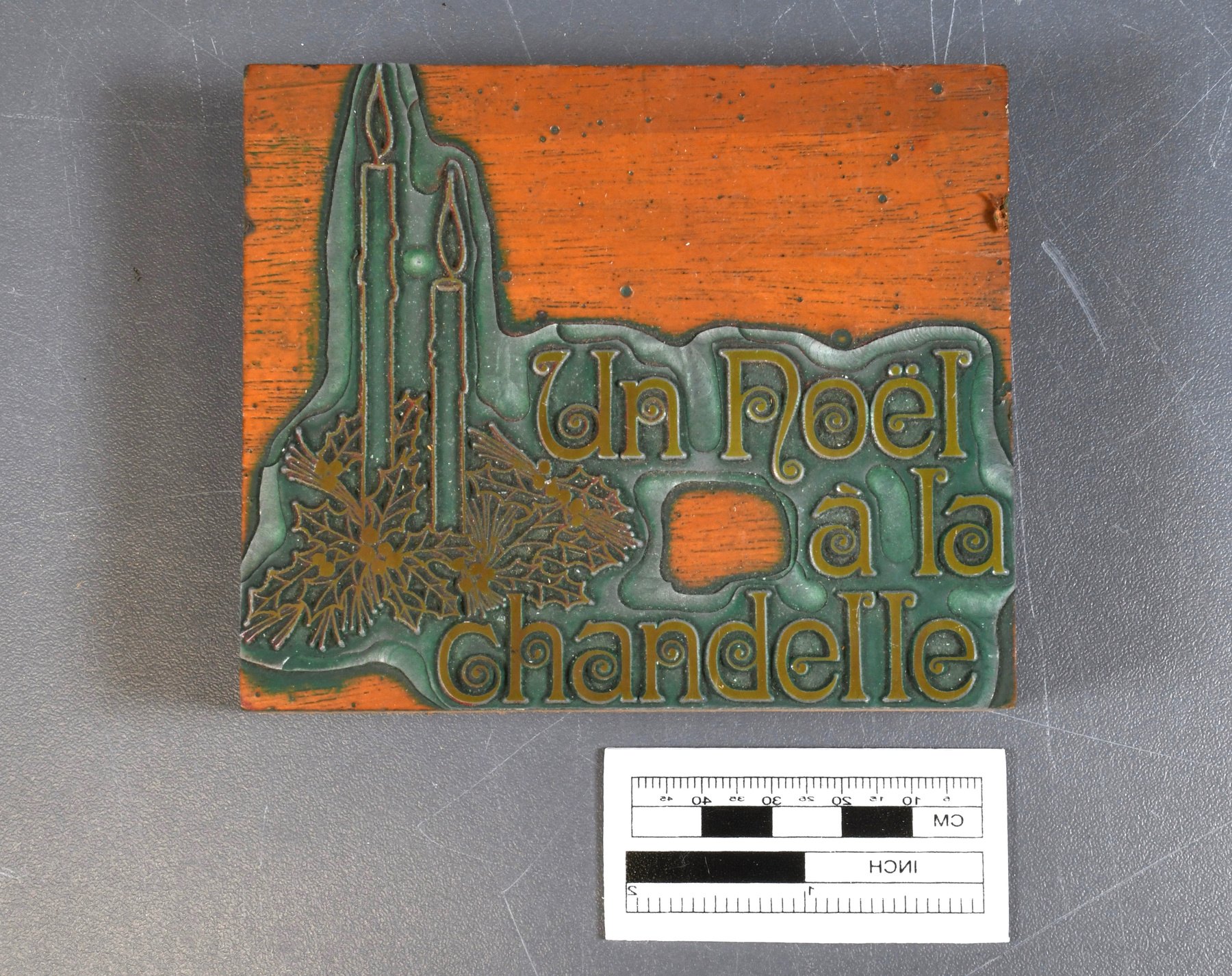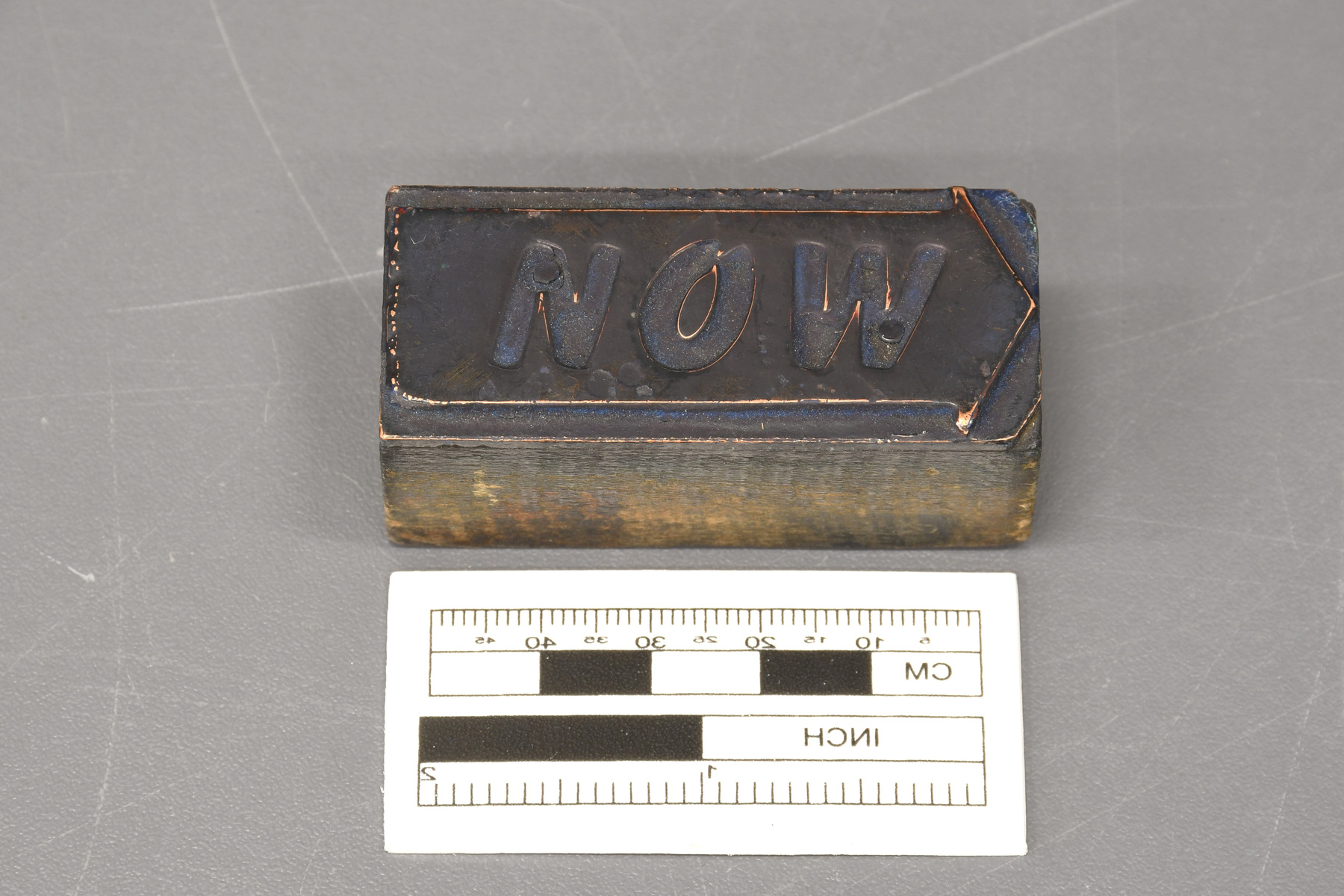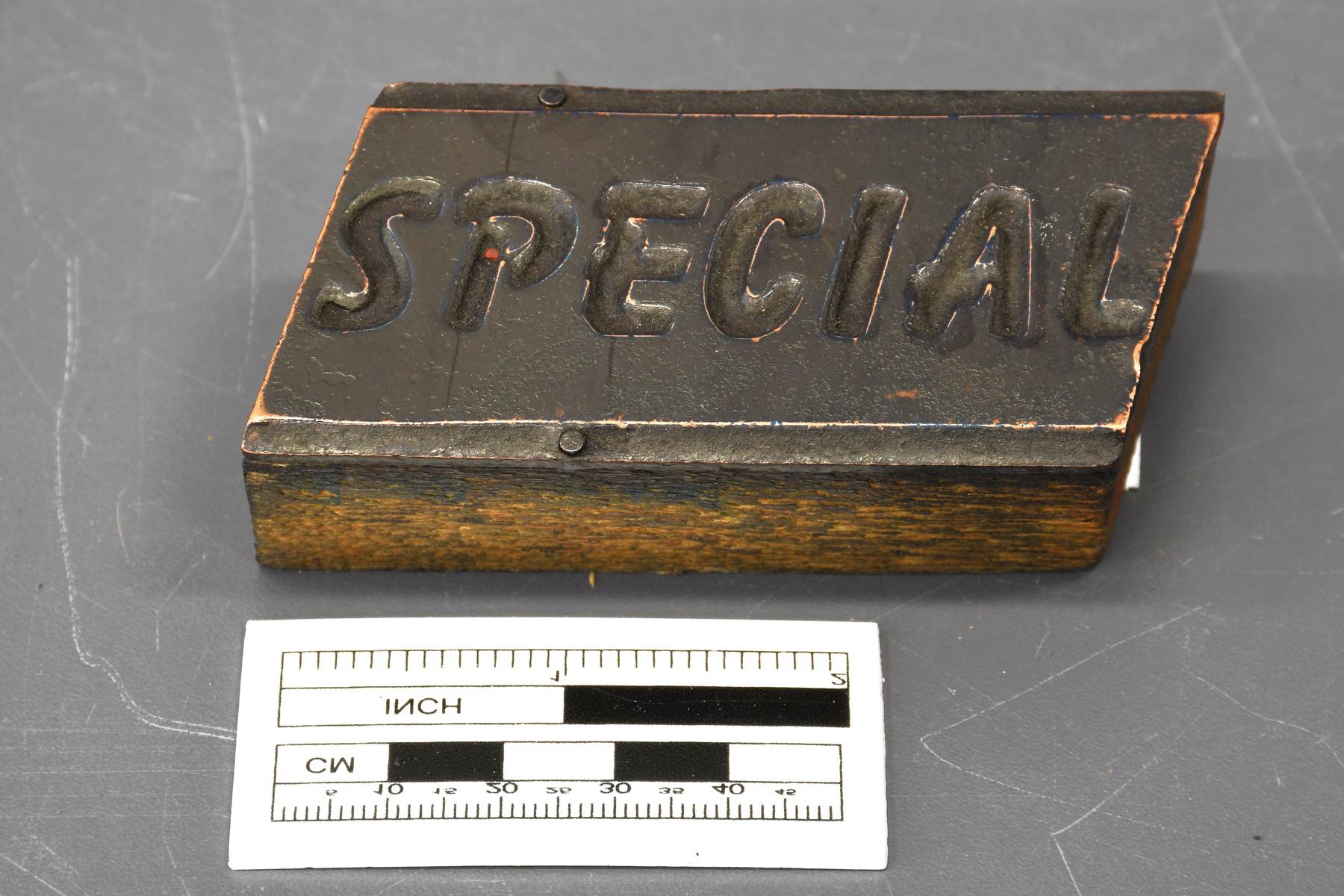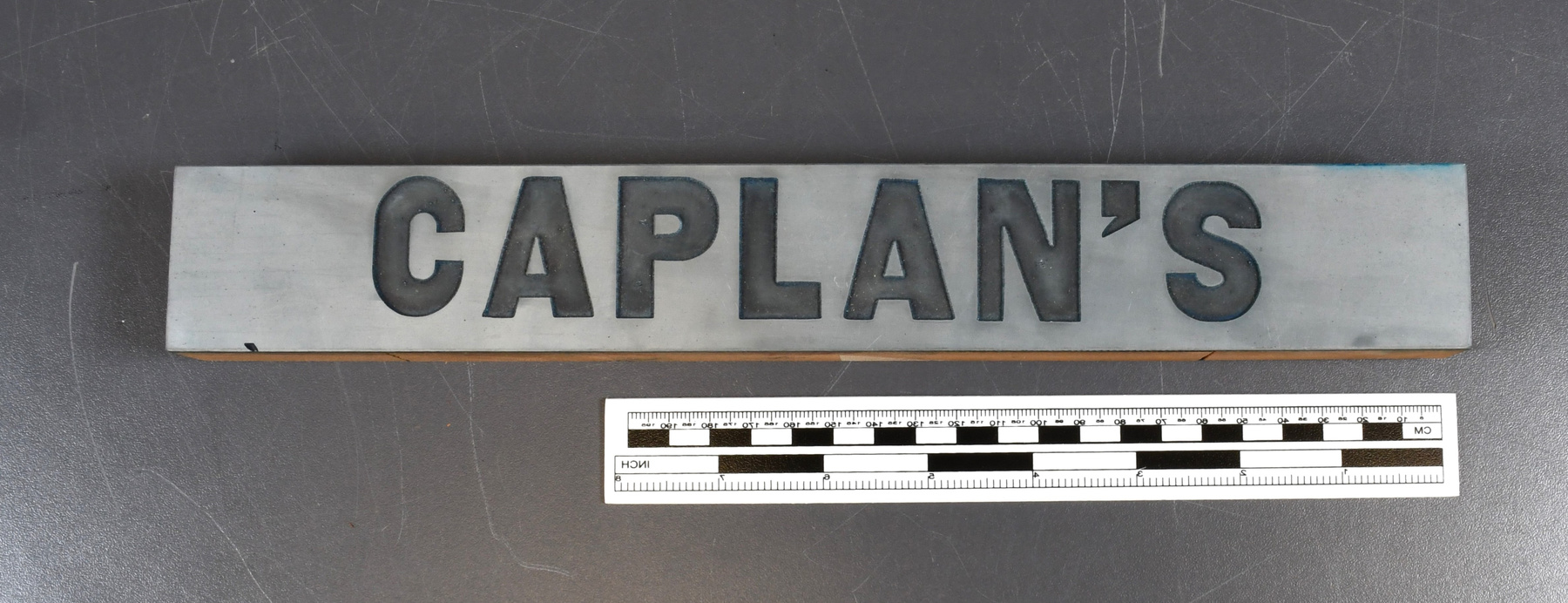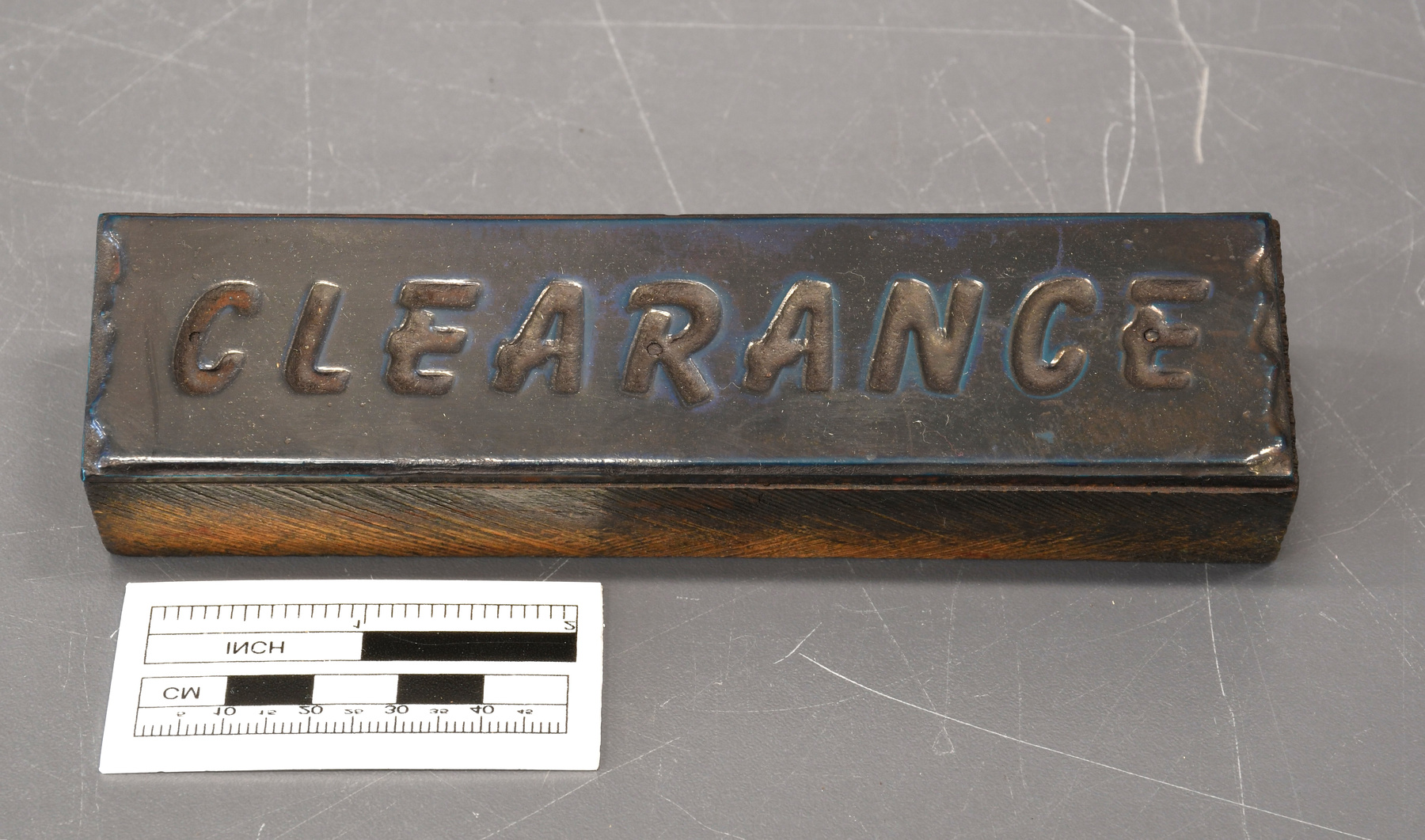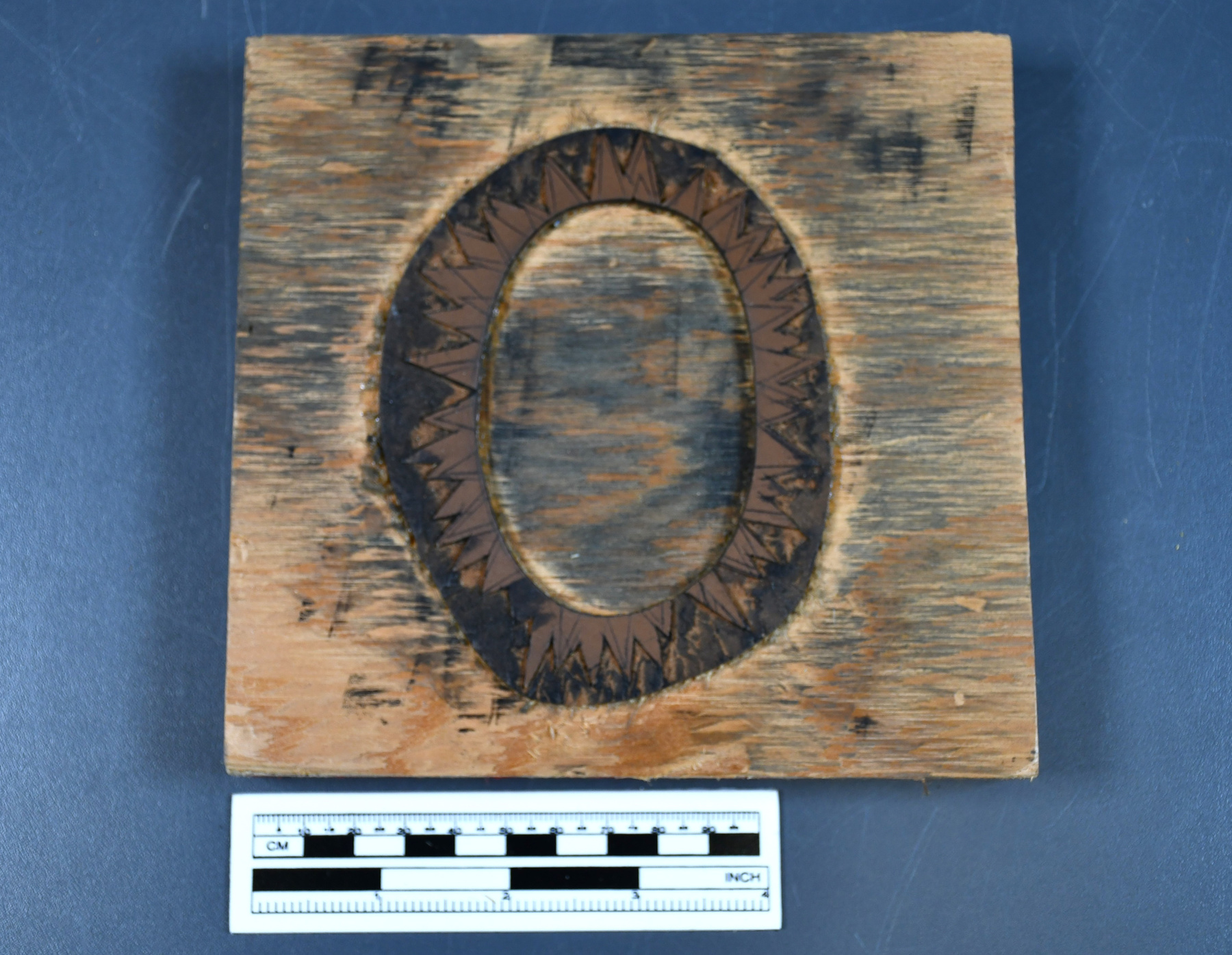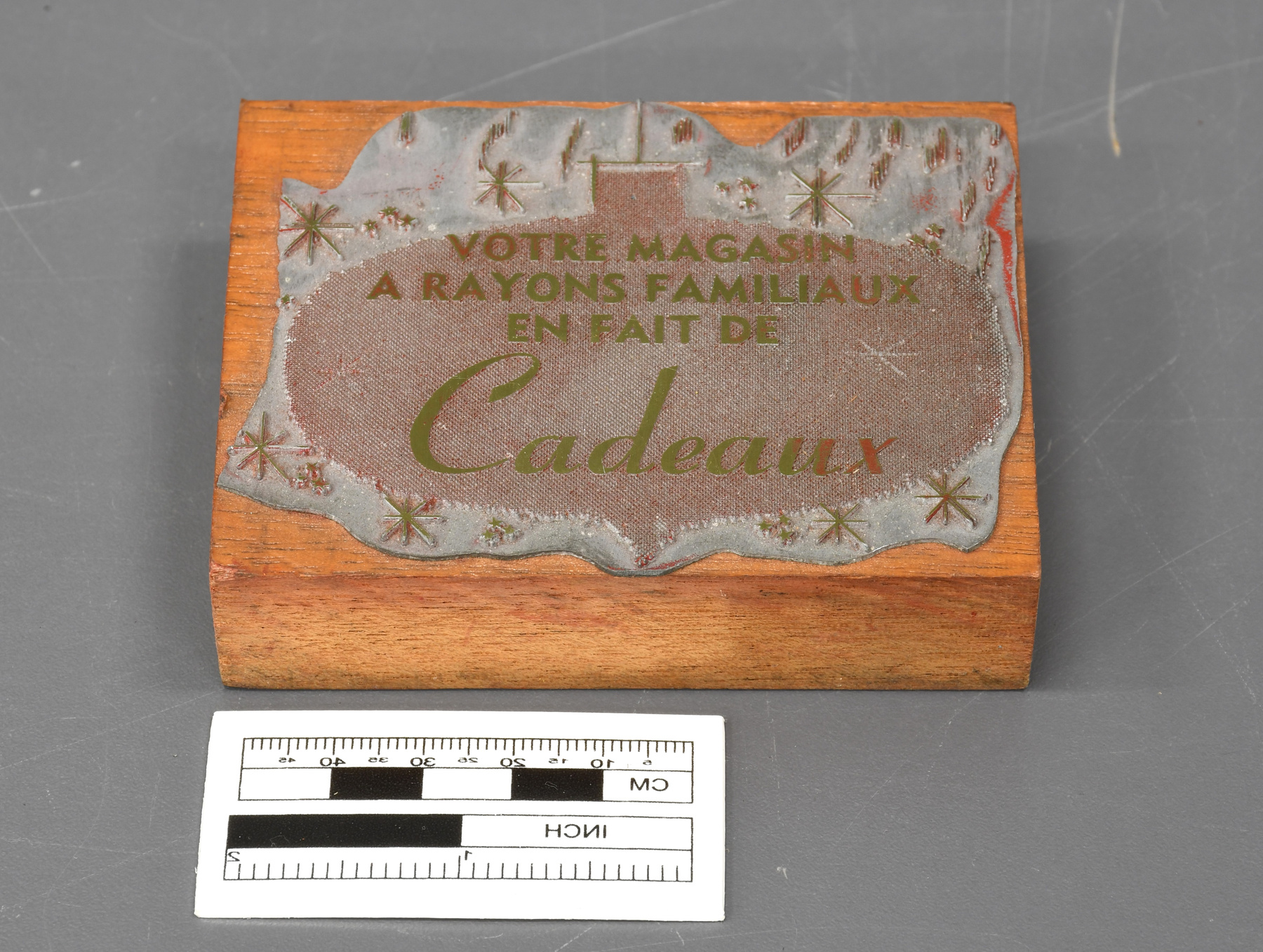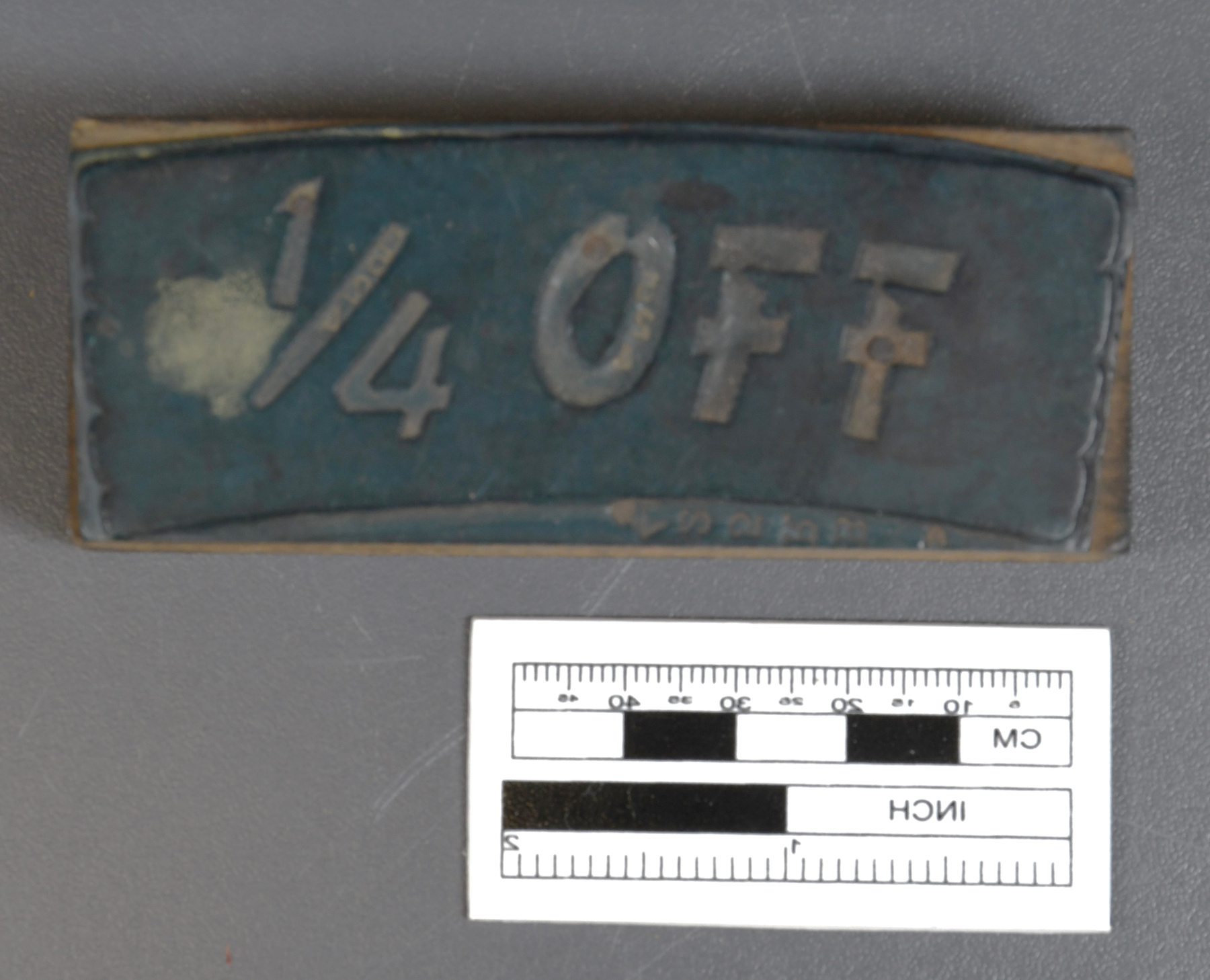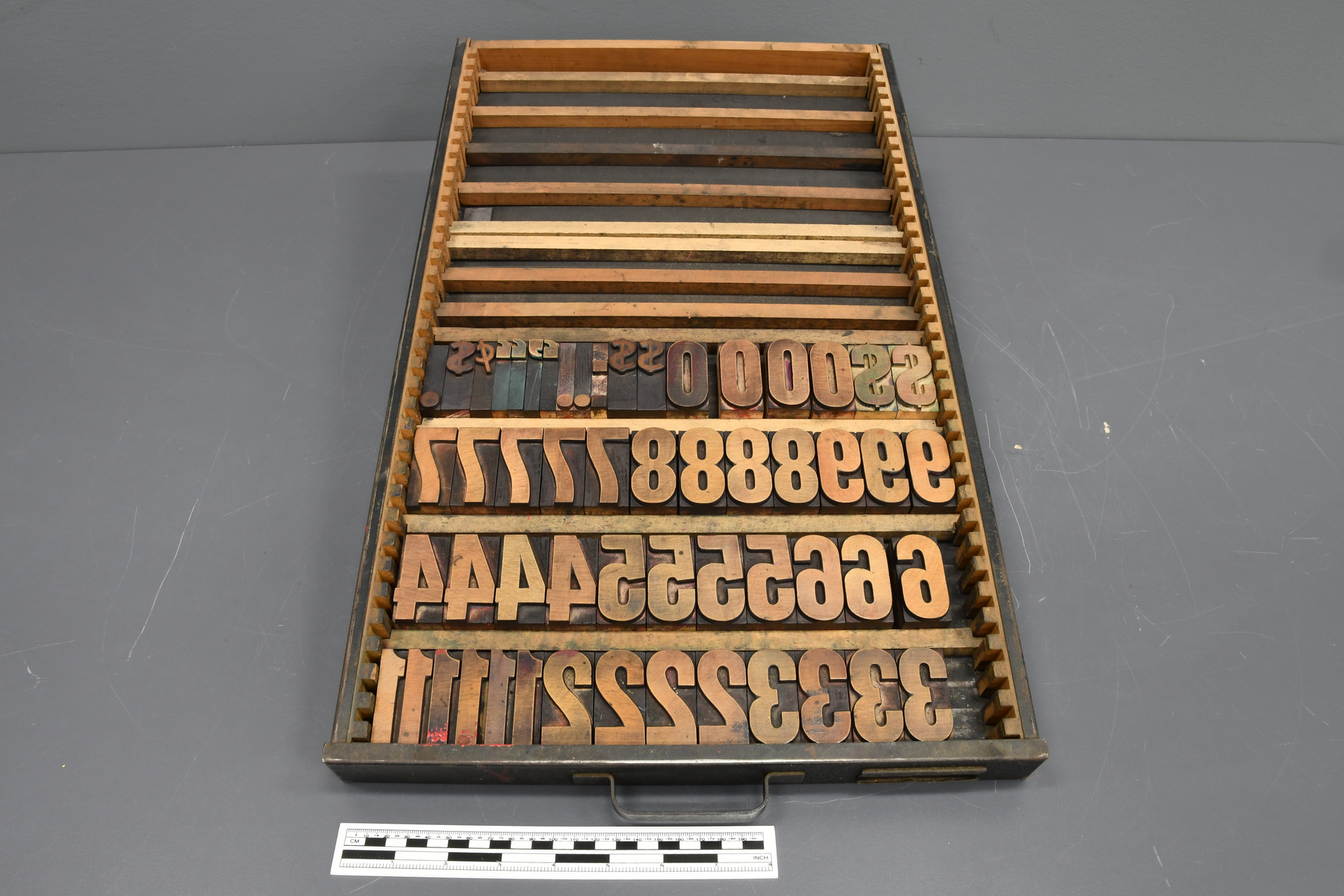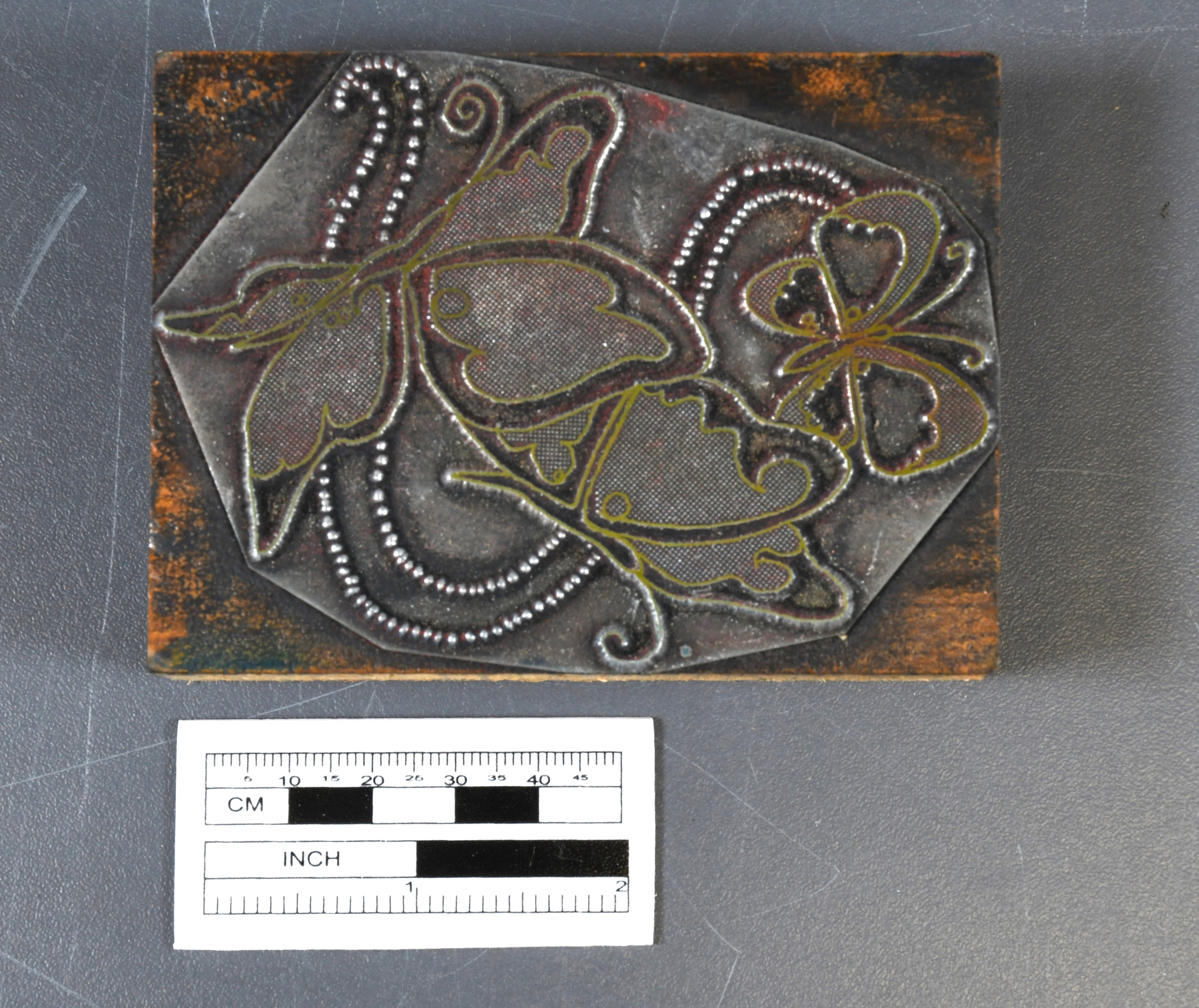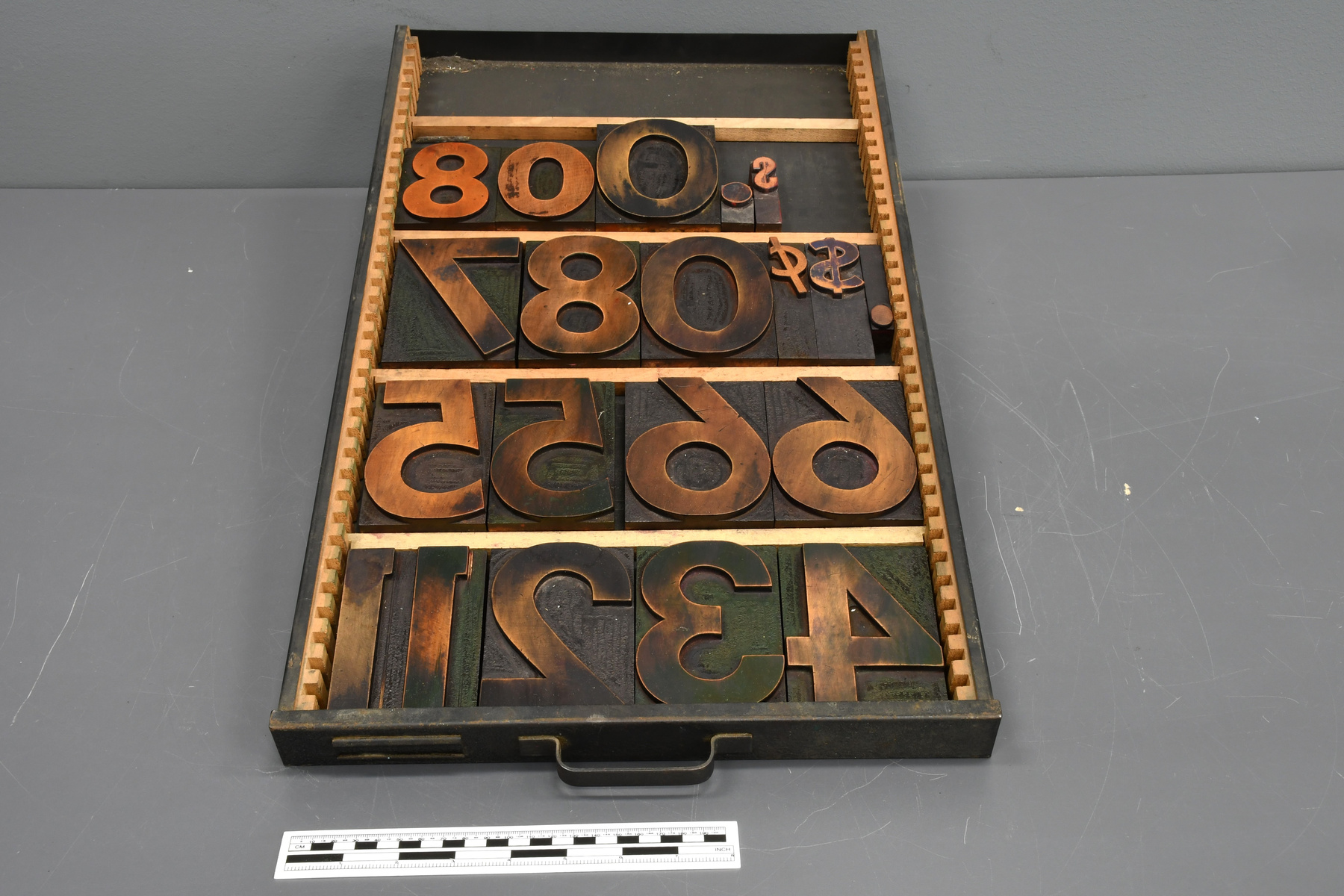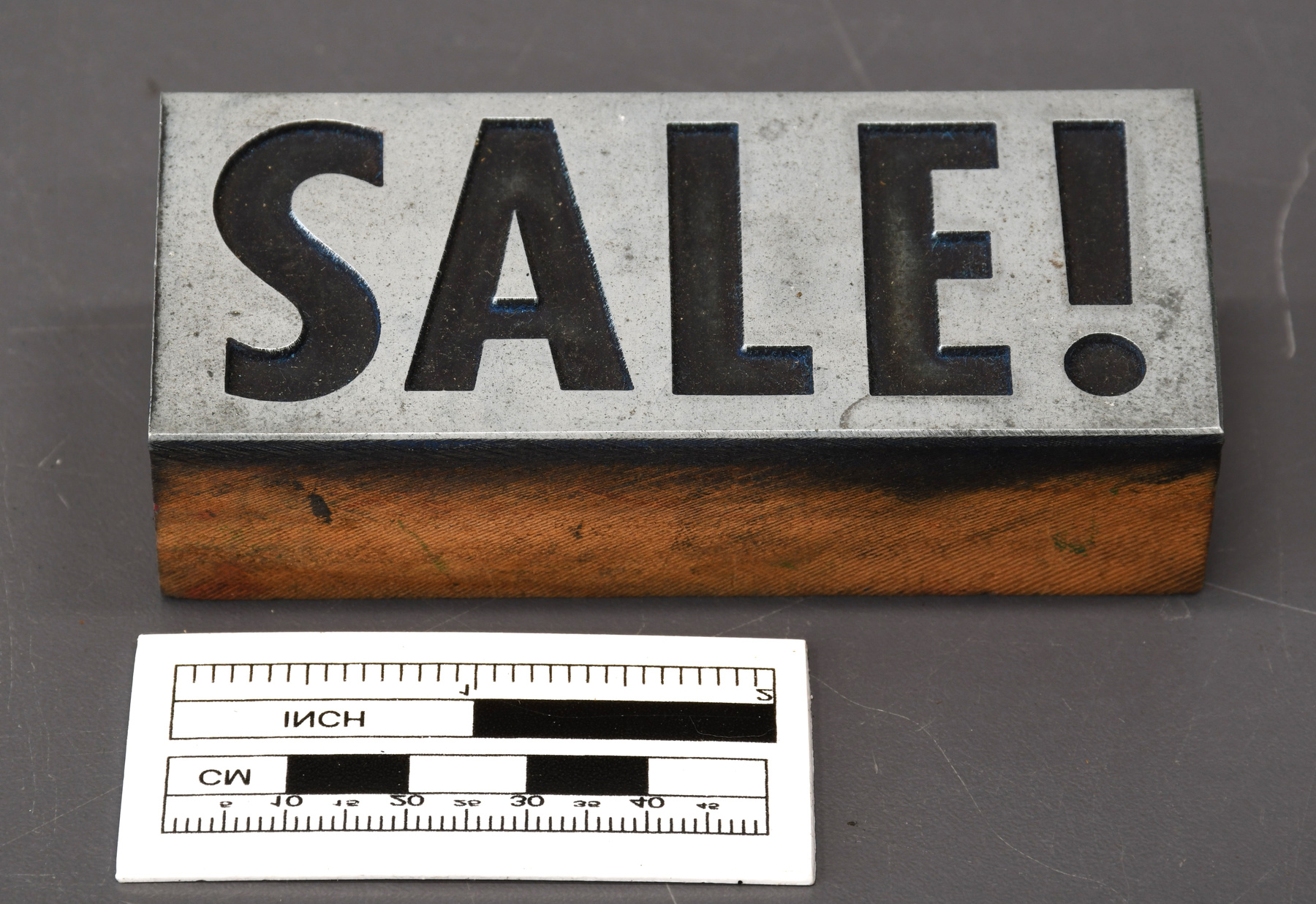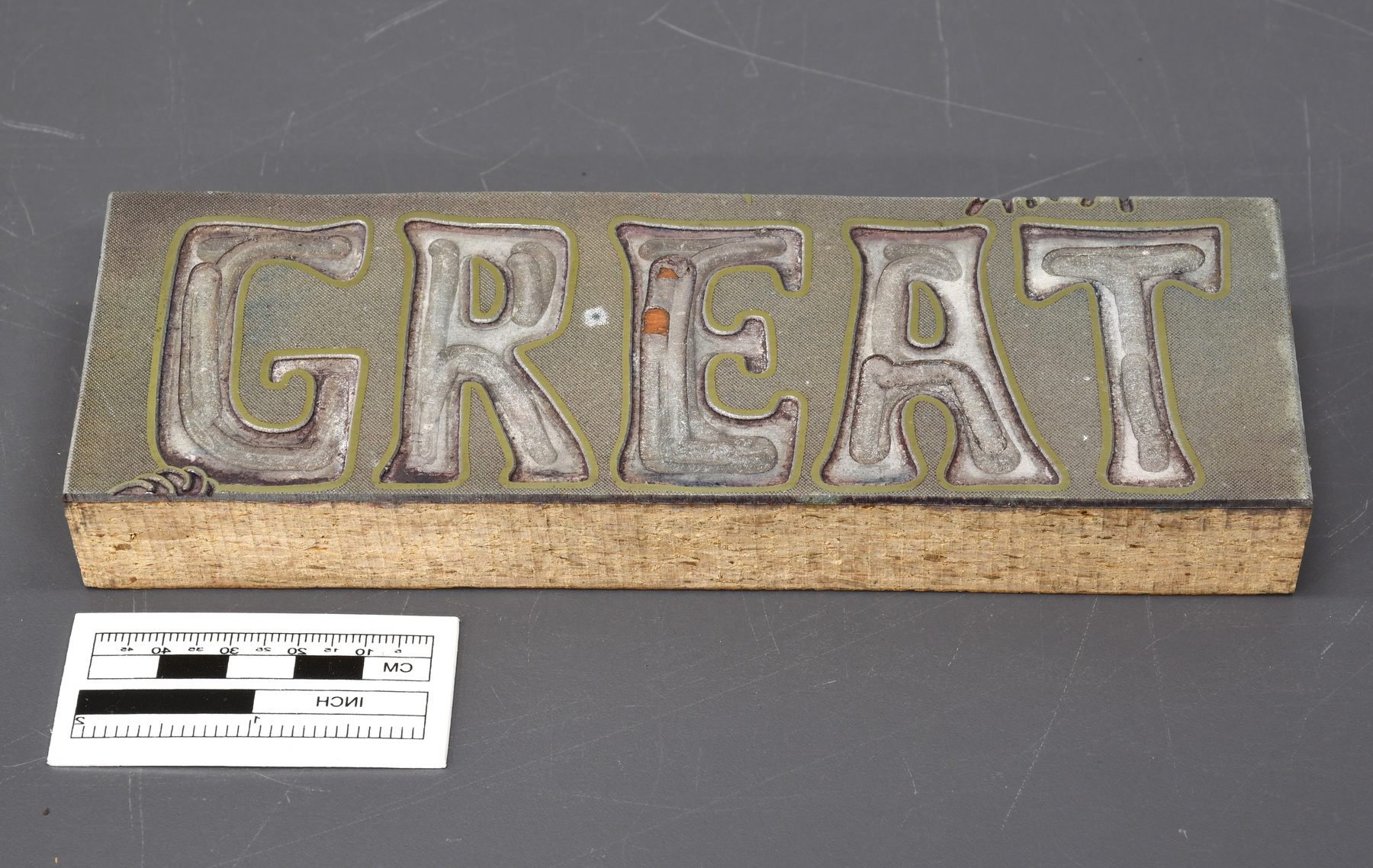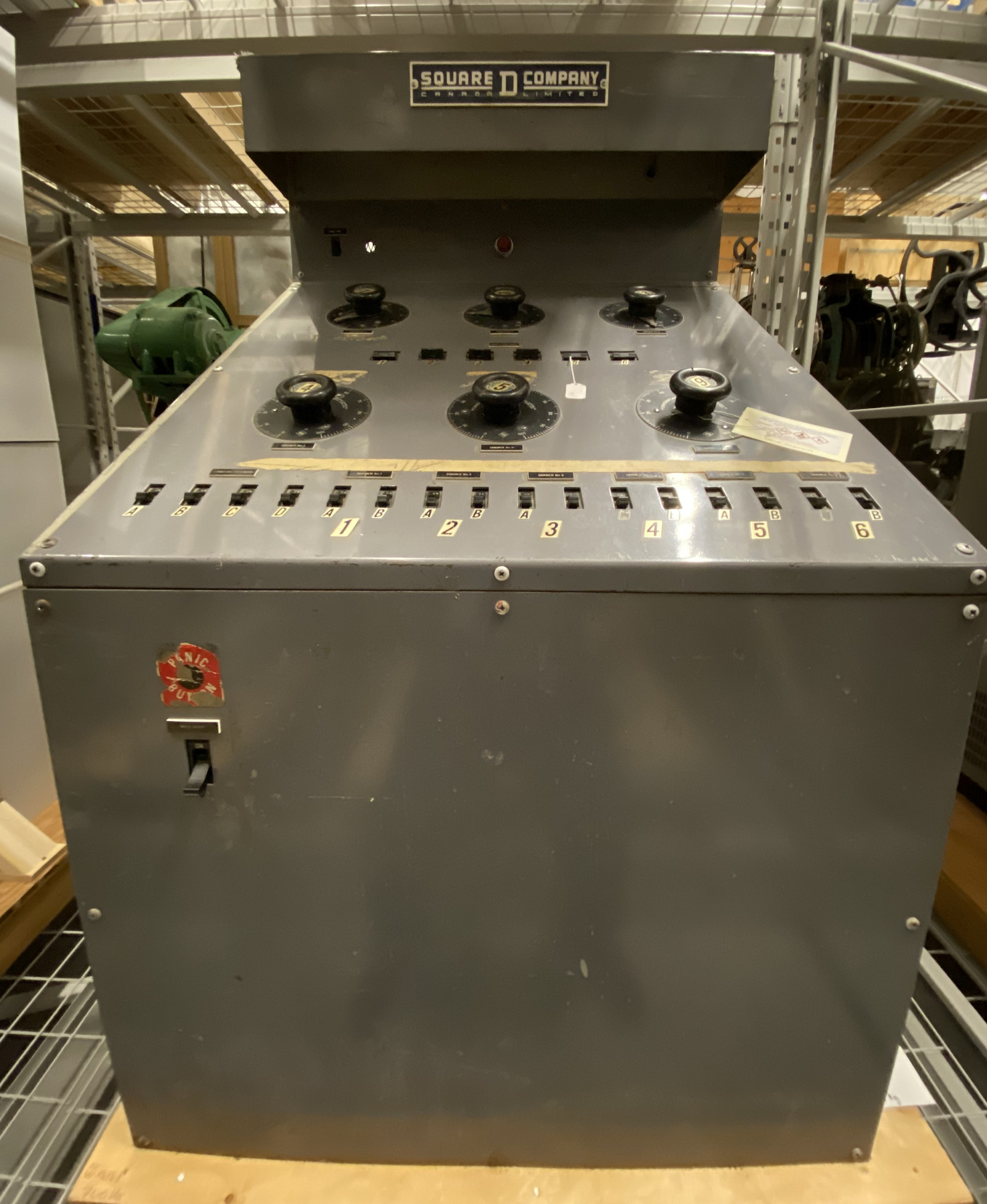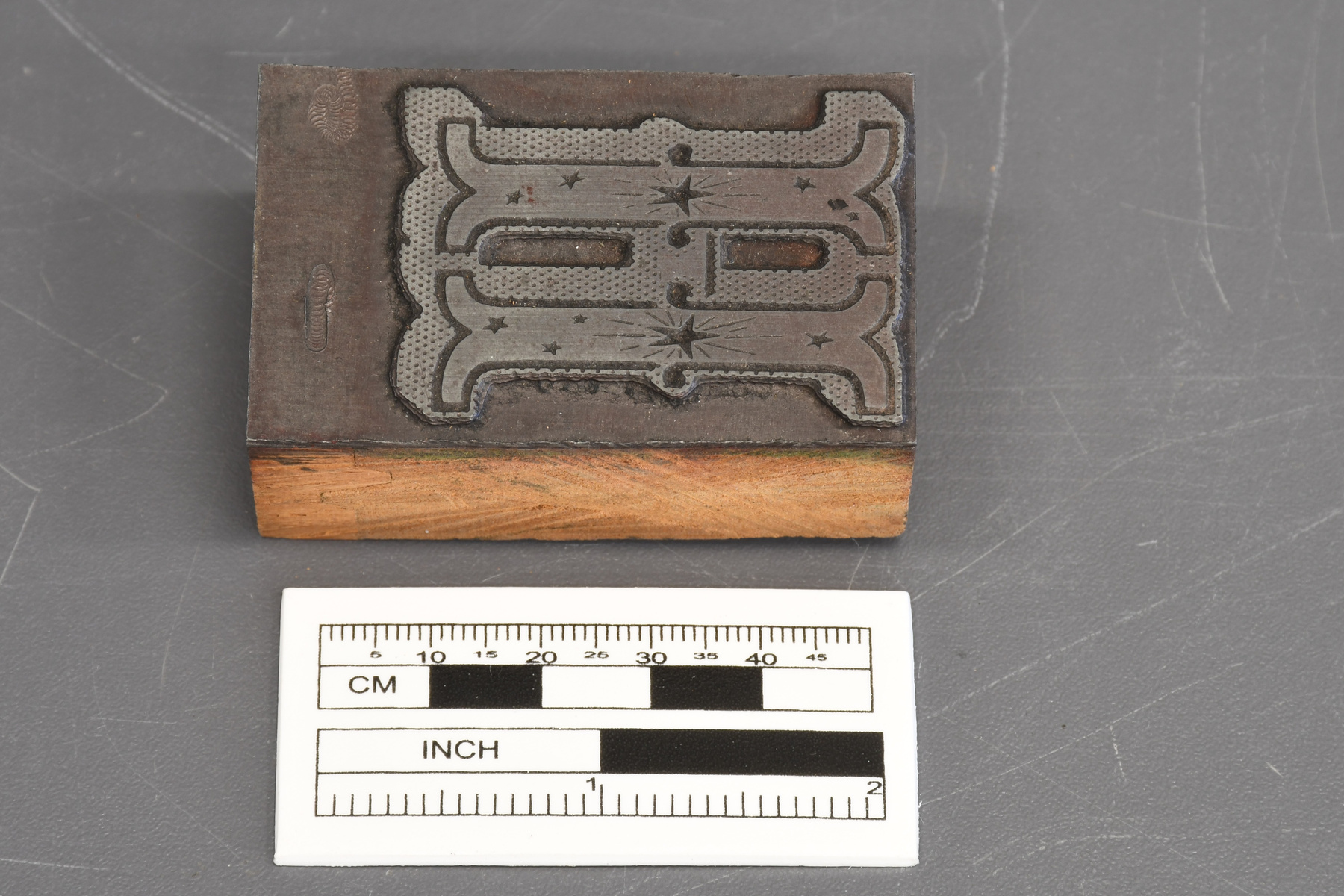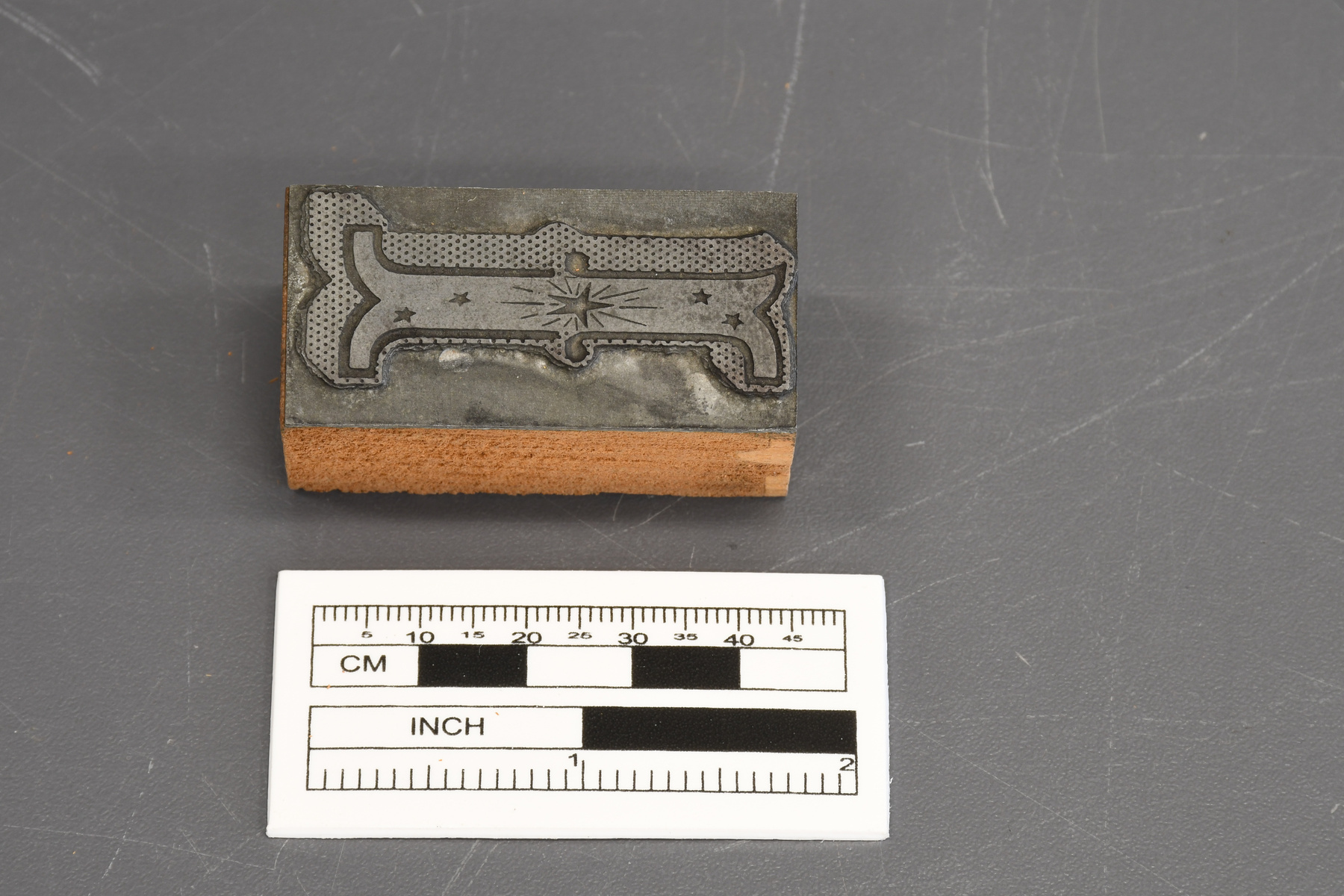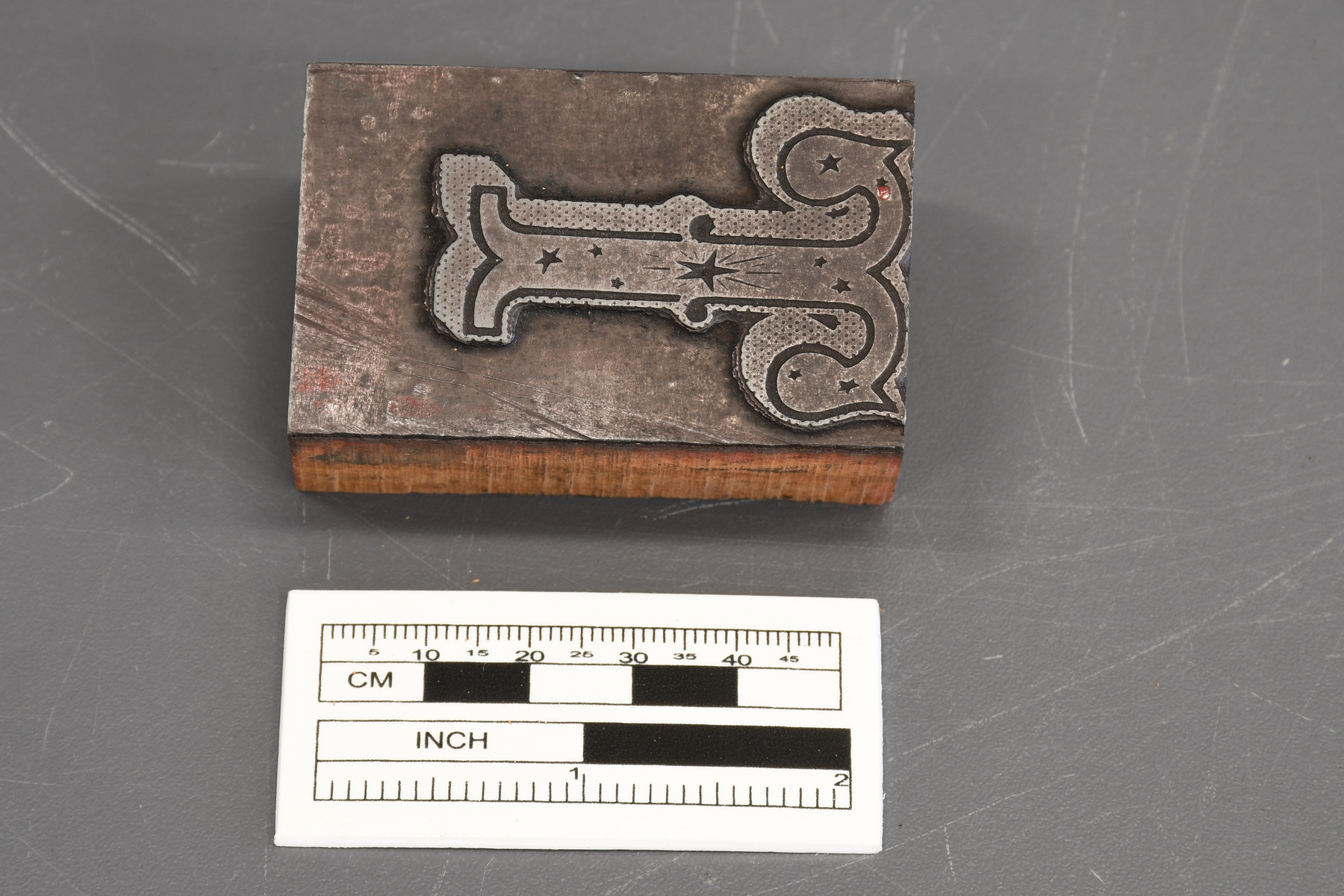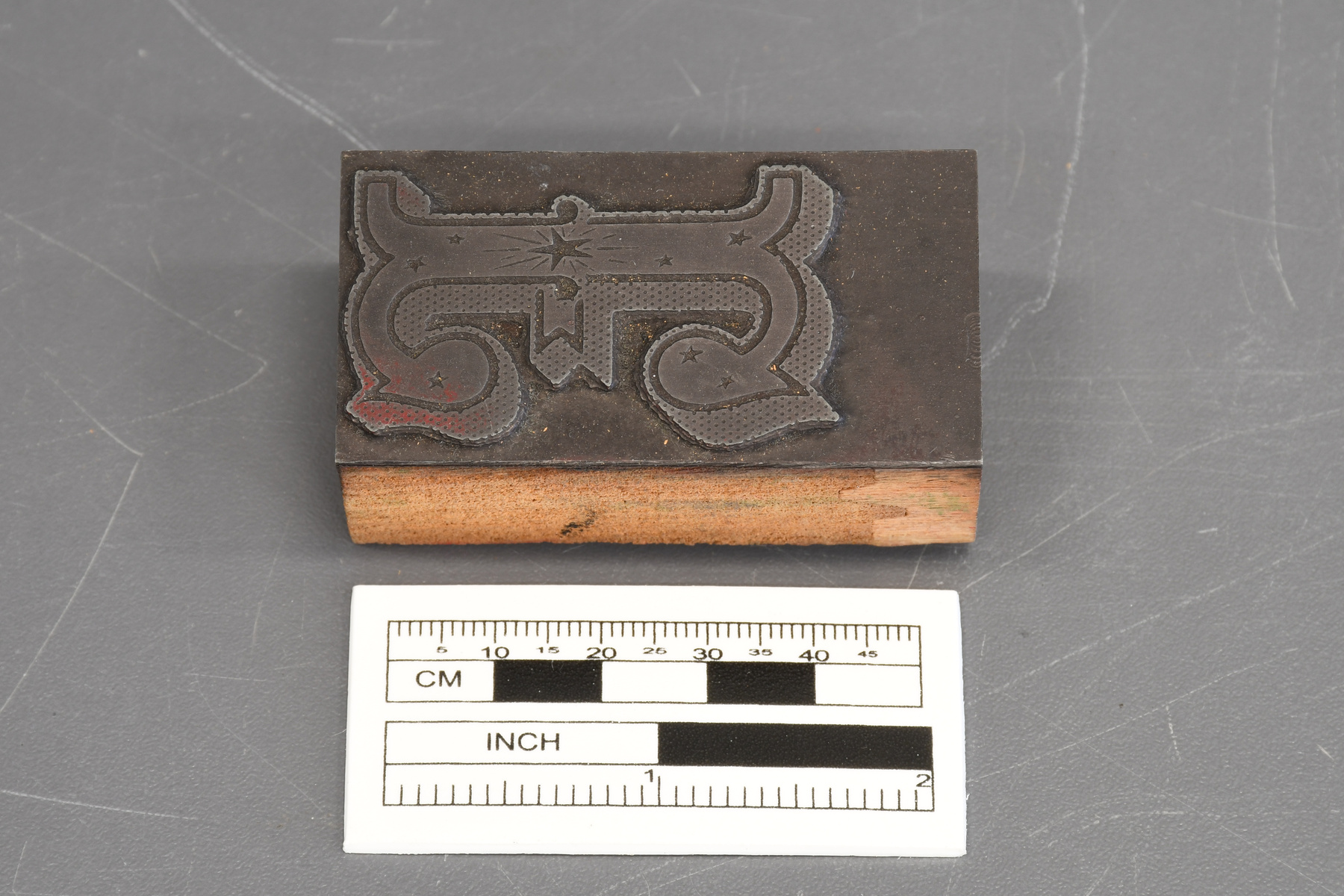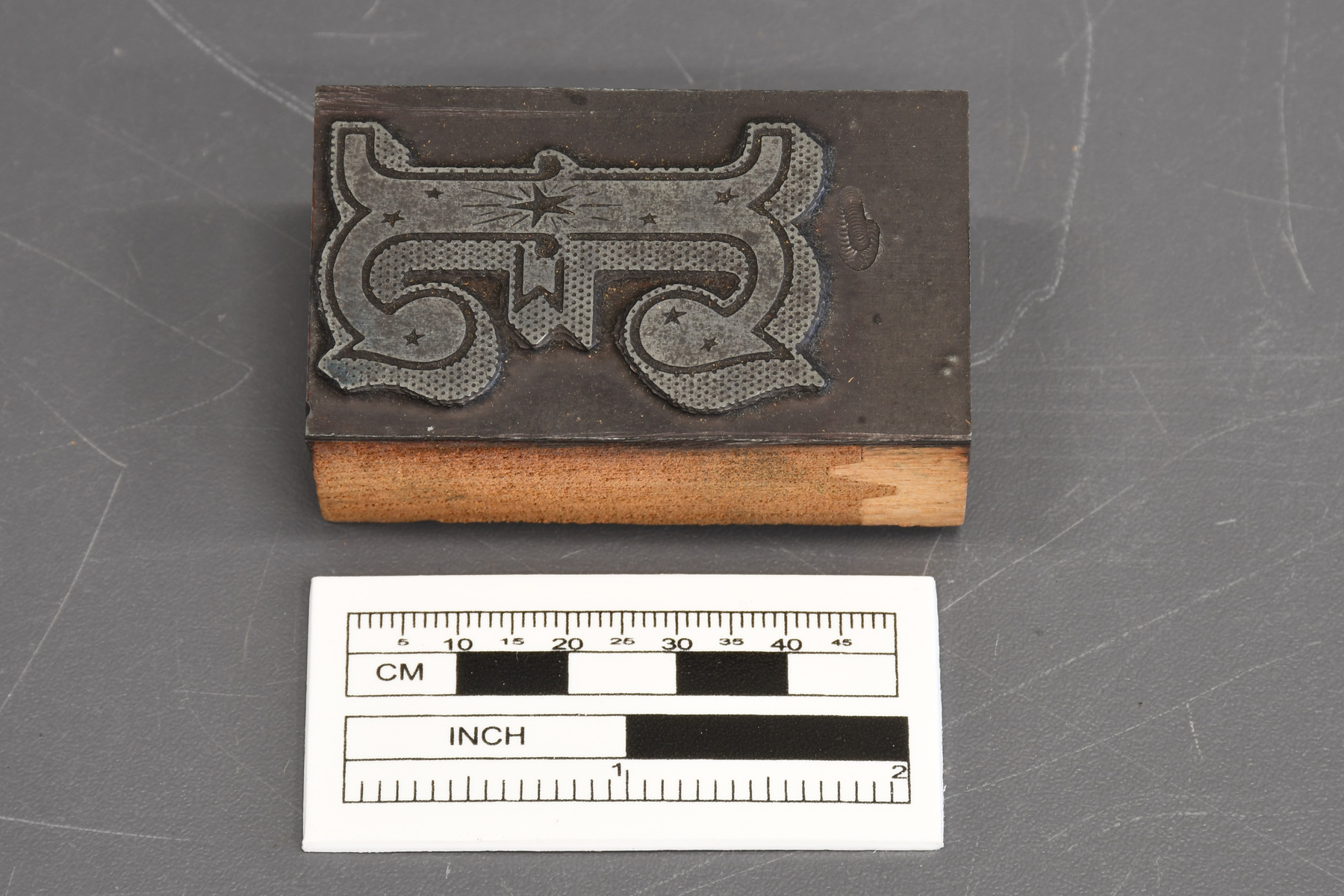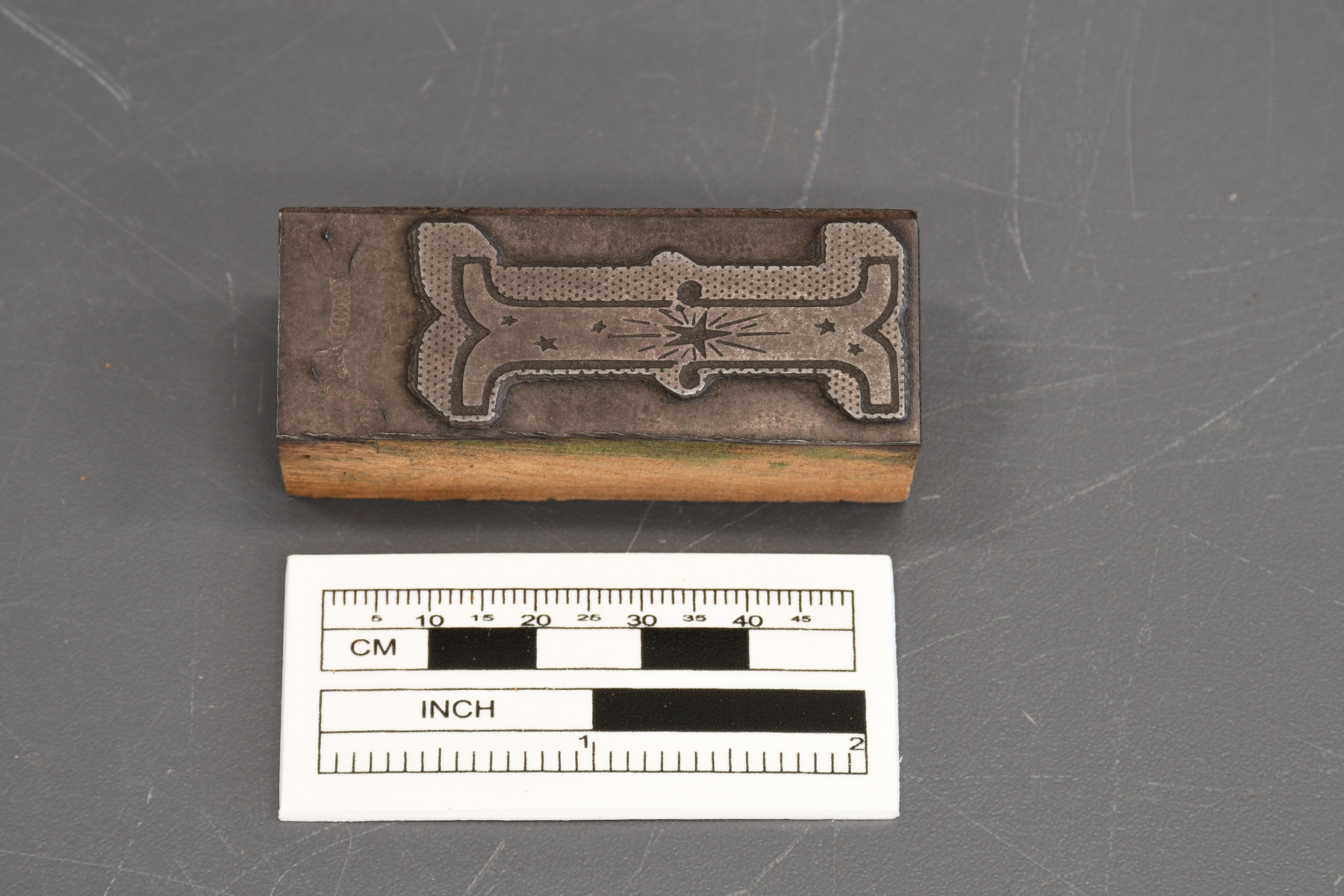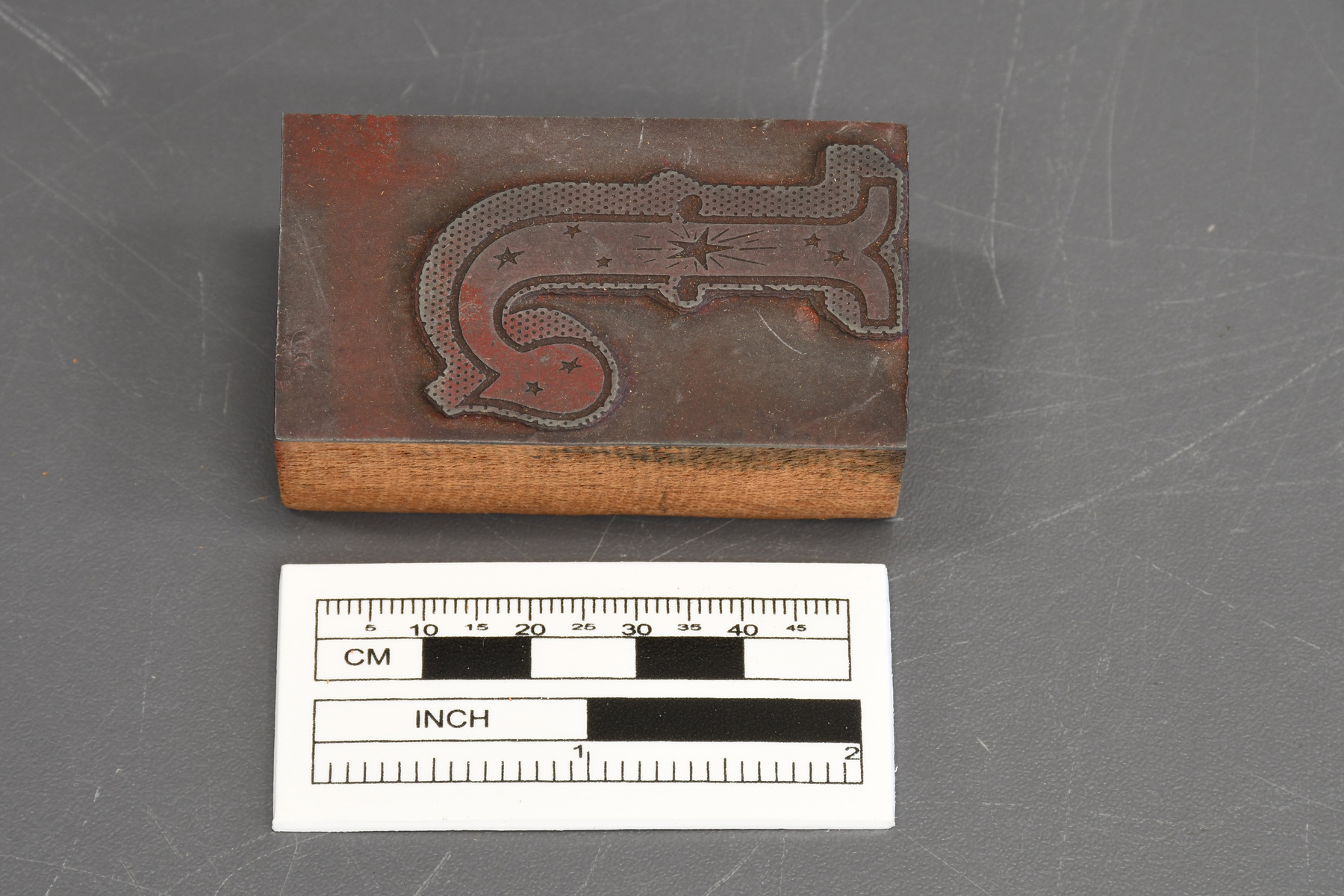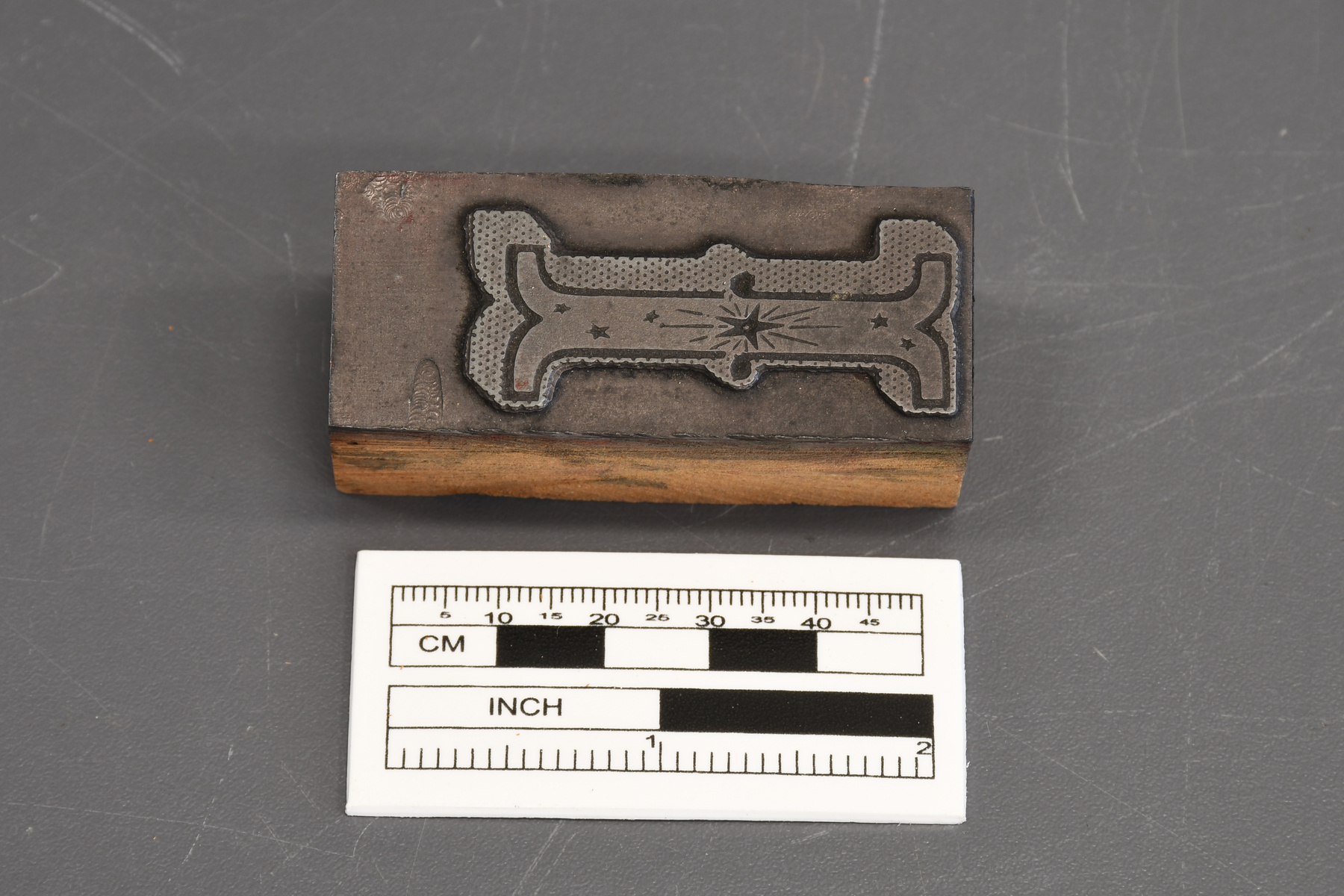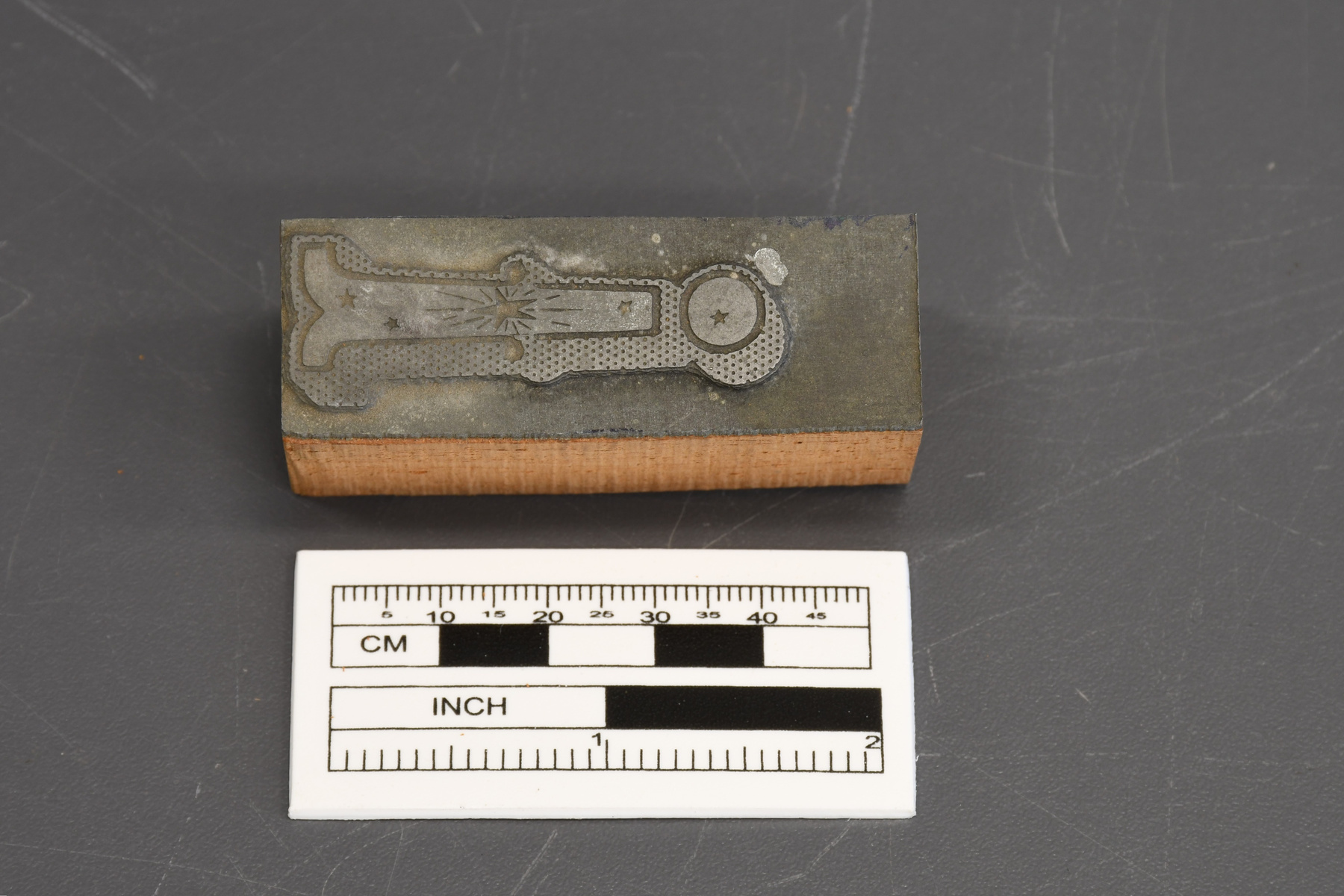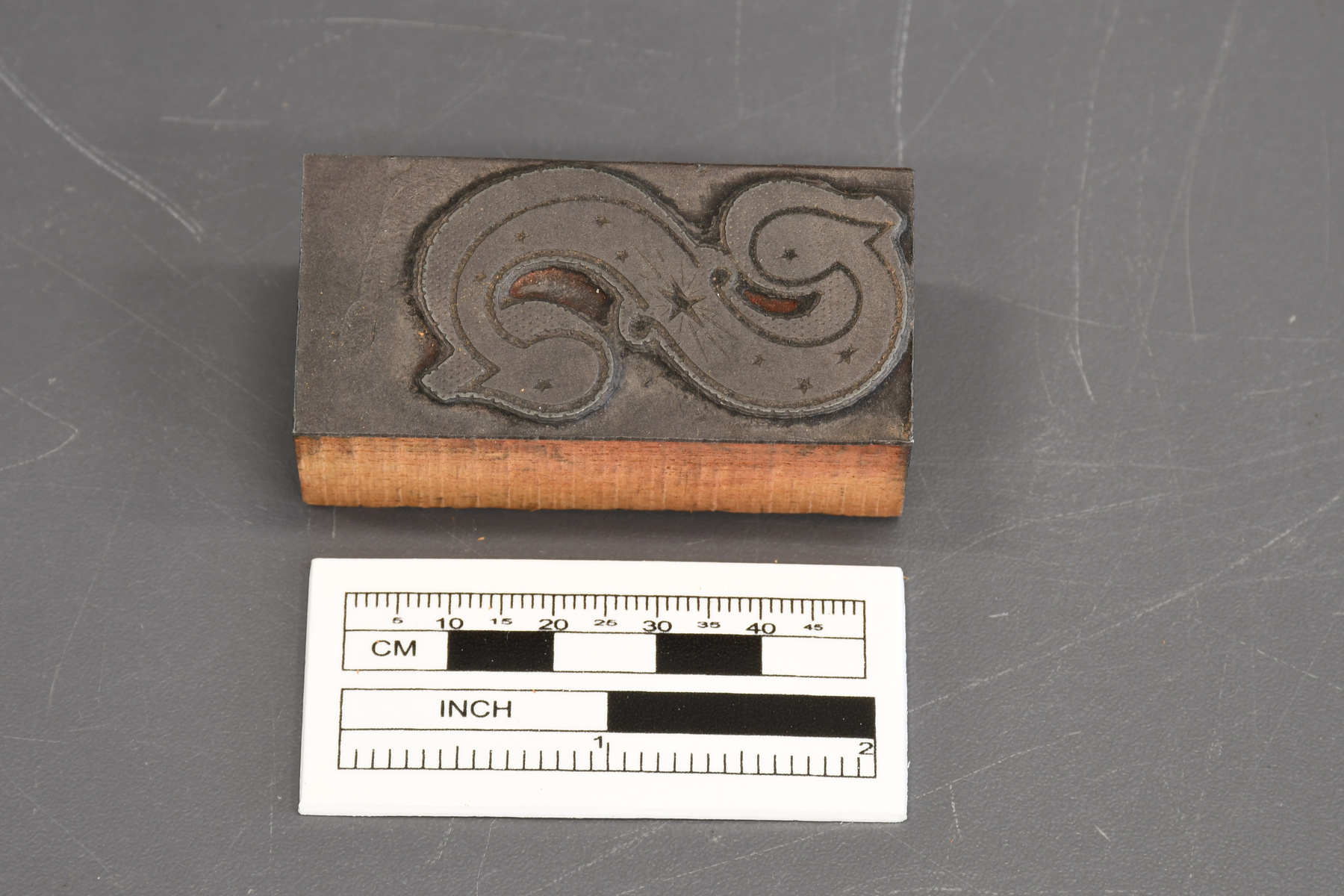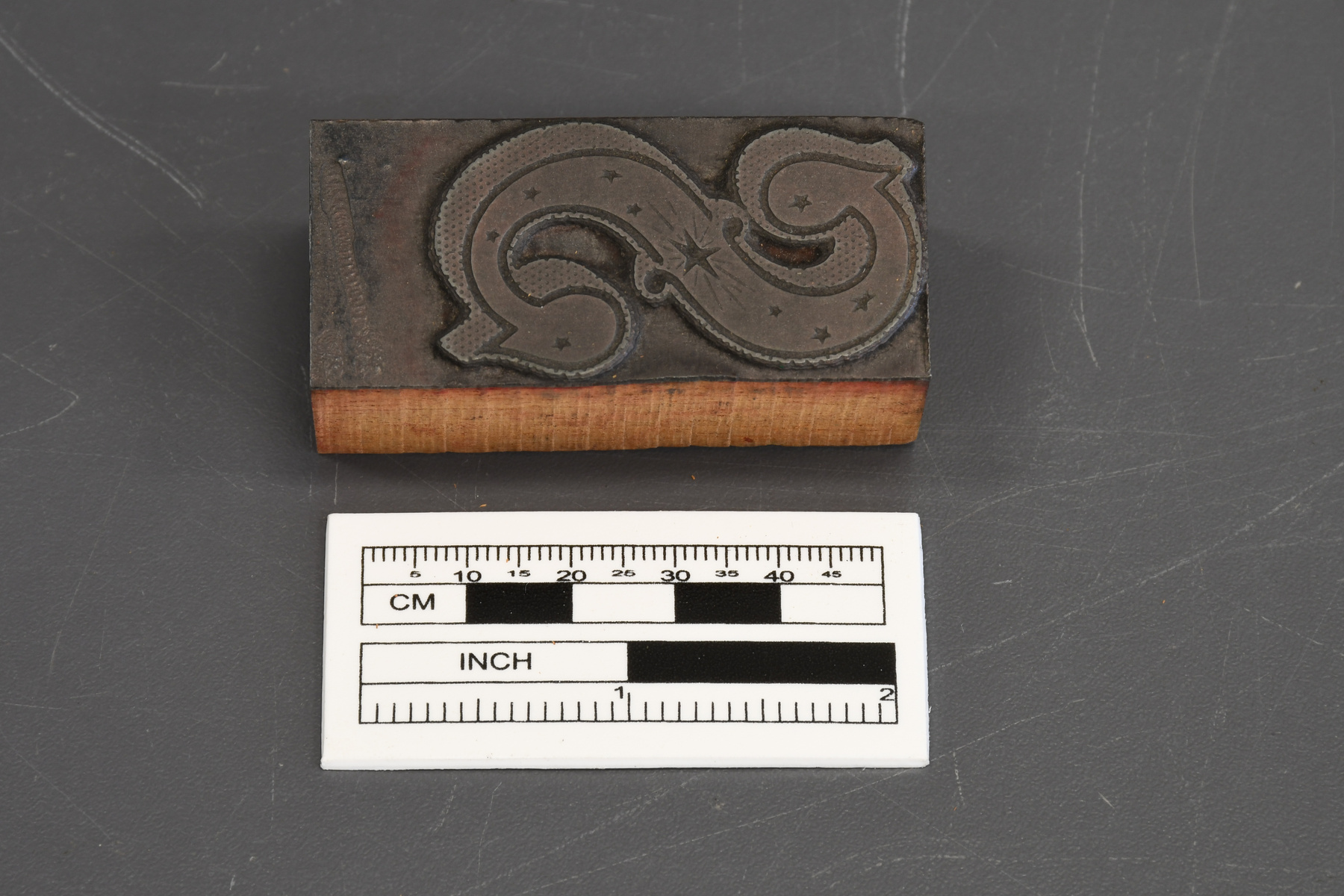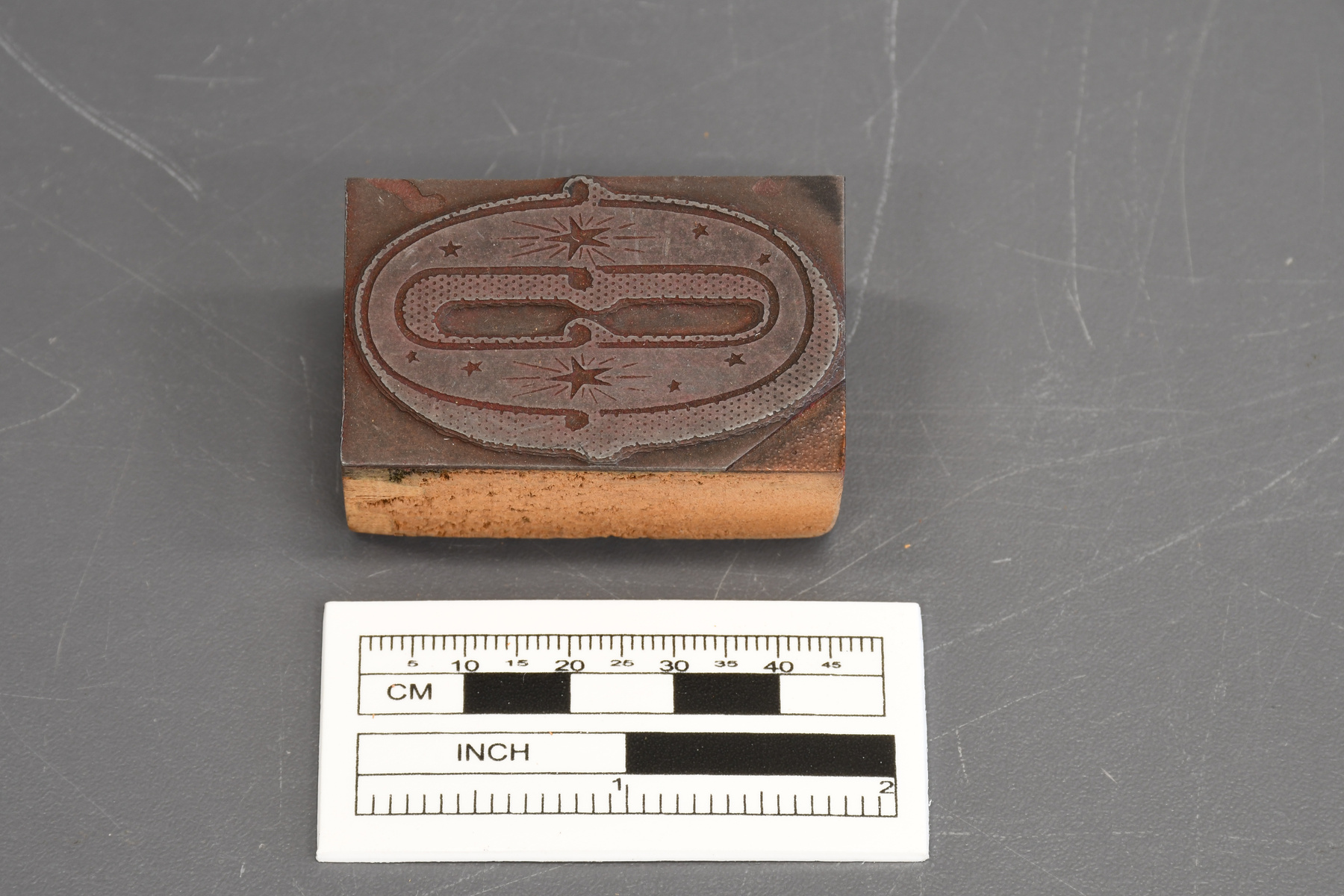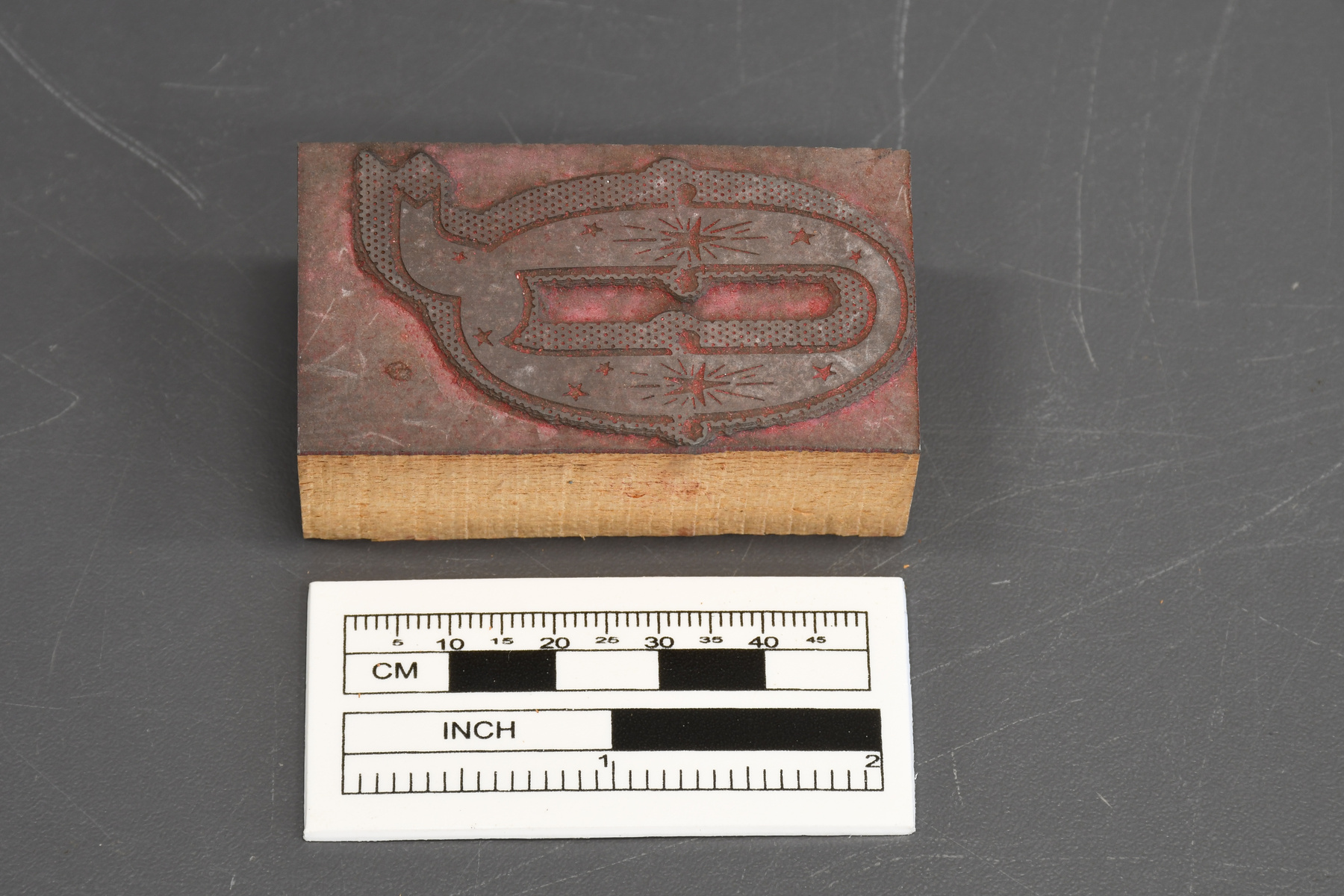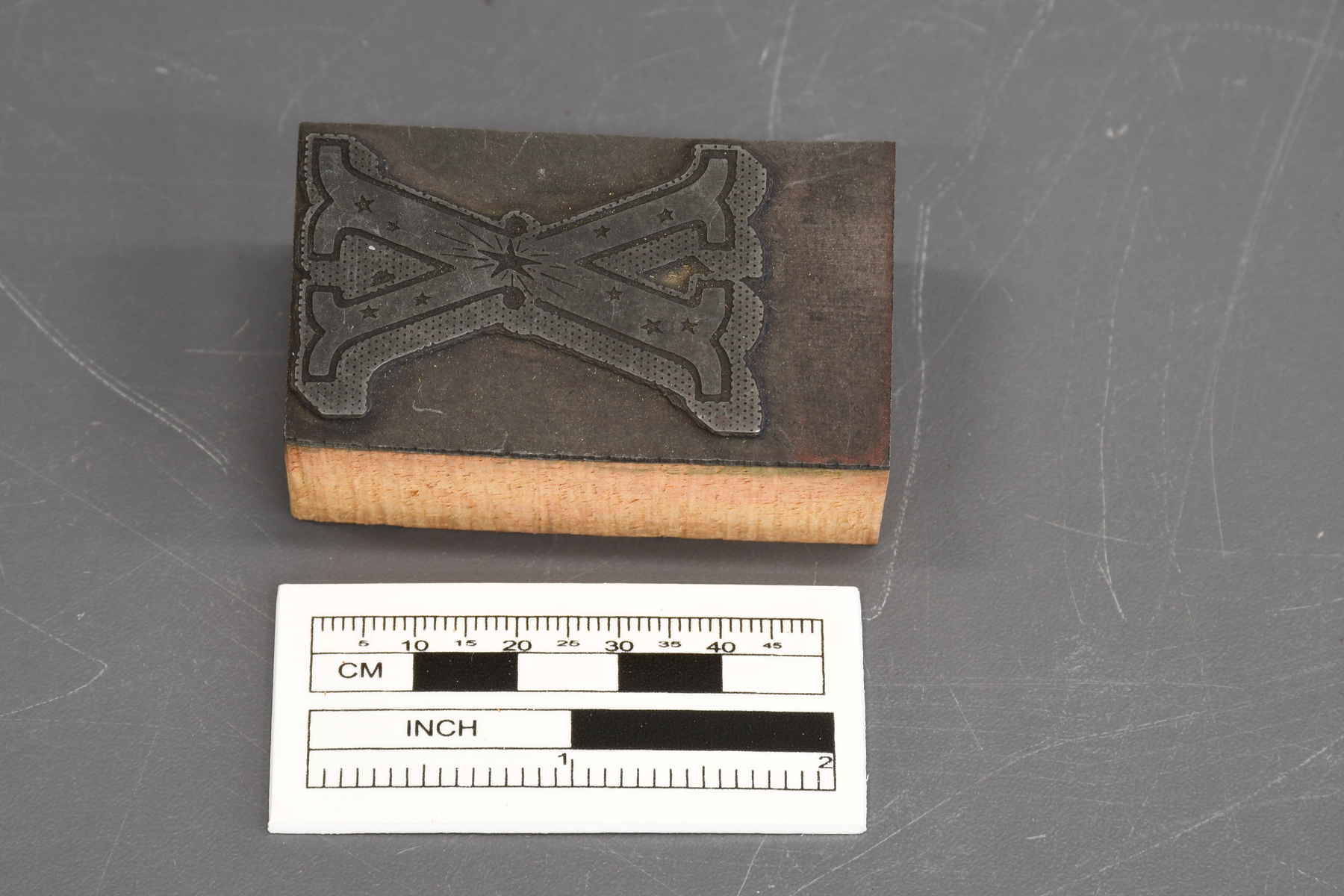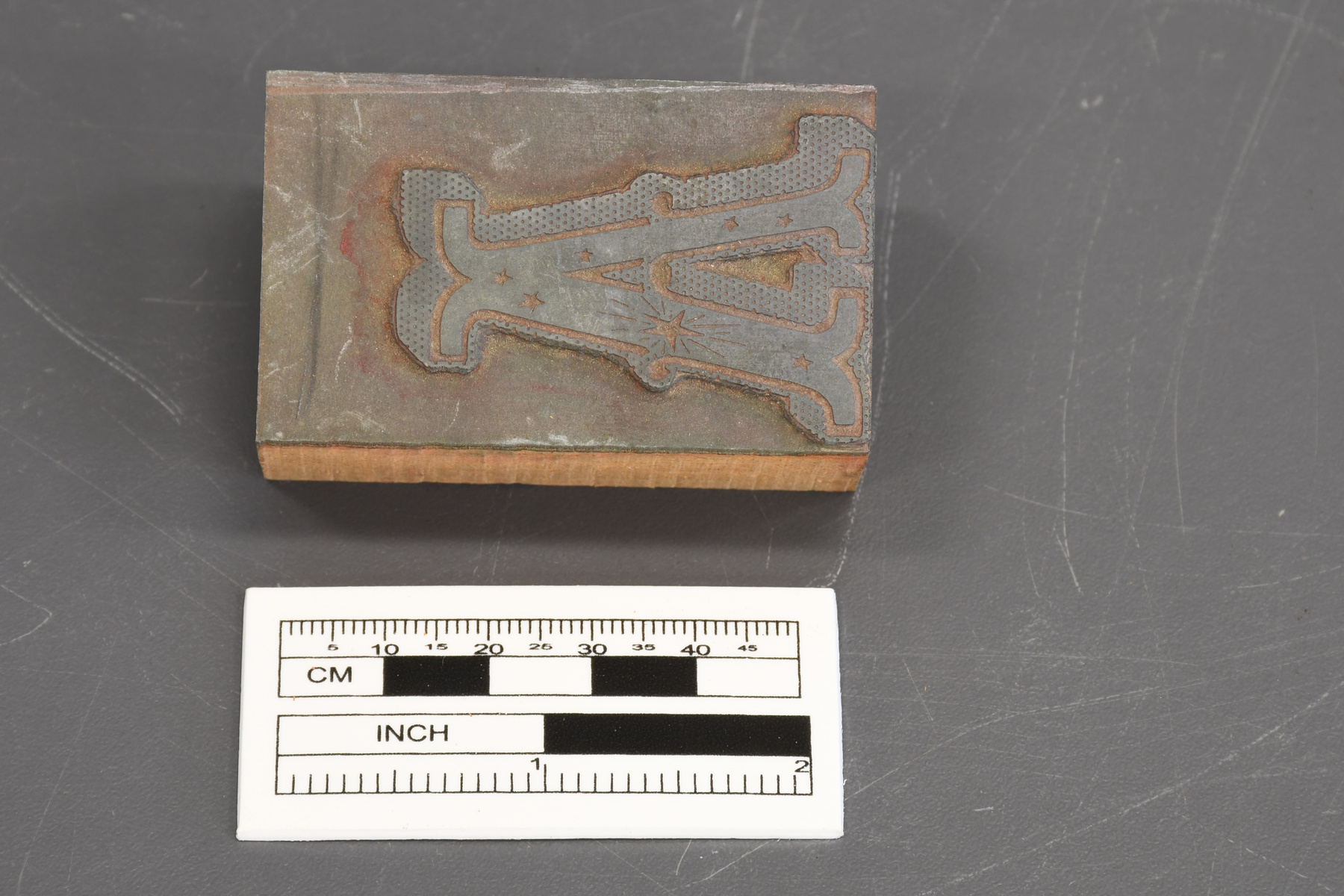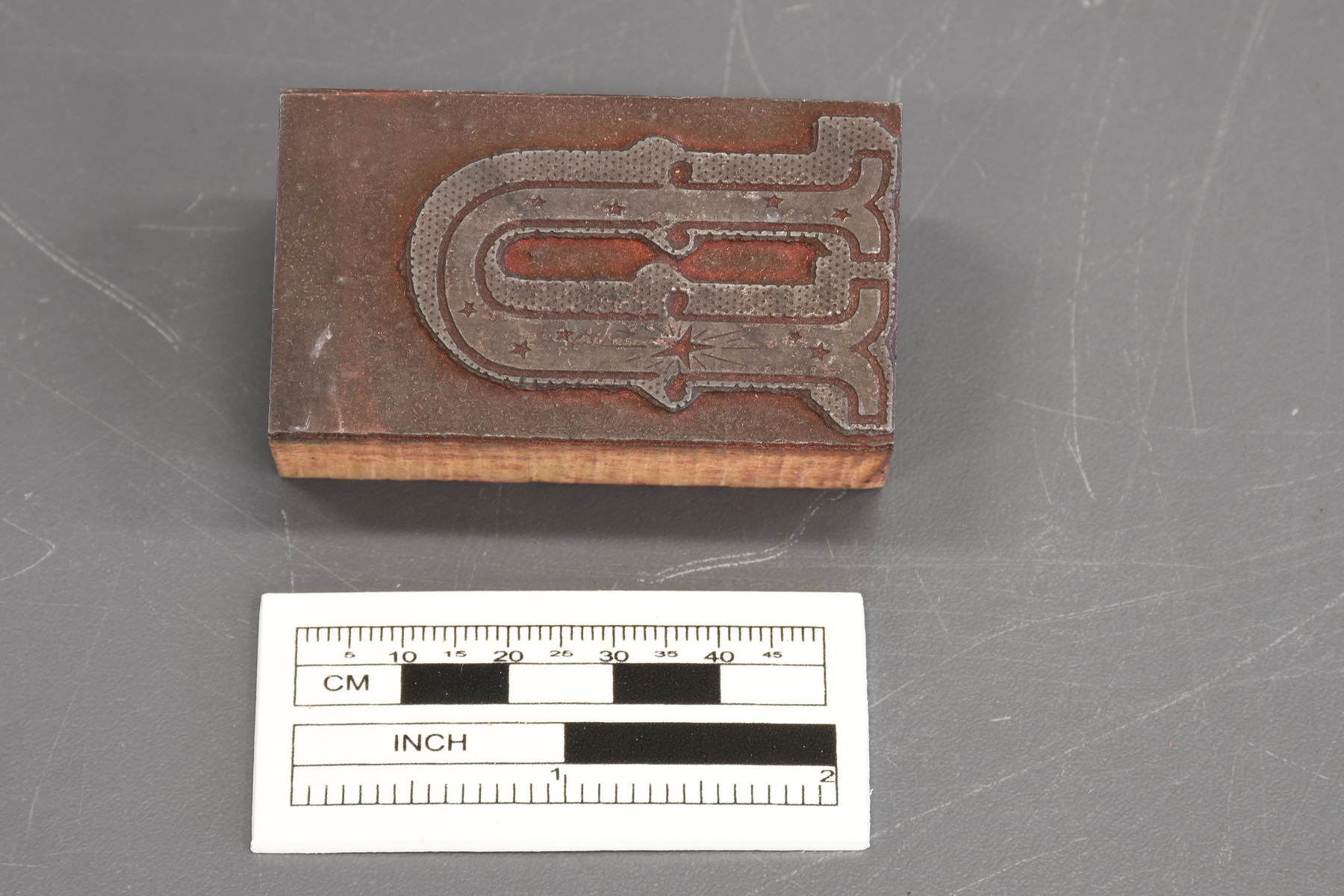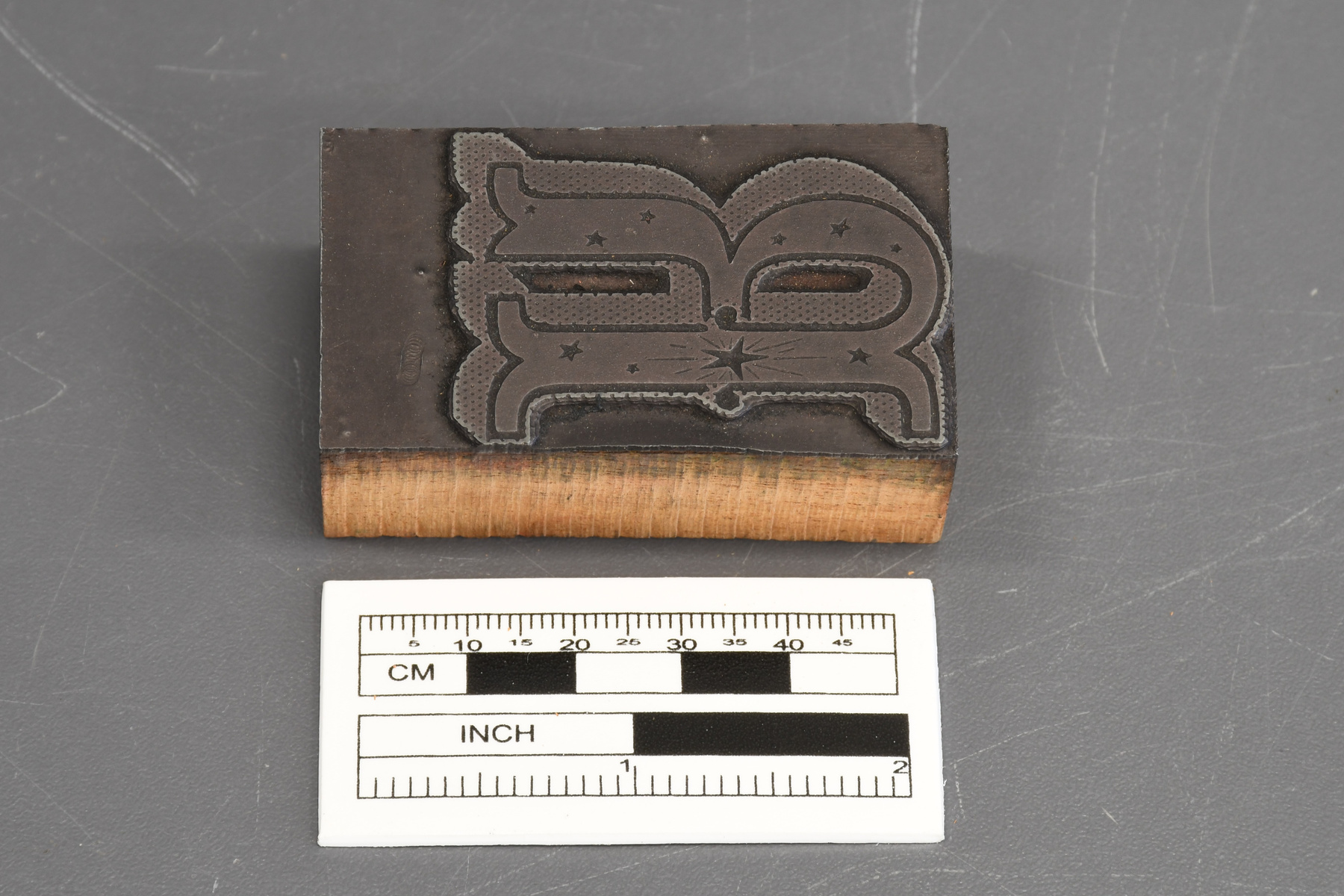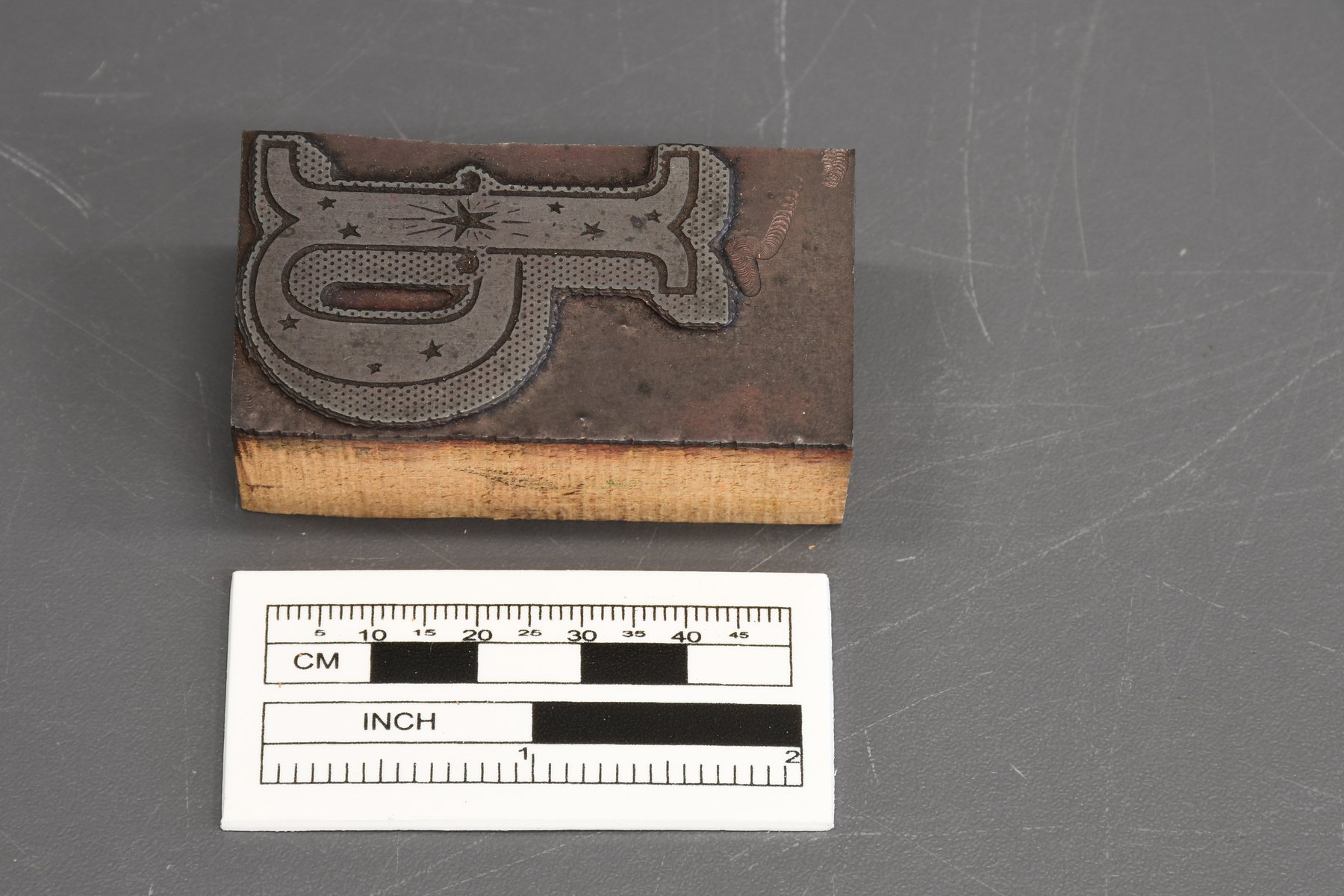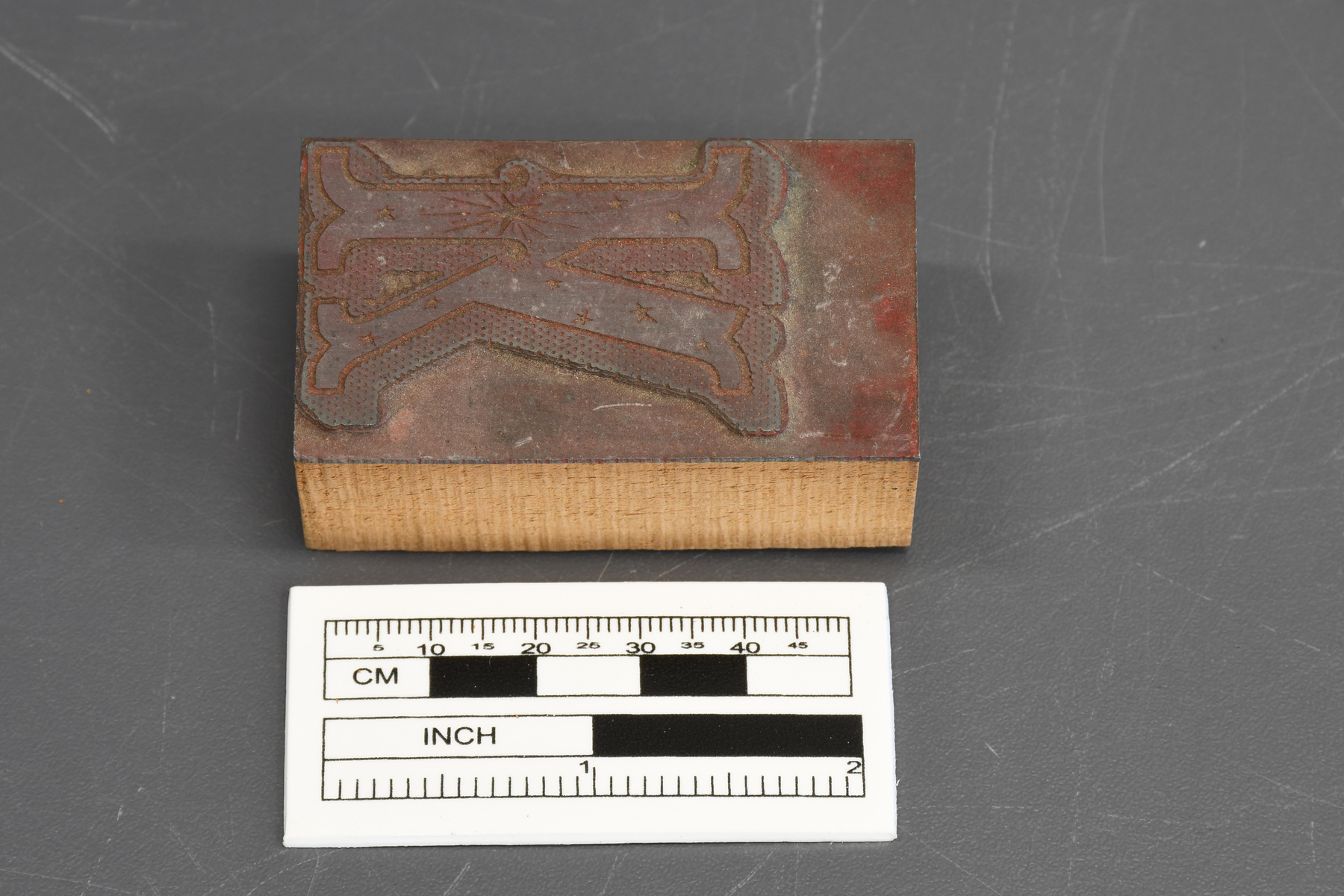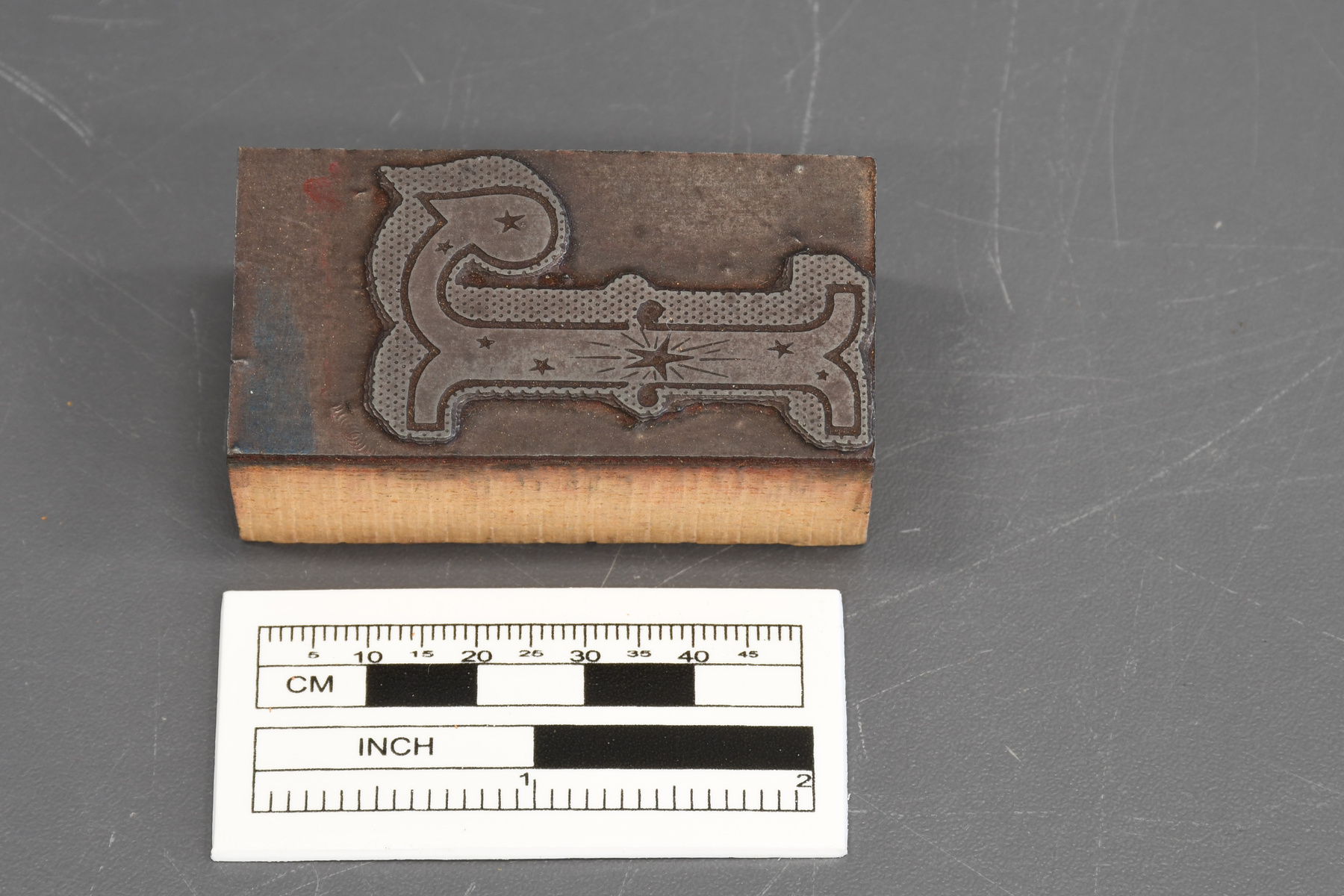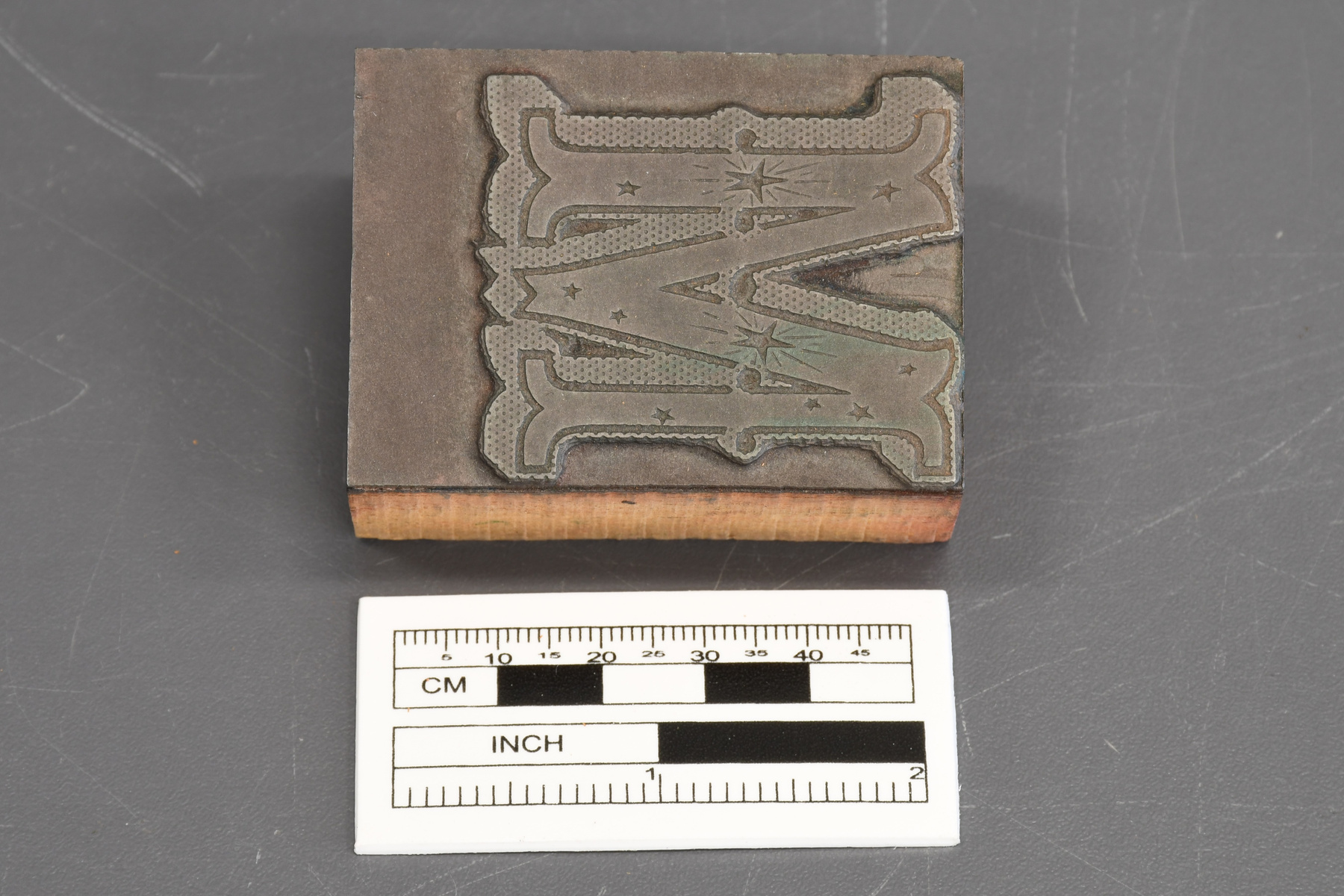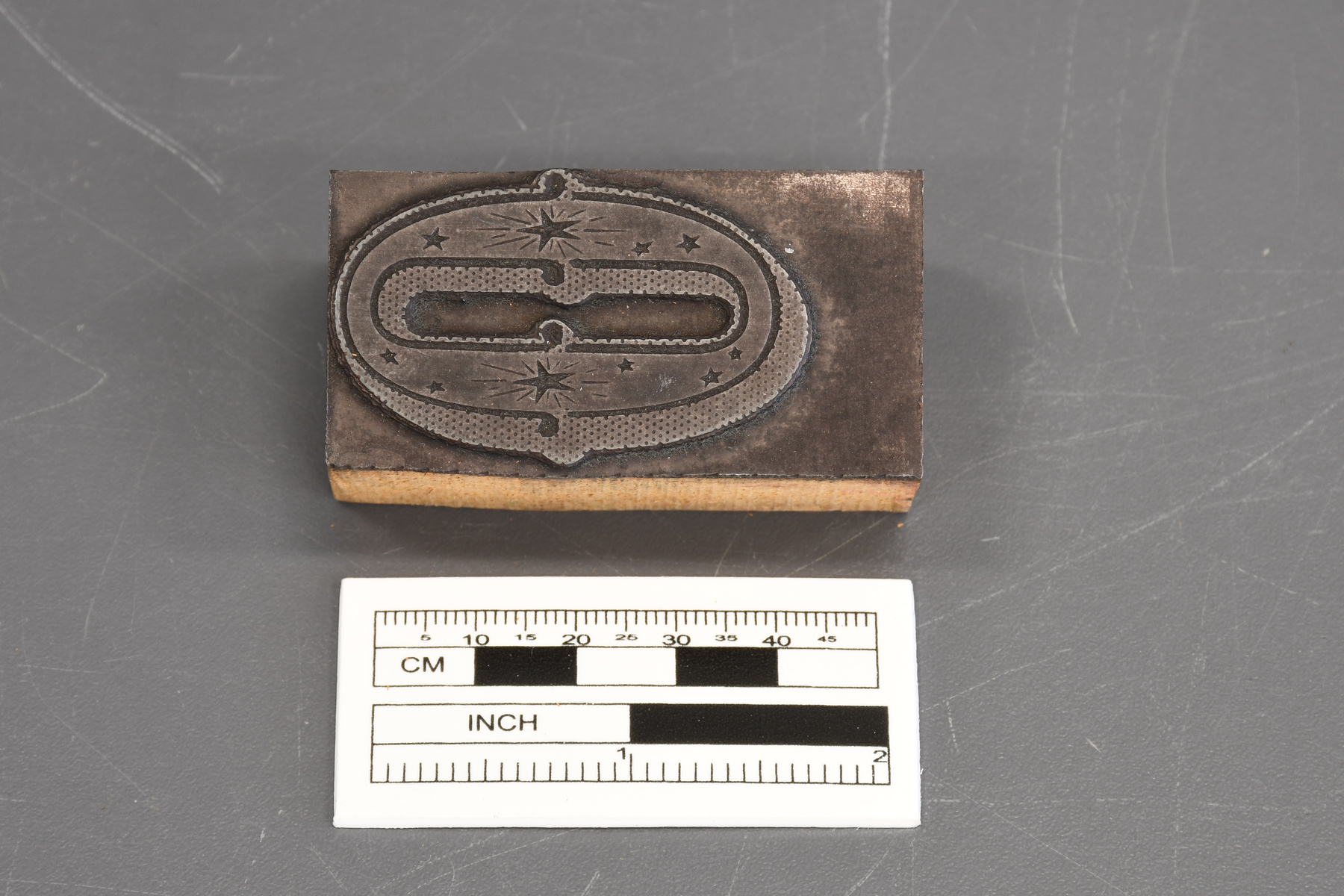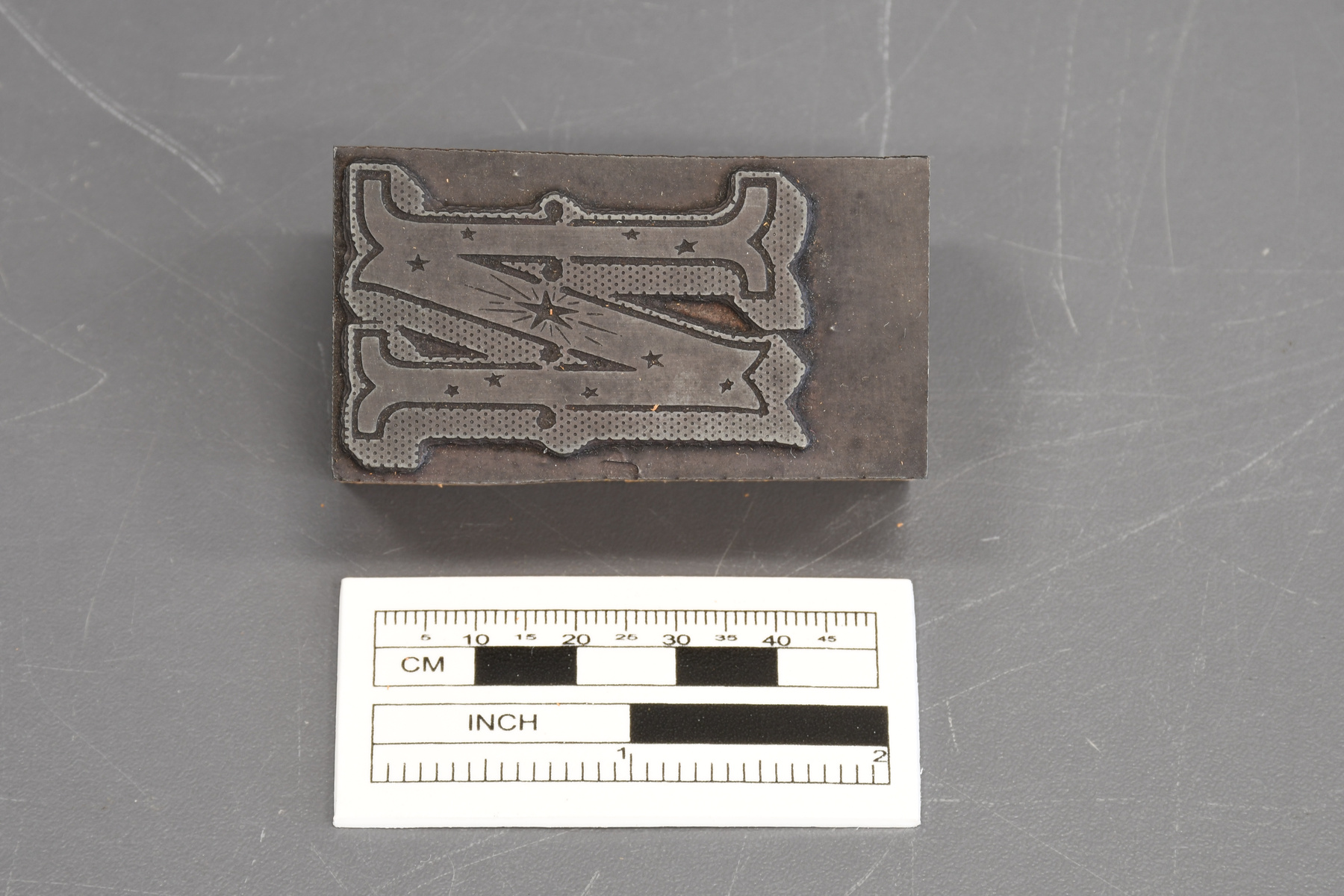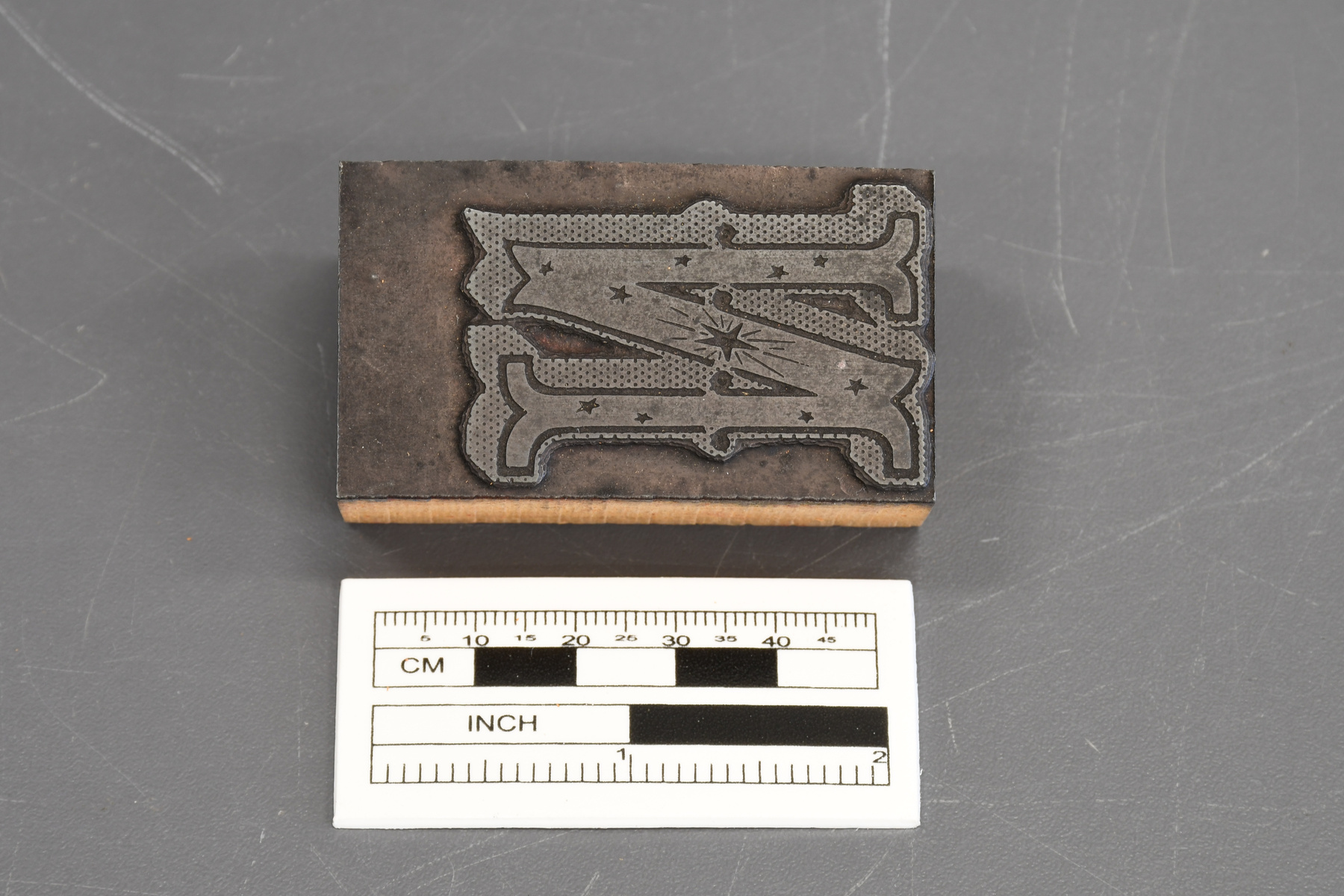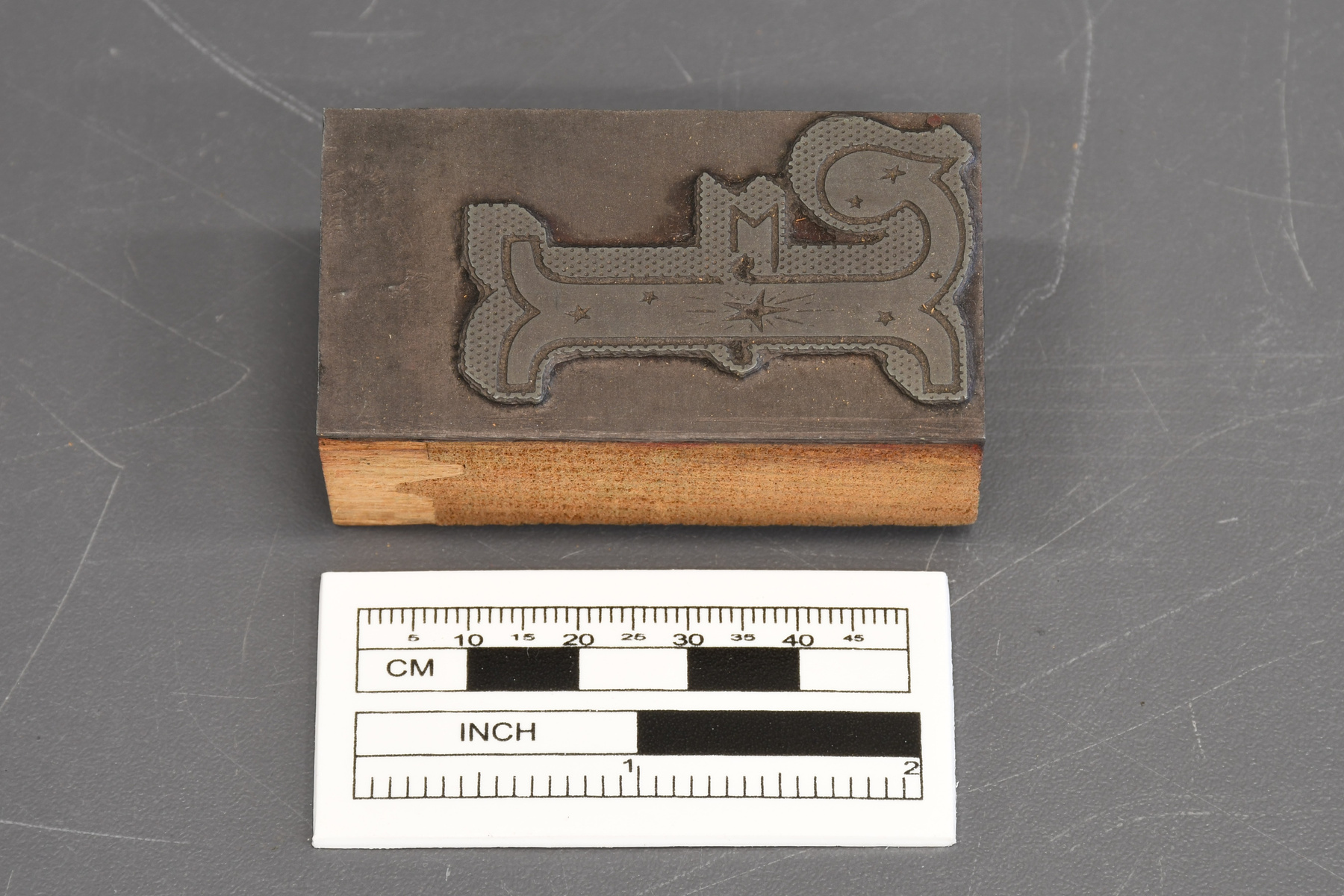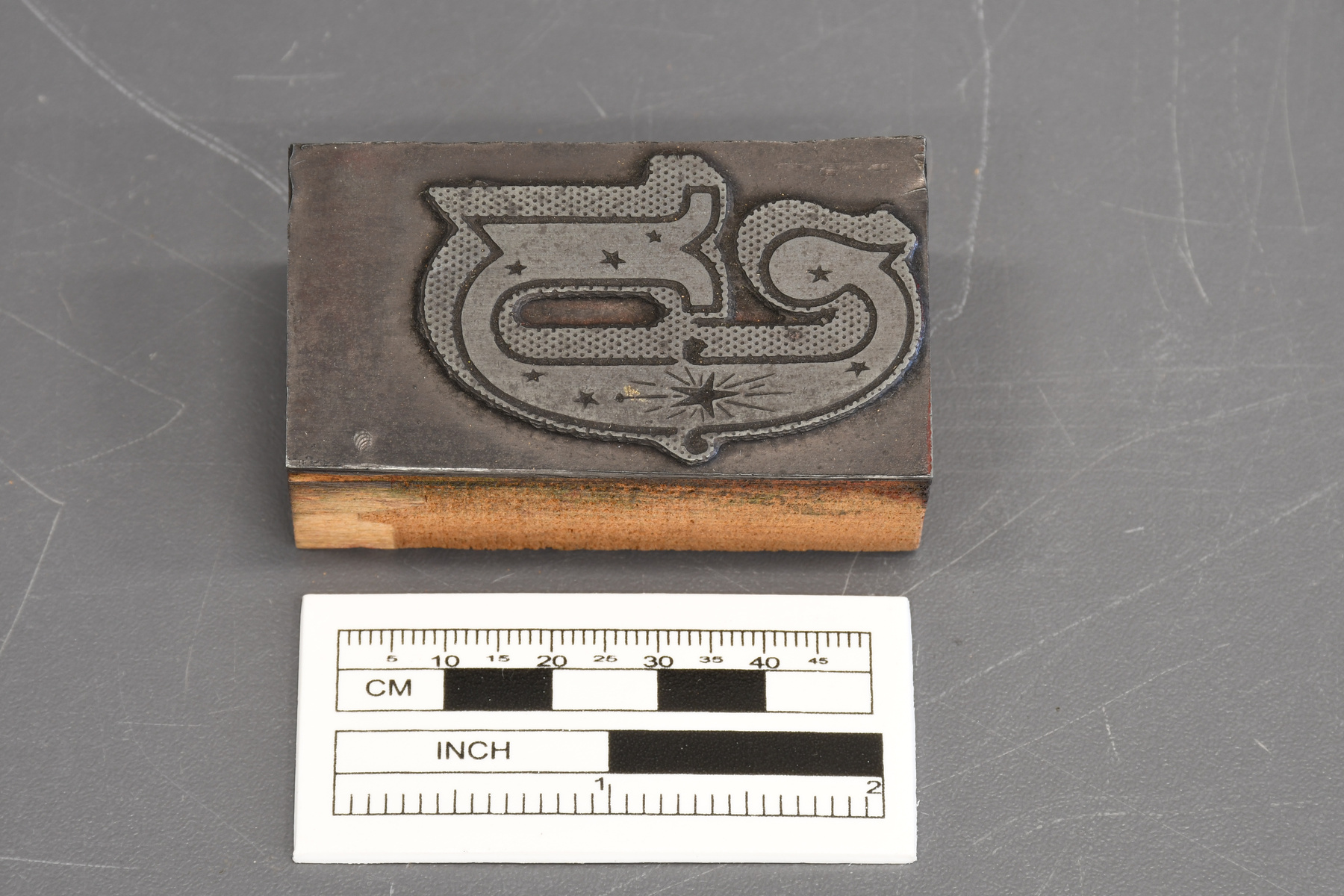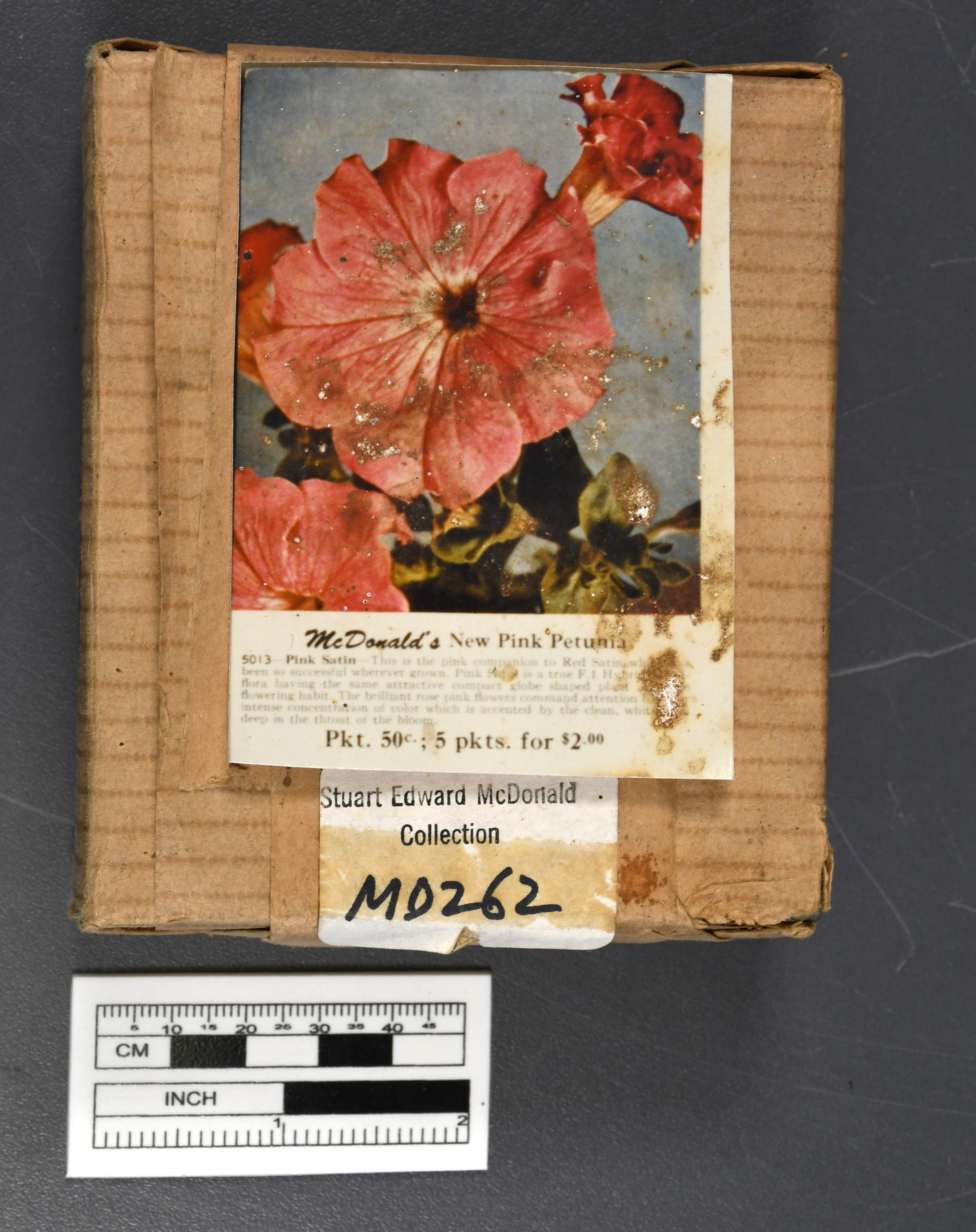Plate, printing
Use this image
Can I reuse this image without permission? Yes
Object images on the Ingenium Collection’s portal have the following Creative Commons license:
Copyright Ingenium / CC BY-NC-ND (Attribution-NonCommercial 4.0 International (CC BY-NC 4.0)
ATTRIBUTE THIS IMAGE
Ingenium,
2023.0035.001
Permalink:
Ingenium is releasing this image under the Creative Commons licensing framework, and encourages downloading and reuse for non-commercial purposes. Please acknowledge Ingenium and cite the artifact number.
DOWNLOAD IMAGEPURCHASE THIS IMAGE
This image is free for non-commercial use.
For commercial use, please consult our Reproduction Fees and contact us to purchase the image.
- OBJECT TYPE
- metal
- DATE
- 1958
- ARTIFACT NUMBER
- 2023.0035.001
- MANUFACTURER
- Unknown
- MODEL
- Pink Satin Petunia
- LOCATION
- Unknown
More Information
General Information
- Serial #
- N/A
- Part Number
- 1
- Total Parts
- 1
- AKA
- Mounted and unmounted four-colour letterpress plate
- Patents
- N/A
- General Description
- An object made of metal and paper elments/Un objet fait avec des éléments en métal et en papier.
Dimensions
Note: These reflect the general size for storage and are not necessarily representative of the object's true dimensions.
- Length
- 11.0 cm
- Width
- 9.5 cm
- Height
- 3.9 cm
- Thickness
- N/A
- Weight
- N/A
- Diameter
- N/A
- Volume
- N/A
Lexicon
- Group
- Photography
- Category
- Still processing
- Sub-Category
- N/A
Manufacturer
- AKA
- Unknown
- Country
- Unknown
- State/Province
- Unknown
- City
- Unknown
Context
- Country
- Unknown
- State/Province
- Unknown
- Period
- 1958
- Canada
-
Printing plates were used to produce catalogues, which are an important source of historical information related to horticulture and mail-order marketing of products in Canada. Horticultural companies began producing mail-order catalogues in the mid-19th century and continue to print and distribute them as they remain an important mode of communication and sales even with the advent of online sales. Four-colour printing was critical to catalogue printing as it enabled the production of attractive catalogues and seed packets that accurately depicted the vibrant colours of products. According to a hand-written letter by Ted McDonald, the company “bought or rented” plates from a company called McFarland, based in Chicago. In the same letter, McDonald identified the Runge Press in Ottawa and the Gazette Printing Co. in Montreal as their main contractors for print runs of up to 65,000 copies. Les plaques d'imprimeries étaient utilisées pour créer des images pour les catalogues de ventes par correspondances. Ils sont une source d'information historique canadienne primordiale sur l'horticulture et les ventes par correspondances. Les compagnies horticoles ont commencé à produire leurs catalogues de ventes par correspondances au milieu du 19e siècle et continue d'imprimer et distribuer des catalogues aujourd'hui. Les catalogues maintiennent leur valeur comme mode de communication ainsi qu'une nécessité pour produire des ventes malgré l'augmentation des ventes en ligne. L'impression en quadrichromie étais essentielle pour imprimer des catalogues et des sachets de semences, car il permettait la production d'images attirantes en couleurs vibrante pour la mise en valeur de leurs produits. Selon une lettre écrite par Ted McDonald leur compagnie a “acheté ou louer” les plaques d'une compagnie sous le nom McFarland qui sont situés à Chicago. La lettre à aussi identifier Runge Press à Ottawa ainsi qu'une compagnie Montréalaise qui est nommée le Gazette Printing Co. comme les entreprises principales pour plus de 65,000 copies de catalogues par correspondances. - Function
-
Commercial printers used these plates to reproduce colour images of plants and flowers in seed catalogues produced for Kenneth McDonald & Sons, Ltd. This plate was specifically used to print inside the upper left corner of the front cover in the 1958 catalogue. Les imprimeurs commerciaux utilisent les plaques d'imprimeries comme cela pour reproduire des images en couleur pour démontrer des plantes et des fleurs pour la compagnie Kenneth McDonald et Fils Limité. Ils utilisaient ces plaques pour les images dans leurs catalogues de ventes par correspondance pour leurs semences. Celui-ci était spécifiquement utilisé pour imprimer le coin du haut du côté droit à l'intérieur de la page de couverture pour l’année 1958. - Technical
-
These plates were used in four-colour letterpress printing. Each plate prints one of the four-colours required for full-colour reproduction: cyan (blue); magenta; yellow; and black. These plates are mounted on type-high wooden blocks, indicating they would been used on a flat-bed press. These plates represent what was once a standard printing process for long-run commercial printing, including catalogues. Colour off-set lithography and rotogravure have largely replaced colour letterpress printing. Ces plaques d'imprimeries sont utilisées pour l'impression en quadrichromie. Chaque plaque imprime un des quatre couleurs requis pour une production en couleur complète : cyan (bleu) ; magenta ; jaune ; et noir. Les plaques sont montées sur des blocs de bois à hauteur du caractère et indique qu'ils auraient été utilisés sur une presse à plat. Ces plaques d'impression représentent ce qui était une fois le standard du processus d'imprimerie commerciale, tout incluant les catalogues de ventes par correspondances. L'imprimerie à épreuve offset en couleur pour les procédés lithographie et la rotogravure ont grandement remplacé la typographie en couleur. - Area Notes
-
Unknown
Details
- Markings
- The image on the front of the plates reads/Sur l'image sur le devant des plaques:"McDonald's New Pink Petunia/5013 Pink Satin-This is the pink companion to the red satin which__/been so successful wherever grown. Pink Petunia is a true F.1 Hybrid__/flora, having the same attractive compact globe shaped plant and/flowering habitat. The brialliant rose pink flowers command attention by __/intense concentration of color which is accented by the clean white__/deep in the throat of the bloom./Pkt. 50c.; 5 pkts. for $2.00", On the sticker below the image/Sur l'autocollant en bas de l'image:"THE/STUART EDWARD McDonald/COLLECTION/MD262", On the back of the artifact/Sur le dos de l'artefact:"1958/Petunia/Pink Satin/1958-inside/front cover".
- Missing
- Appears complete/L'objet a toutes les pièces
- Finish
- Unmounted and mounted four-colour letterpress plates that are rectangular and made of metal. The plates are wrapped in brown paper. A colour image of pink petunia flowers is visible in the middle of the plates. Below the image is black printed writing. Under the writing is a white sticker with the same colour lettering on it. The back of the artifact also has some writing in blue and black ink. Des plaques d'imprimerie quadrichromie qui sont faits en métal qui sont rectangulaires. Les plaques sont pour un cliché monté et non monté. Les plaques sont recouvertes avec du papier brun. Une image en couleur est située au milieu des plaques sur le papier brun et il démontre des pétunias roses. En bas de l'image il y a de l'information sur les fleurs en lettrage noir. En dessous du lettrage il y a un autocollant blanc avec un lettrage de la même couleur. Le dos de l'artefact a aussi de l'écriture en encre bleue et noire.
- Decoration
- N/A
CITE THIS OBJECT
If you choose to share our information about this collection object, please cite:
Unknown Manufacturer, Plate, printing, circa 1958, Artifact no. 2023.0035, Ingenium – Canada’s Museums of Science and Innovation, http://collection.ingeniumcanada.org/en/id/2023.0035.001/
FEEDBACK
Submit a question or comment about this artifact.
More Like This
